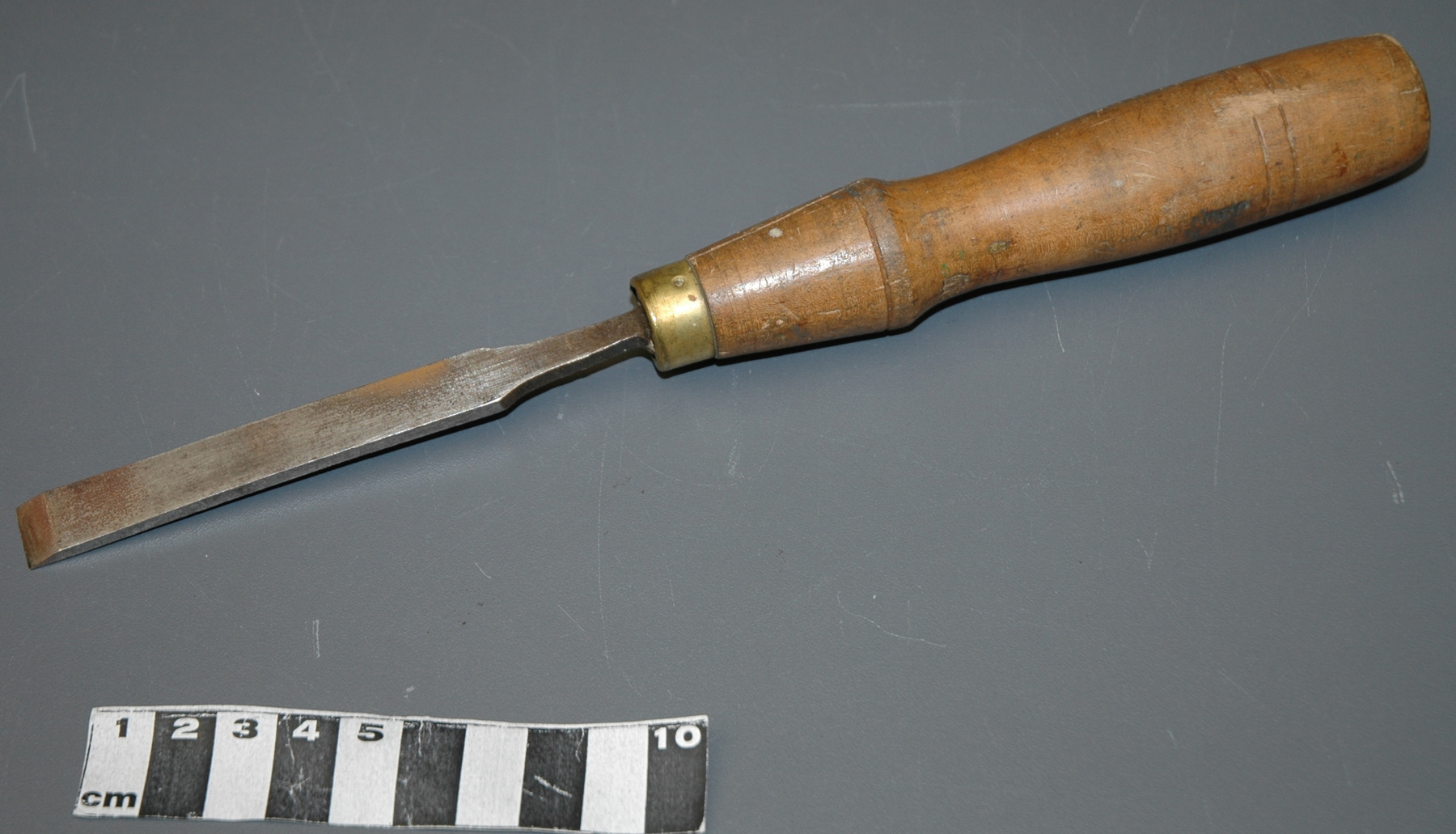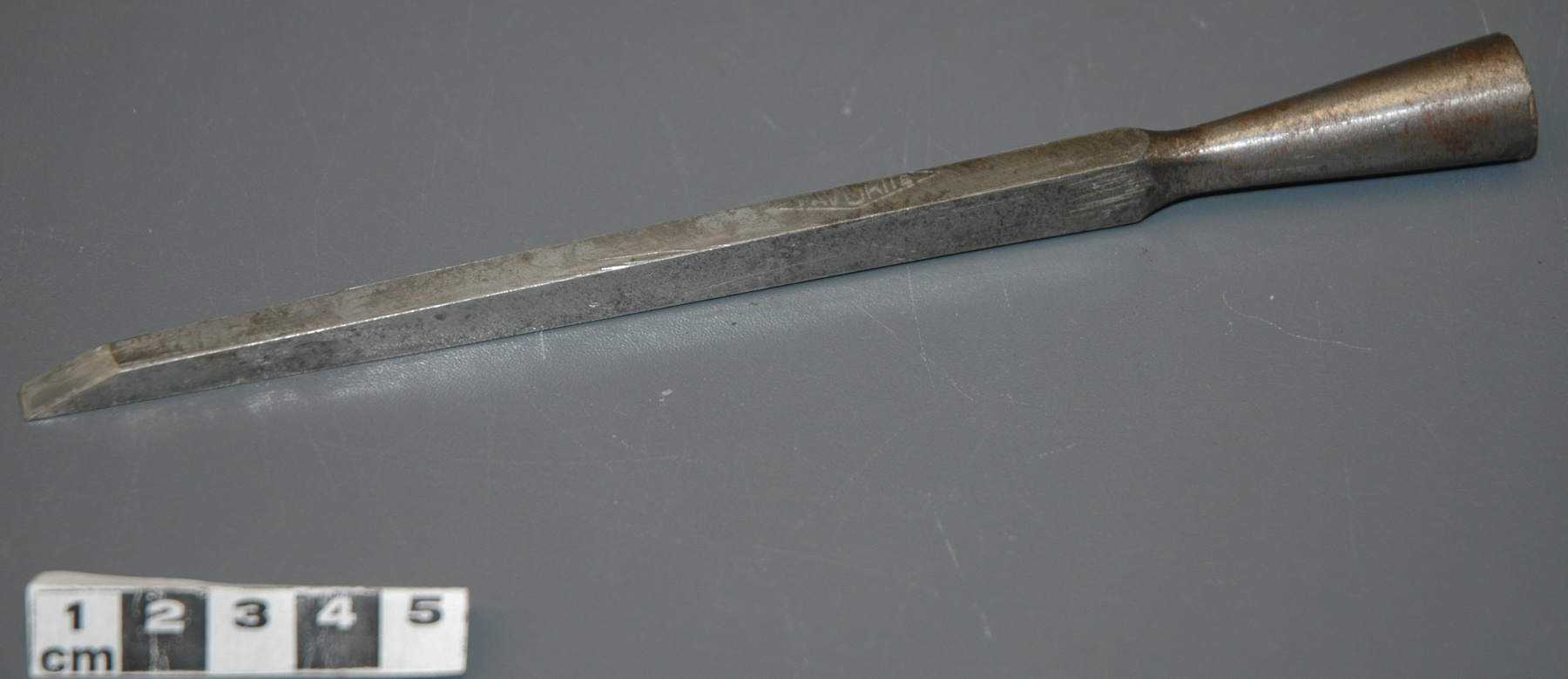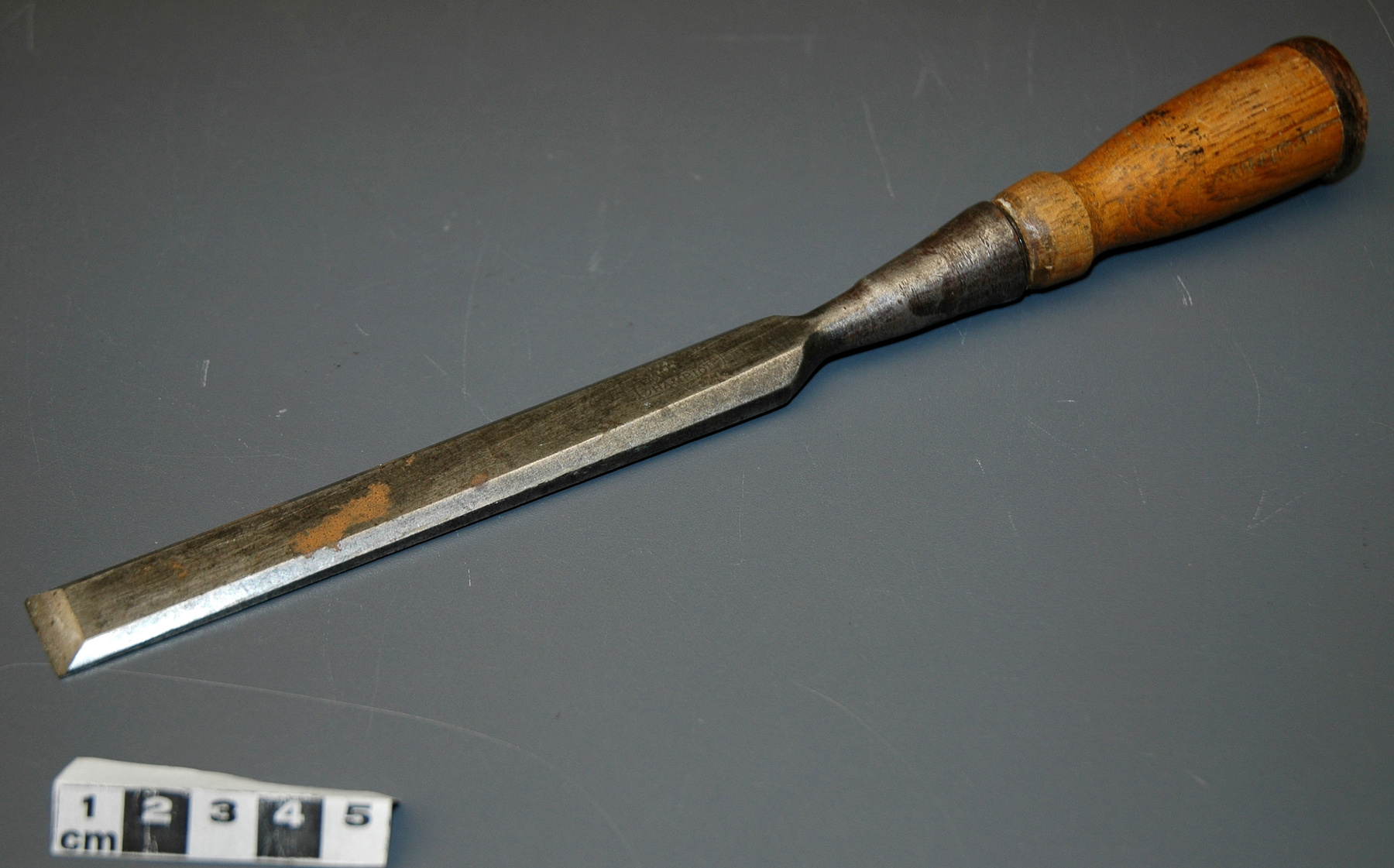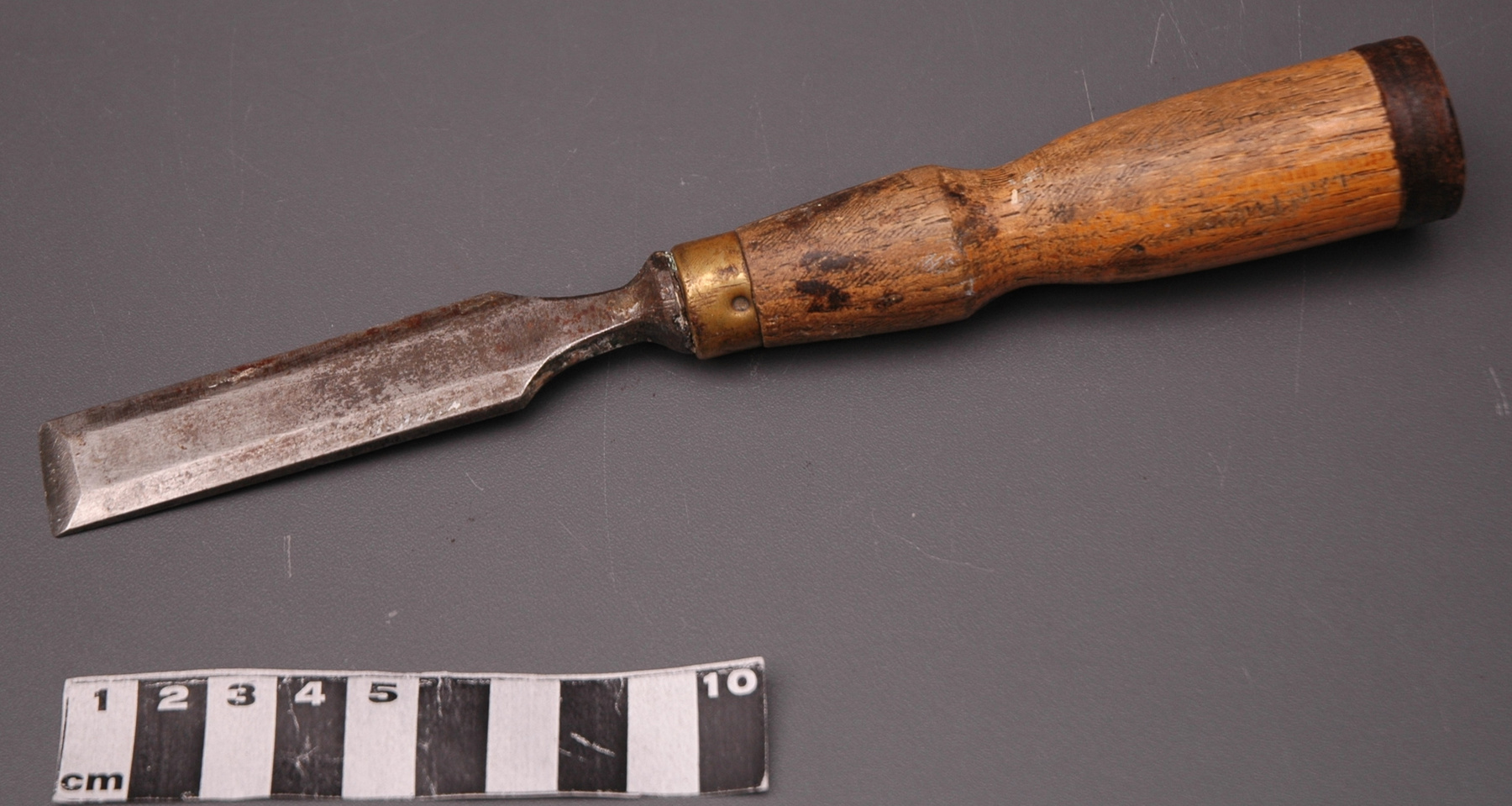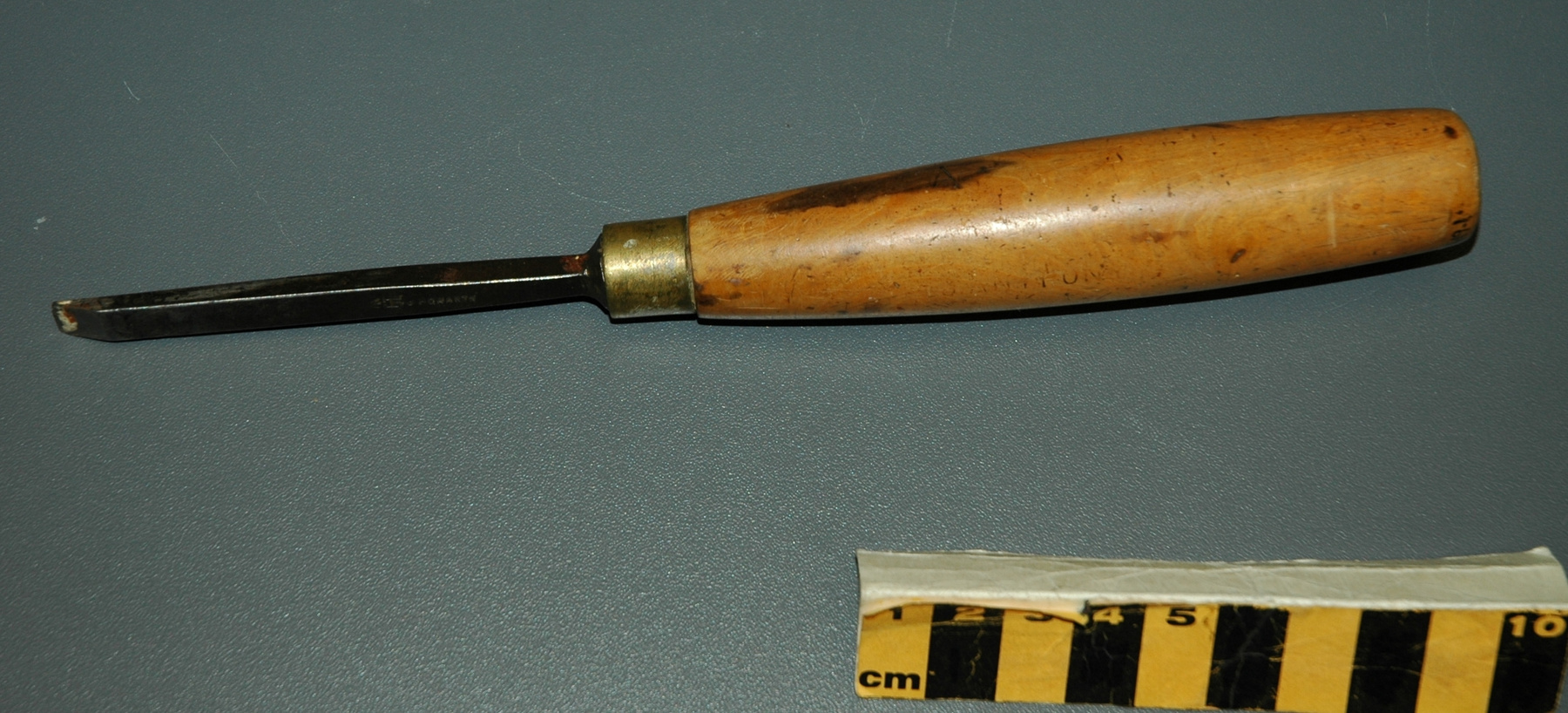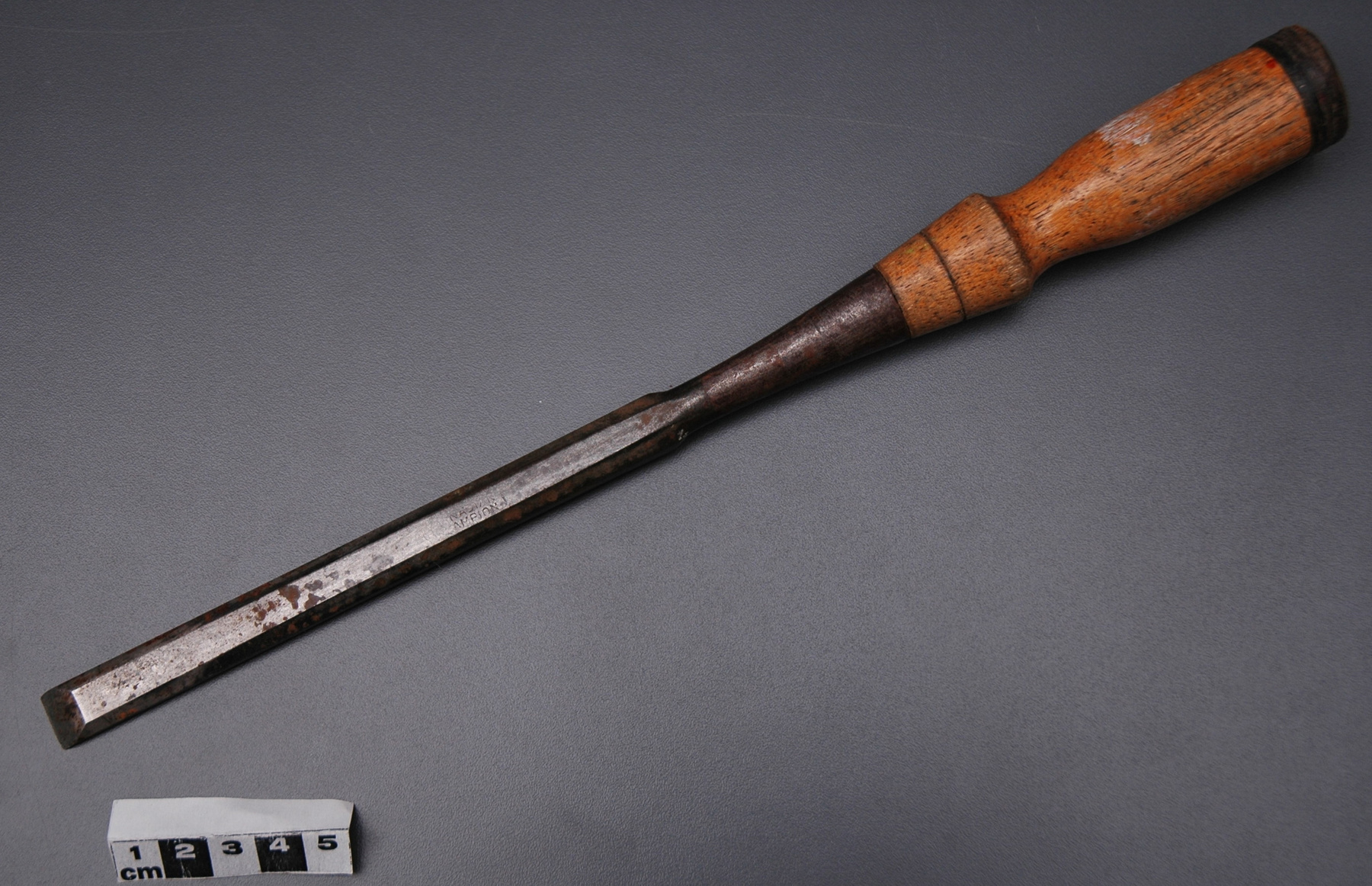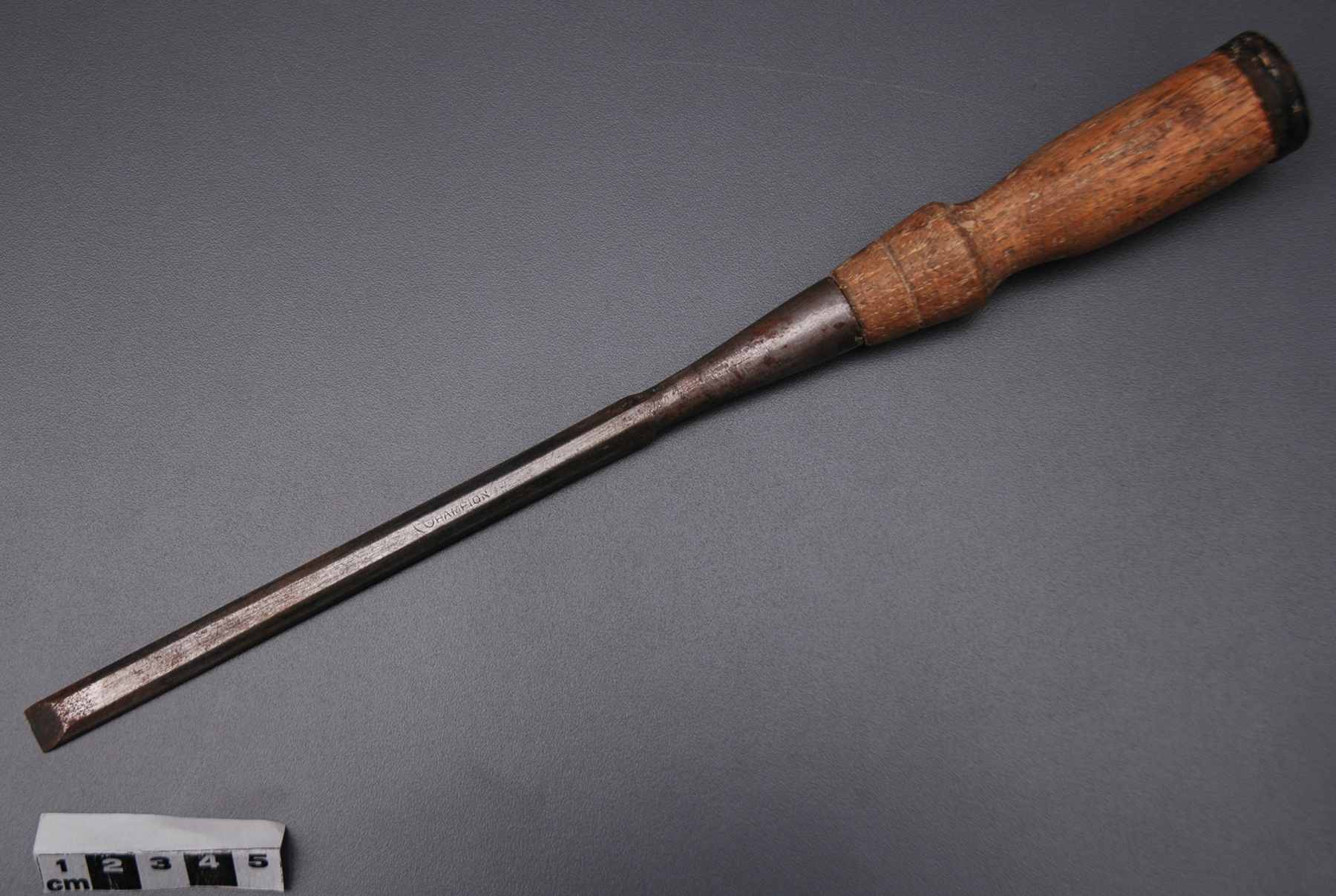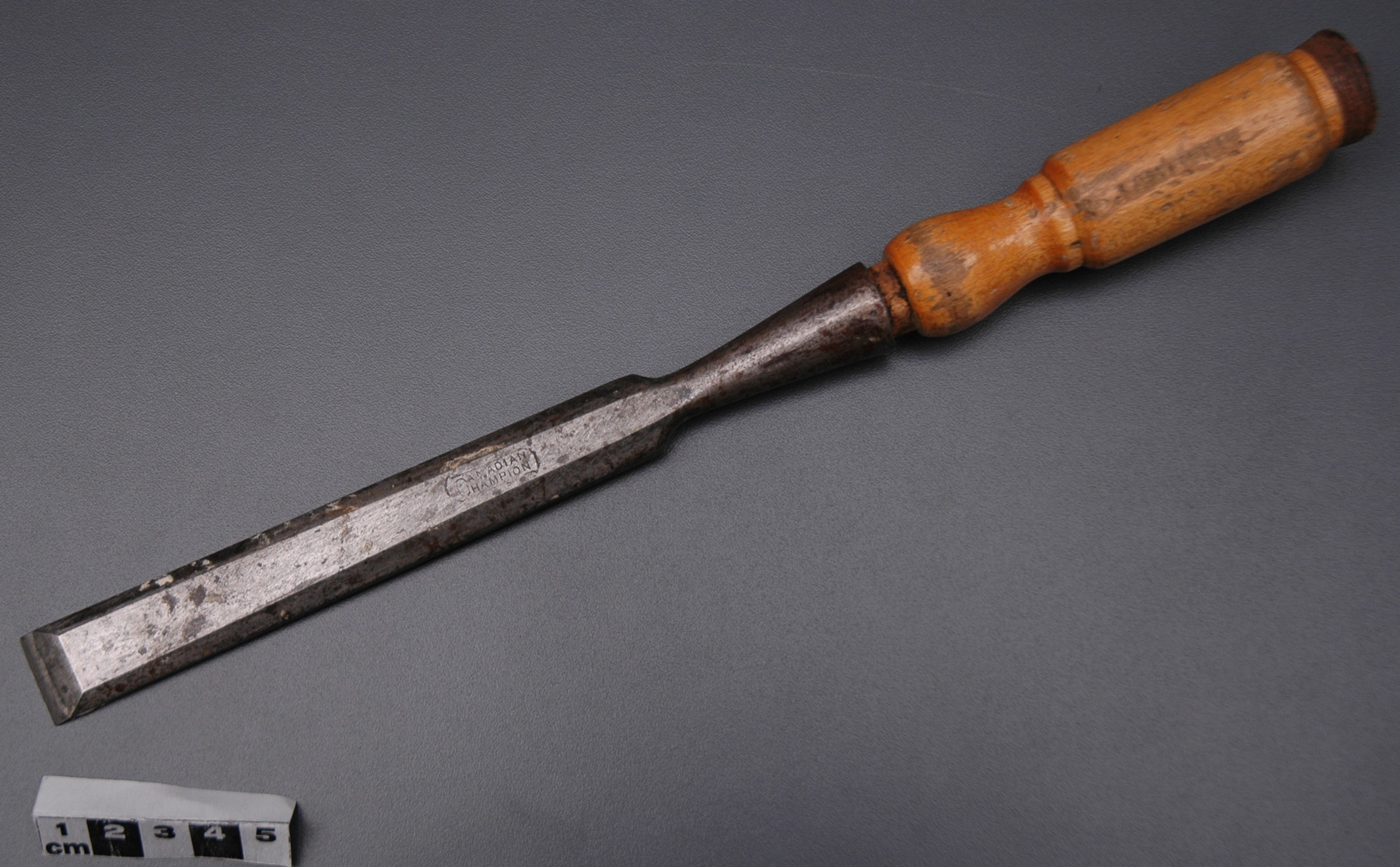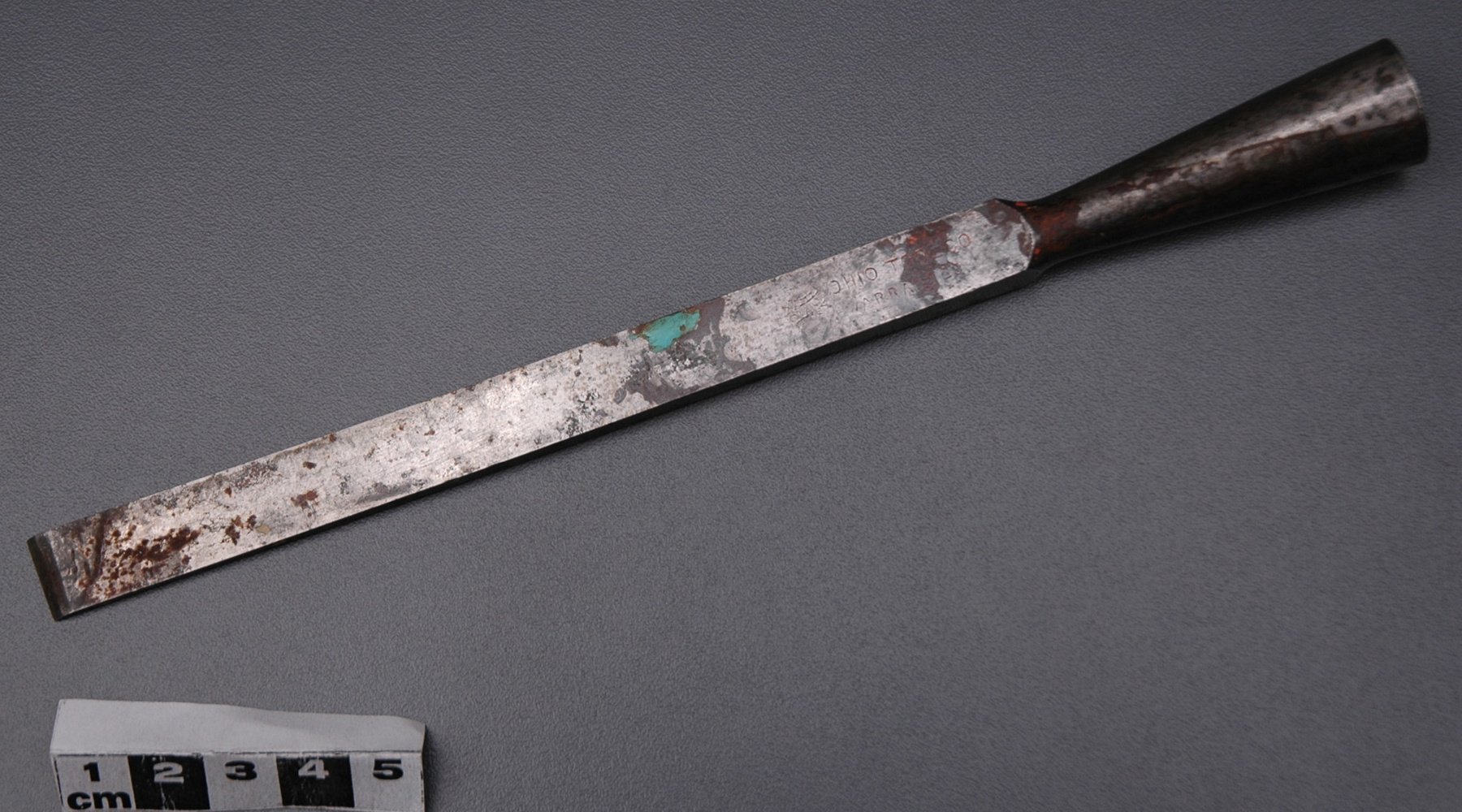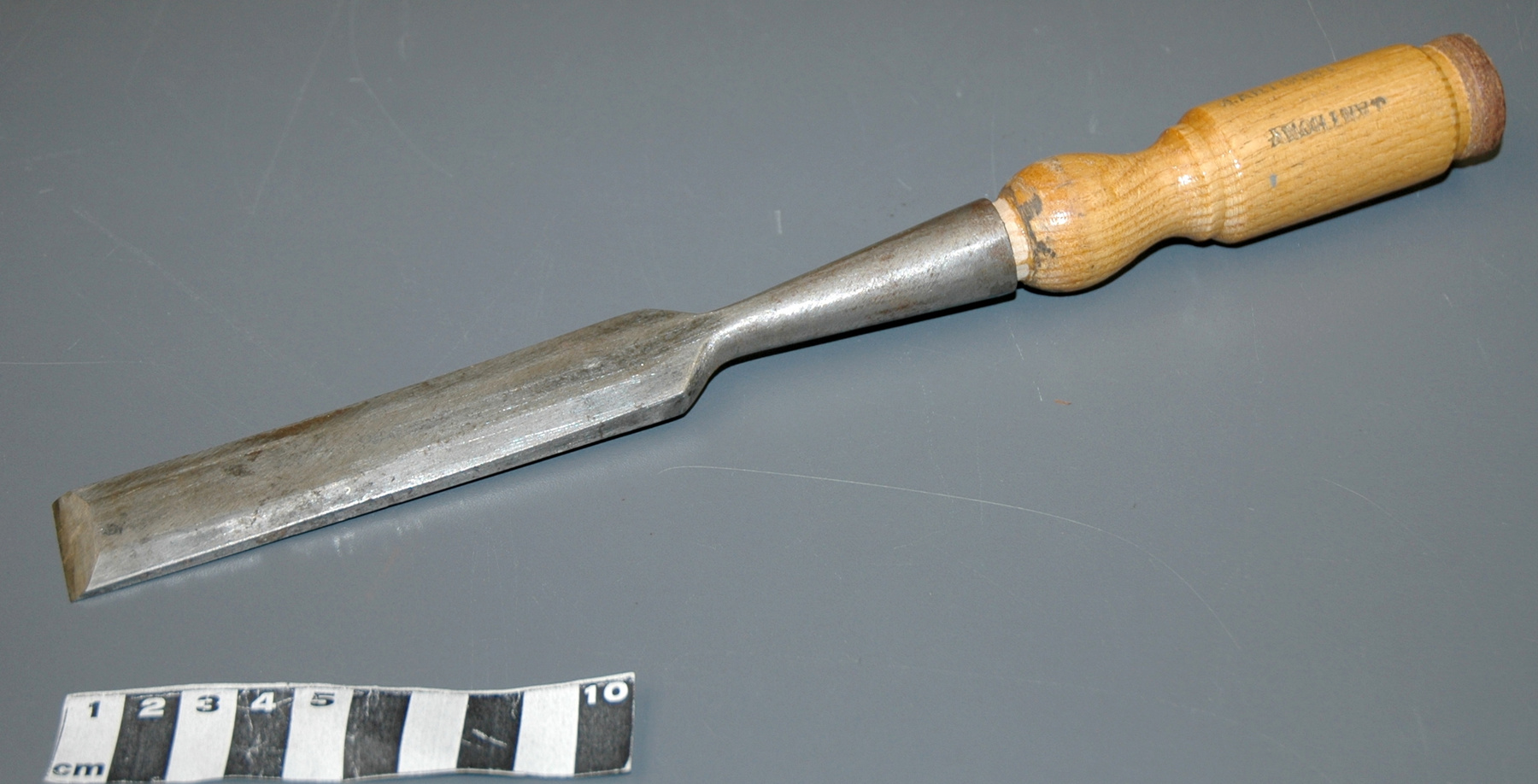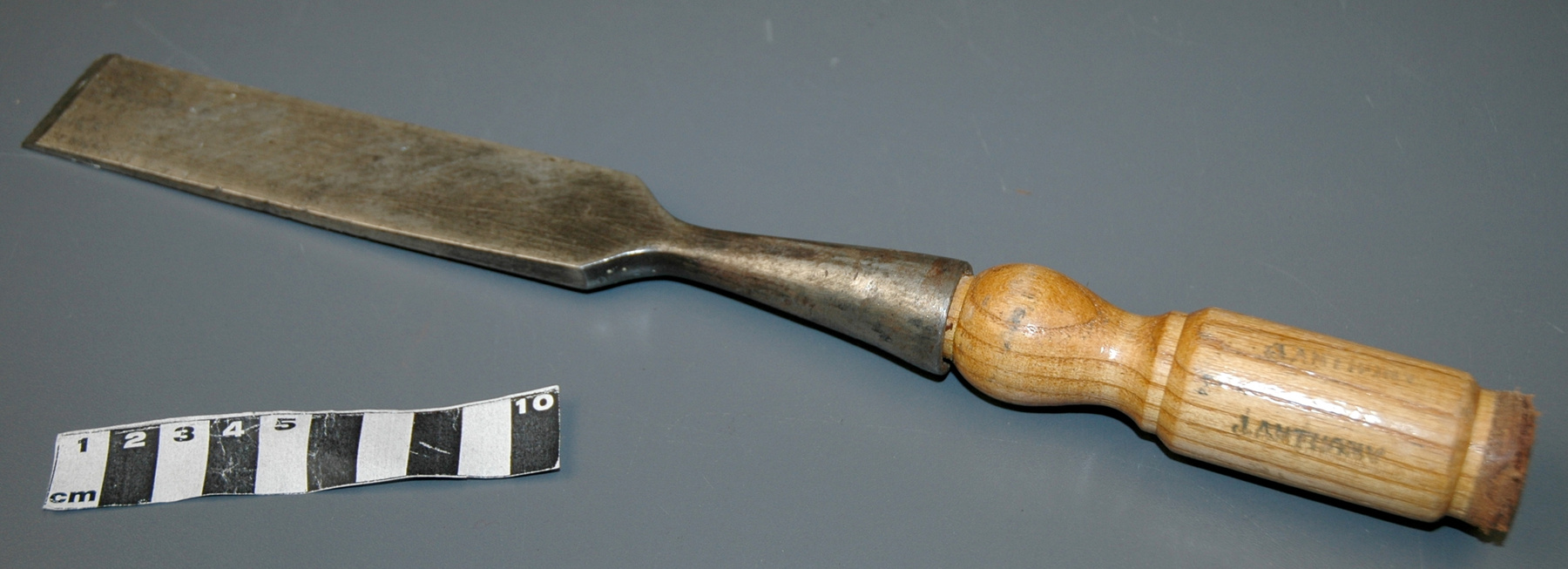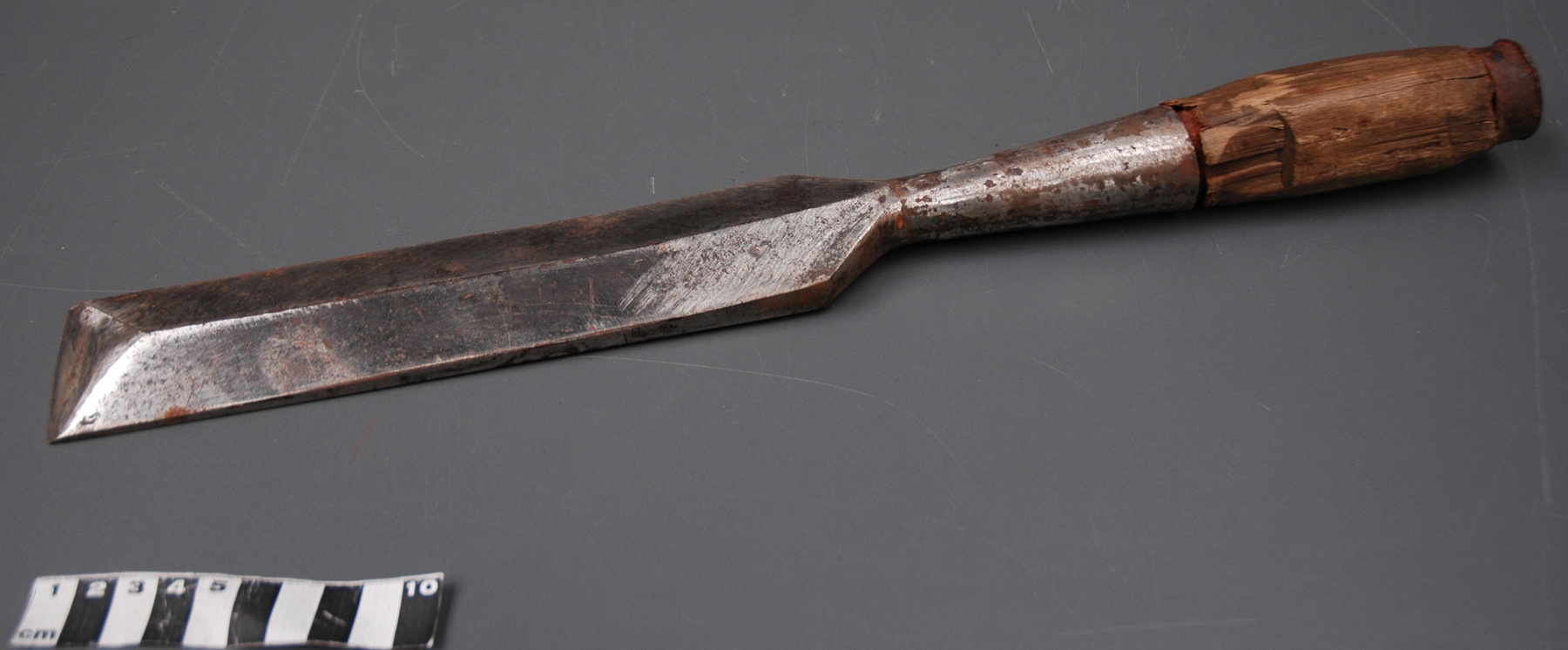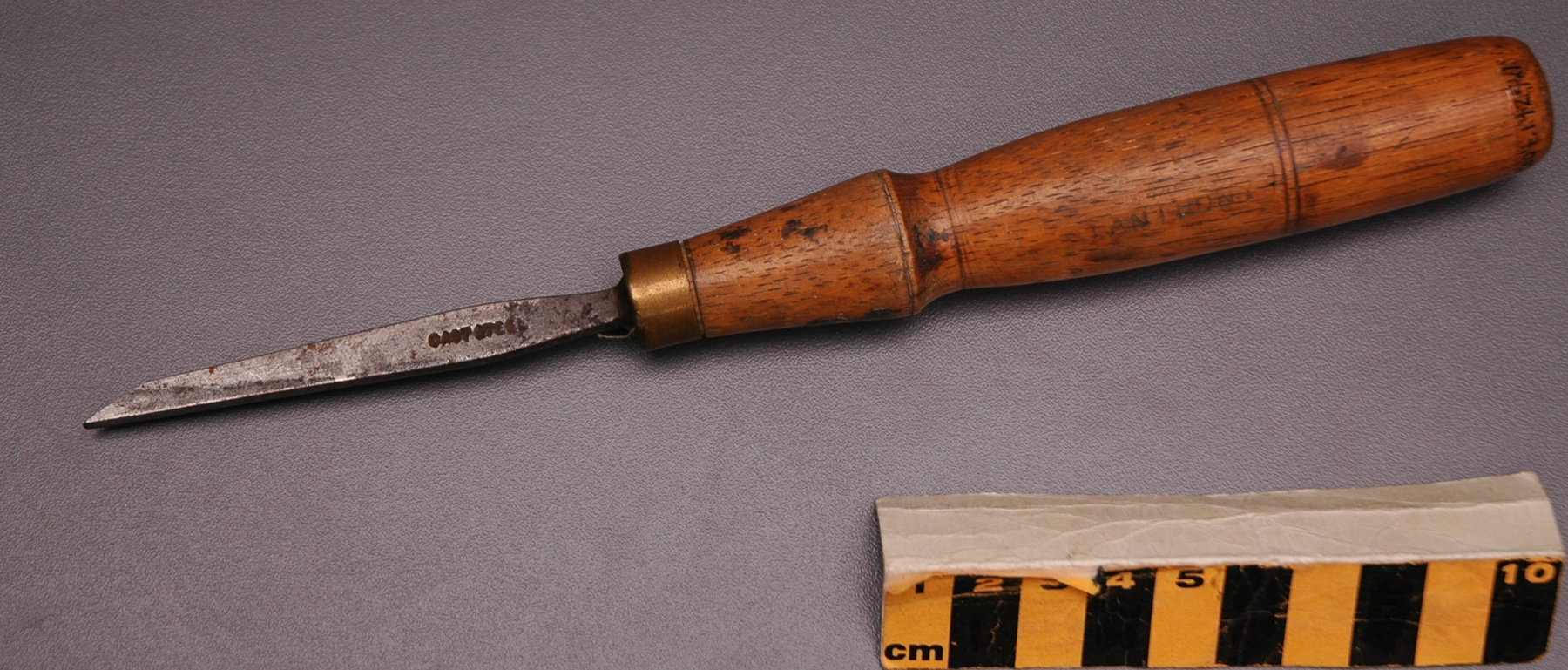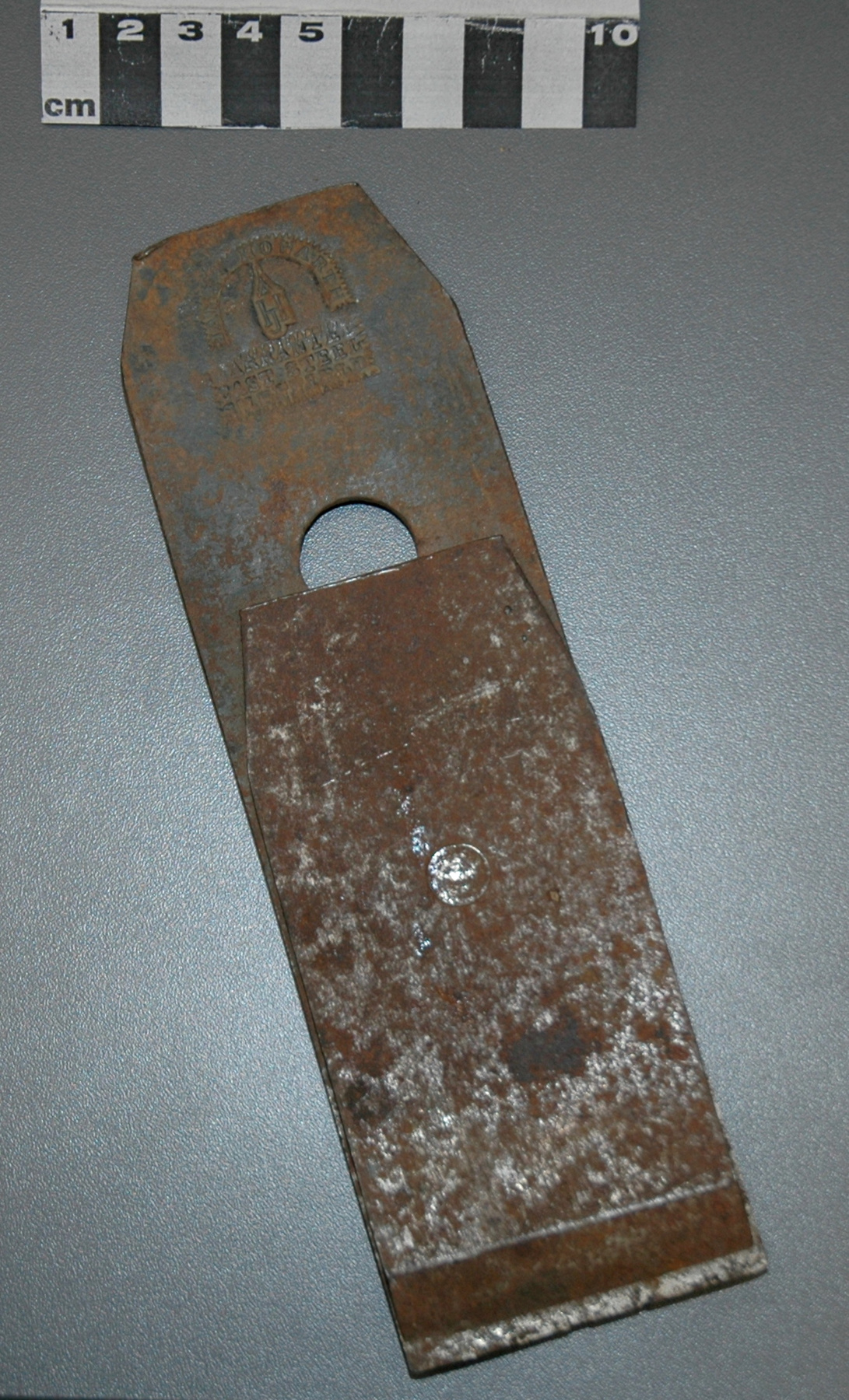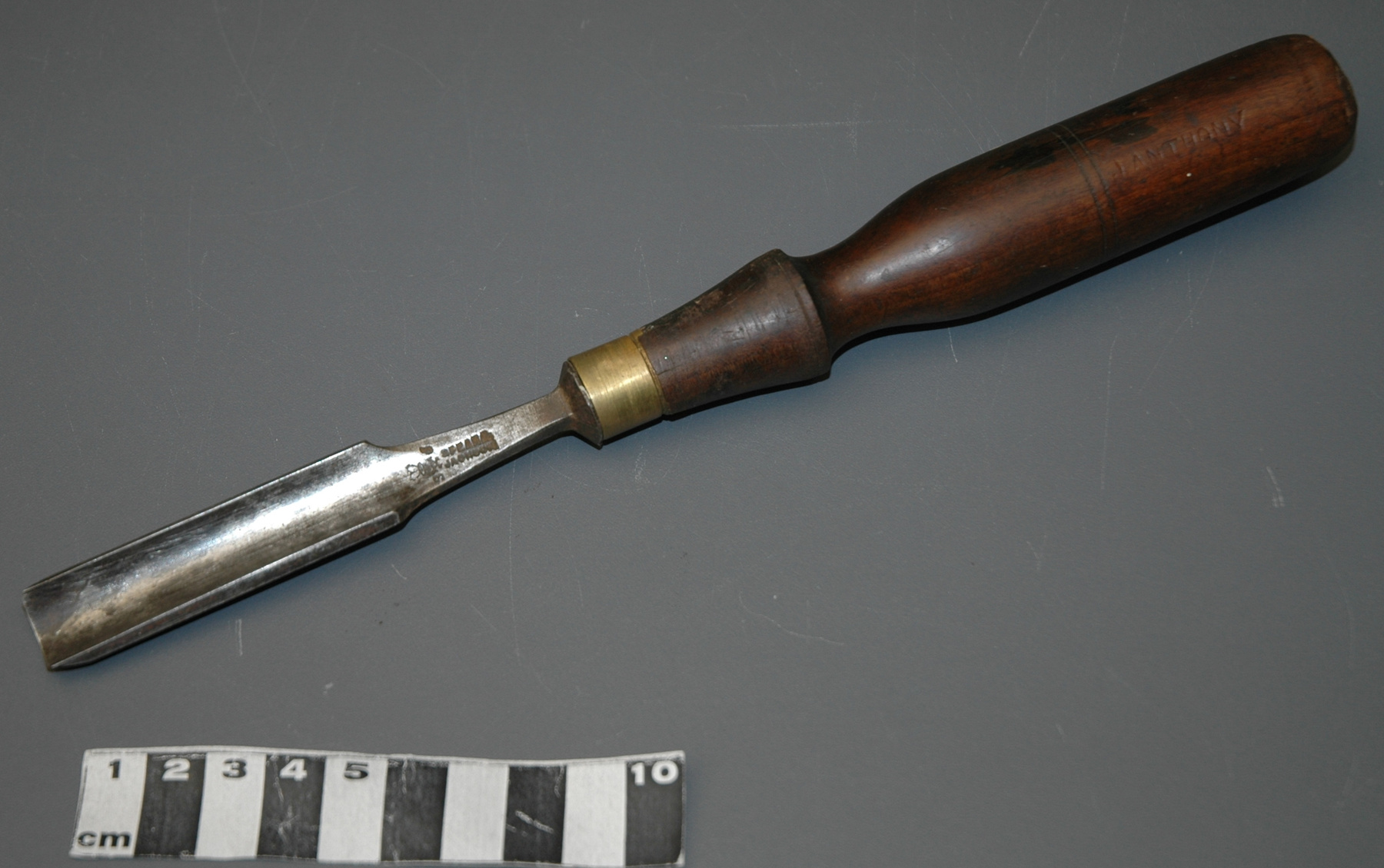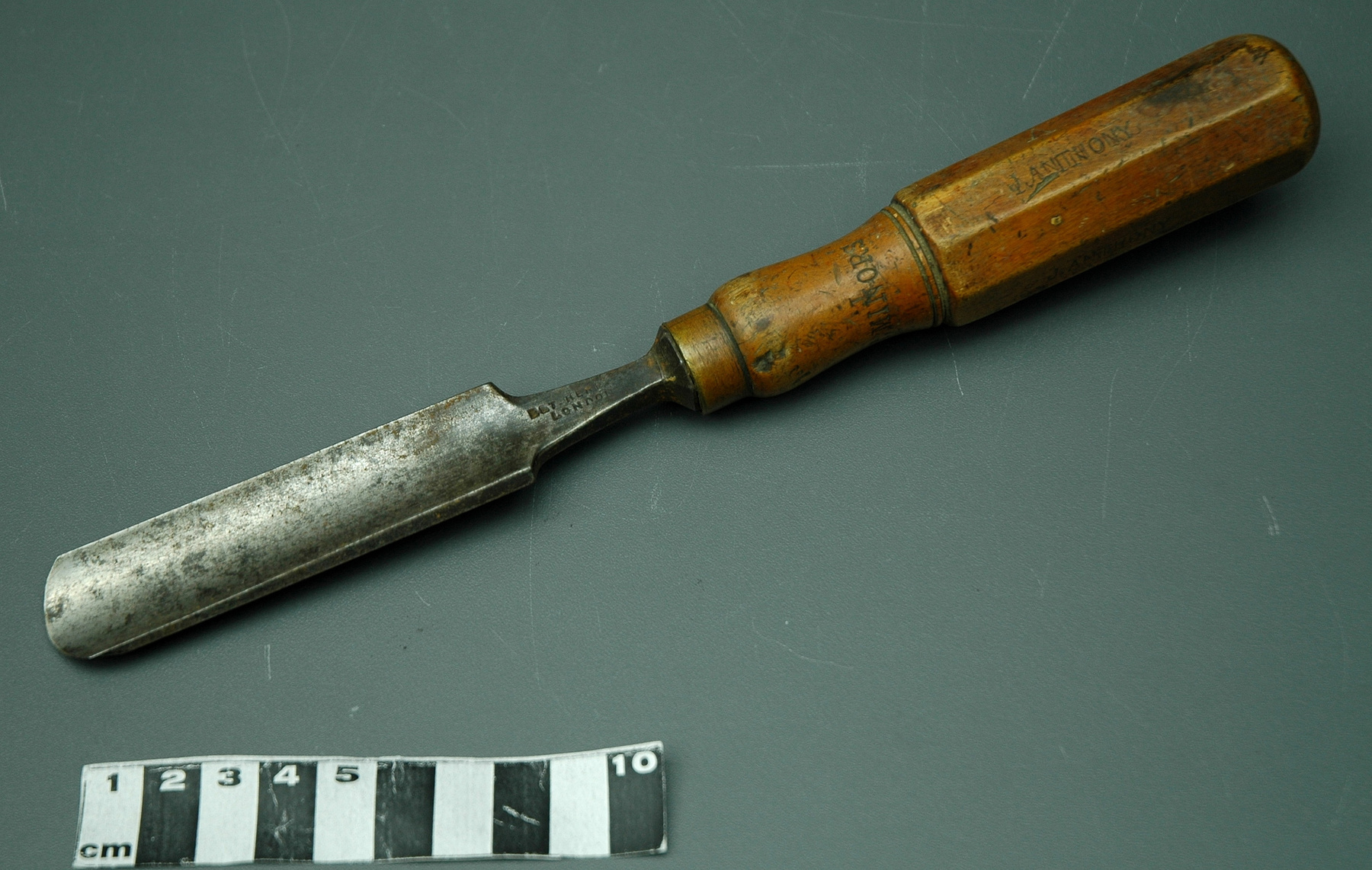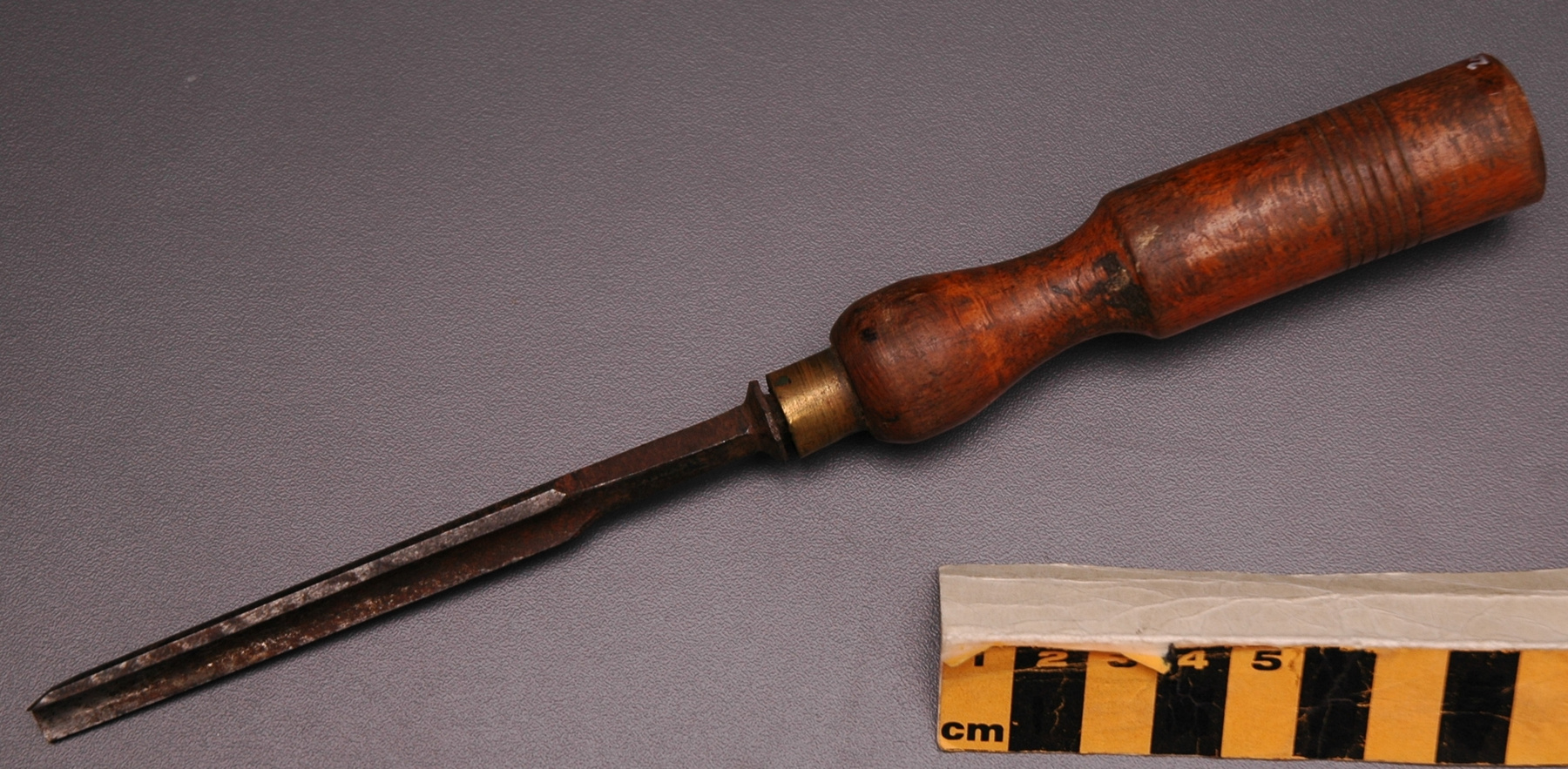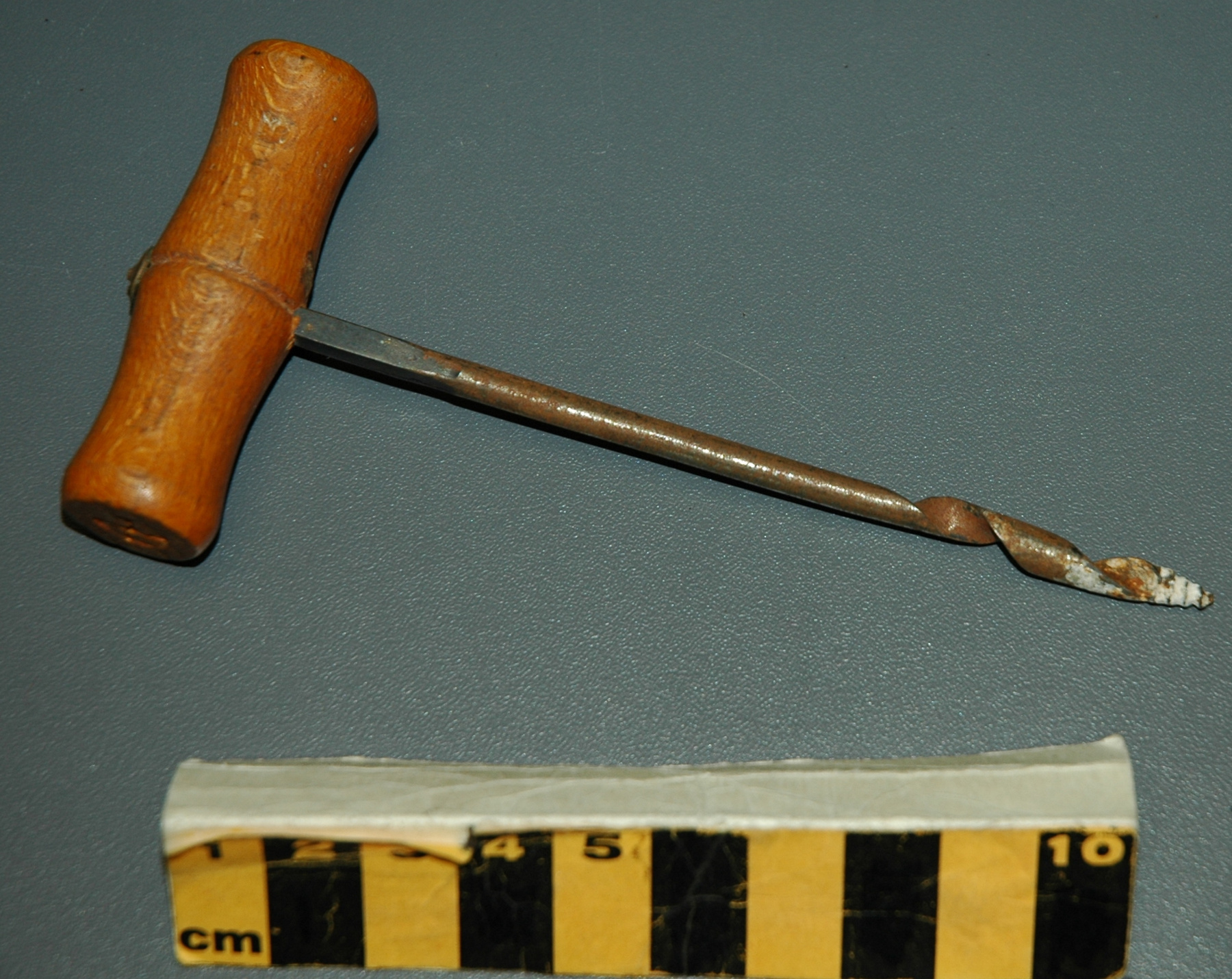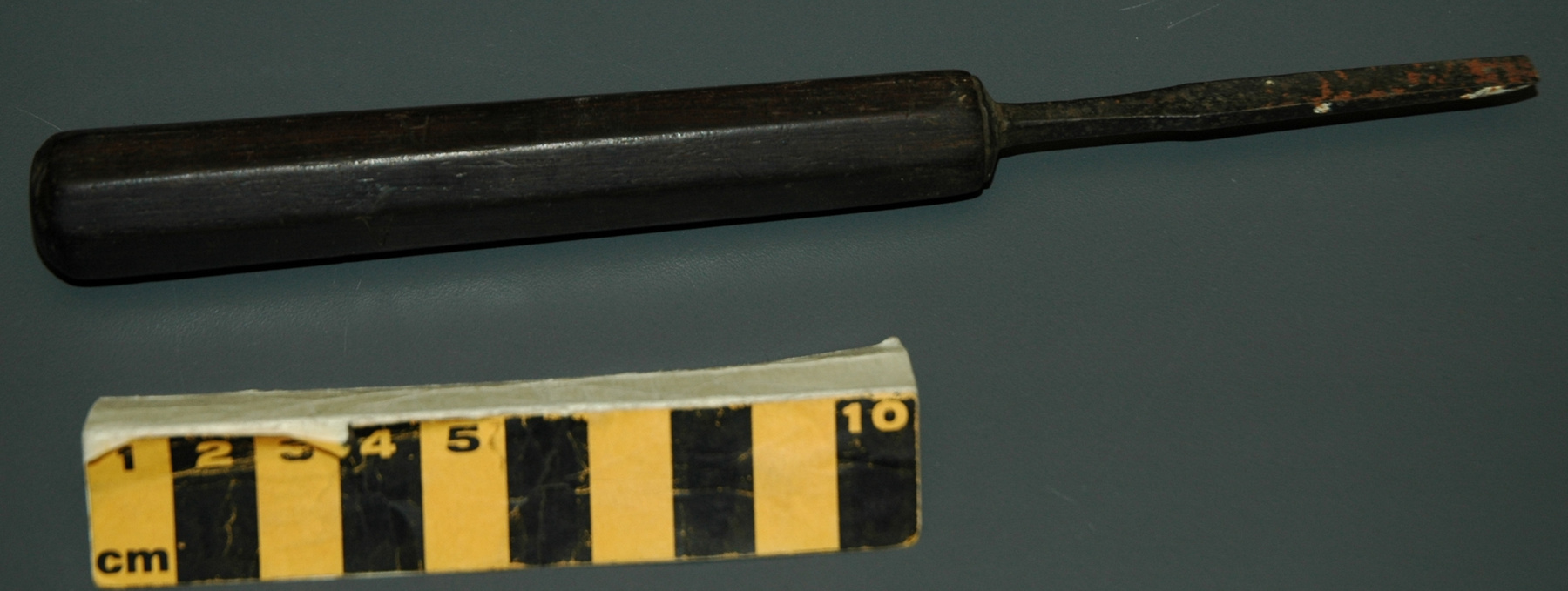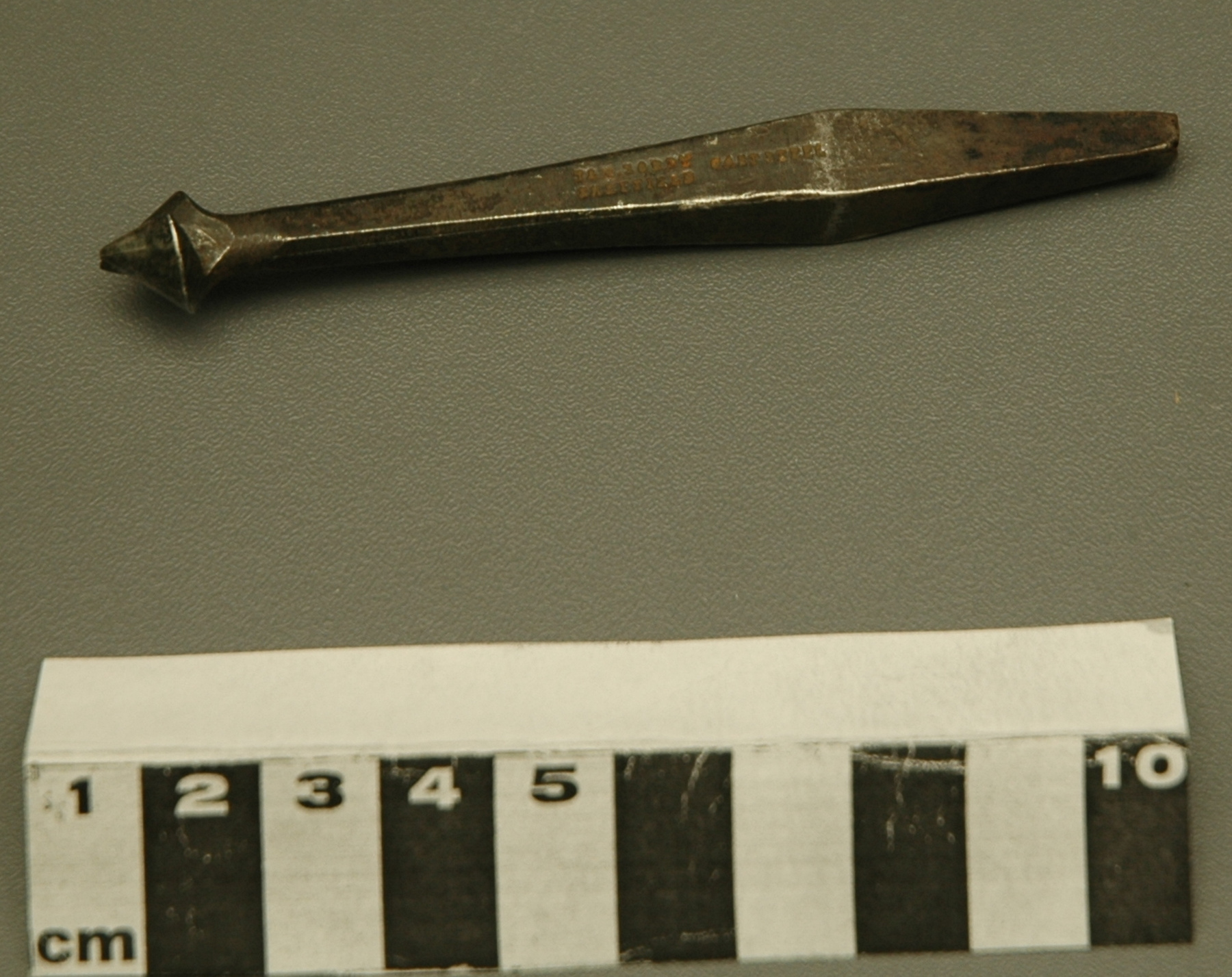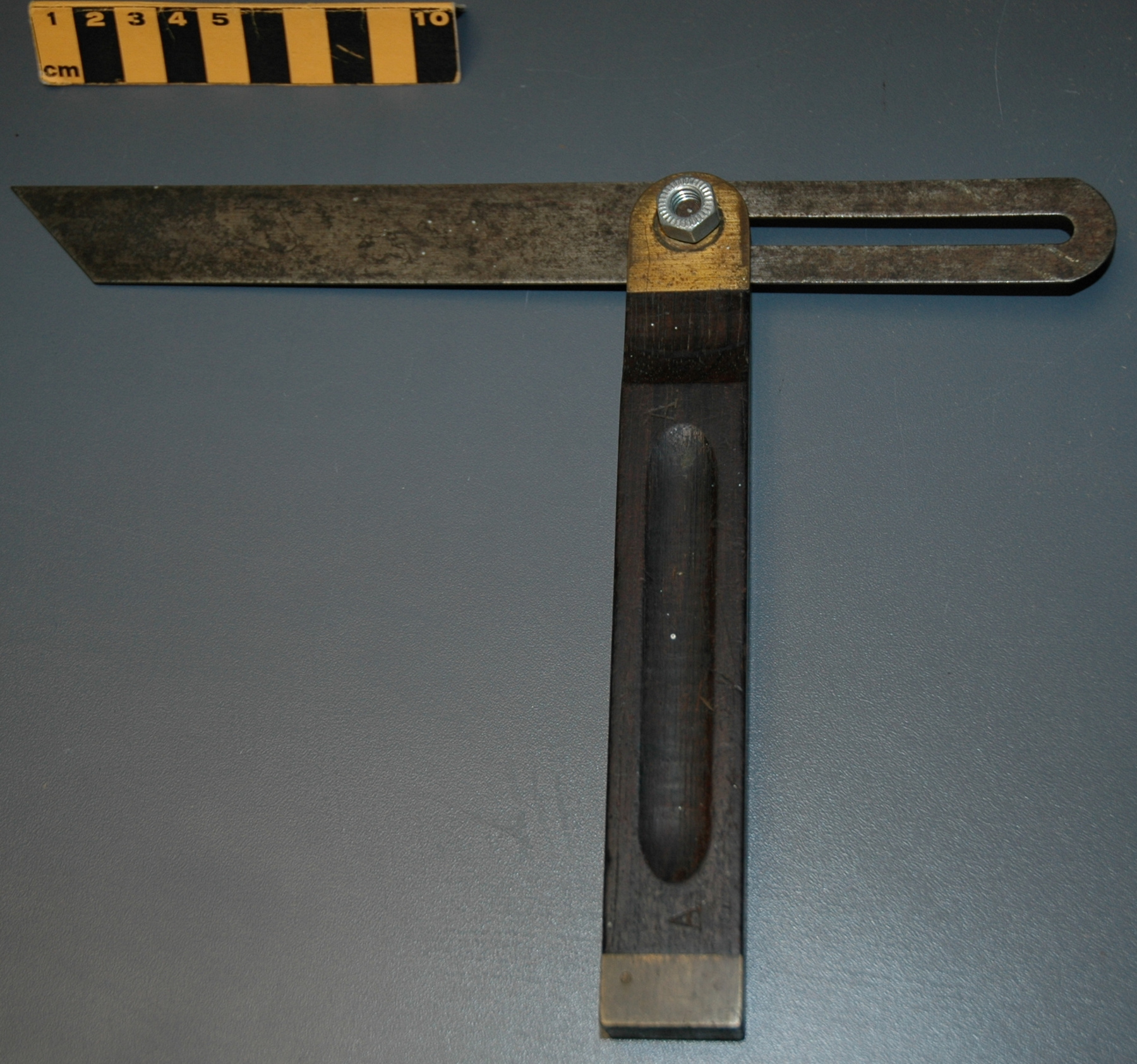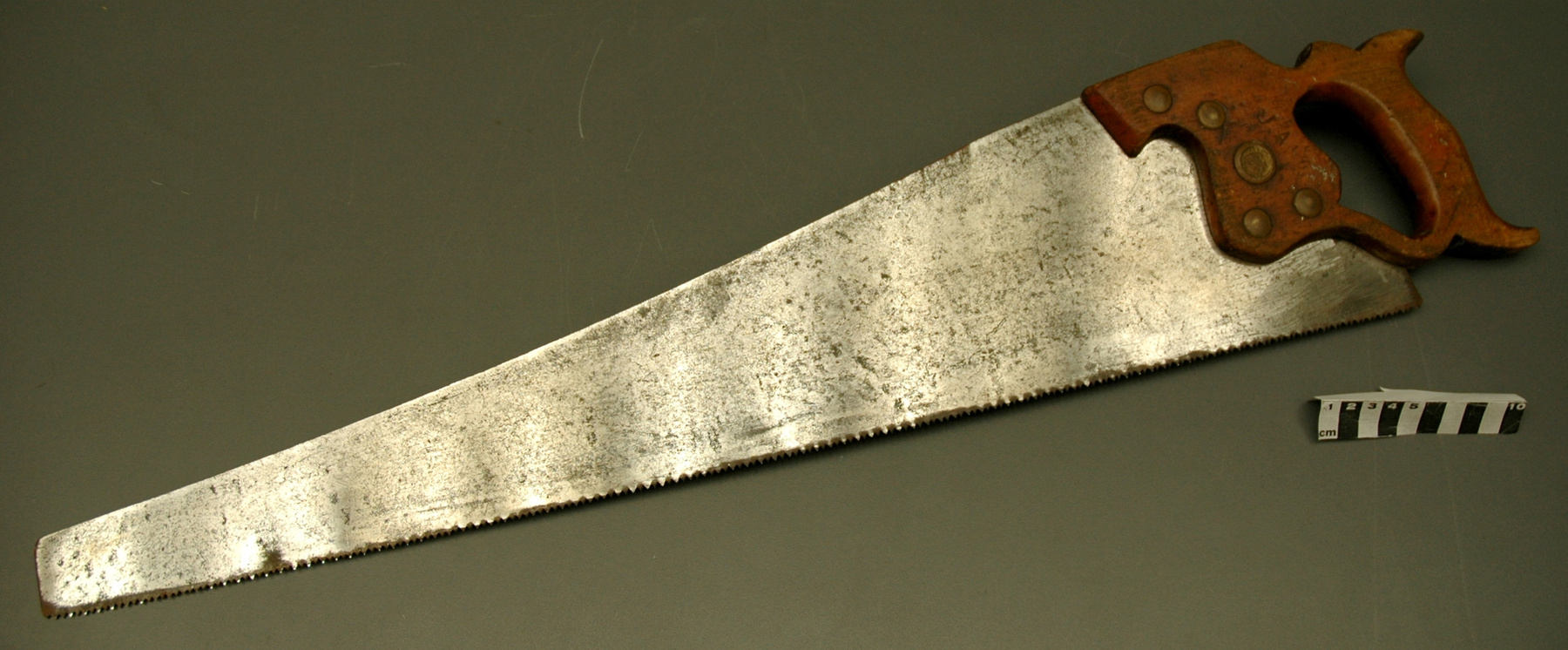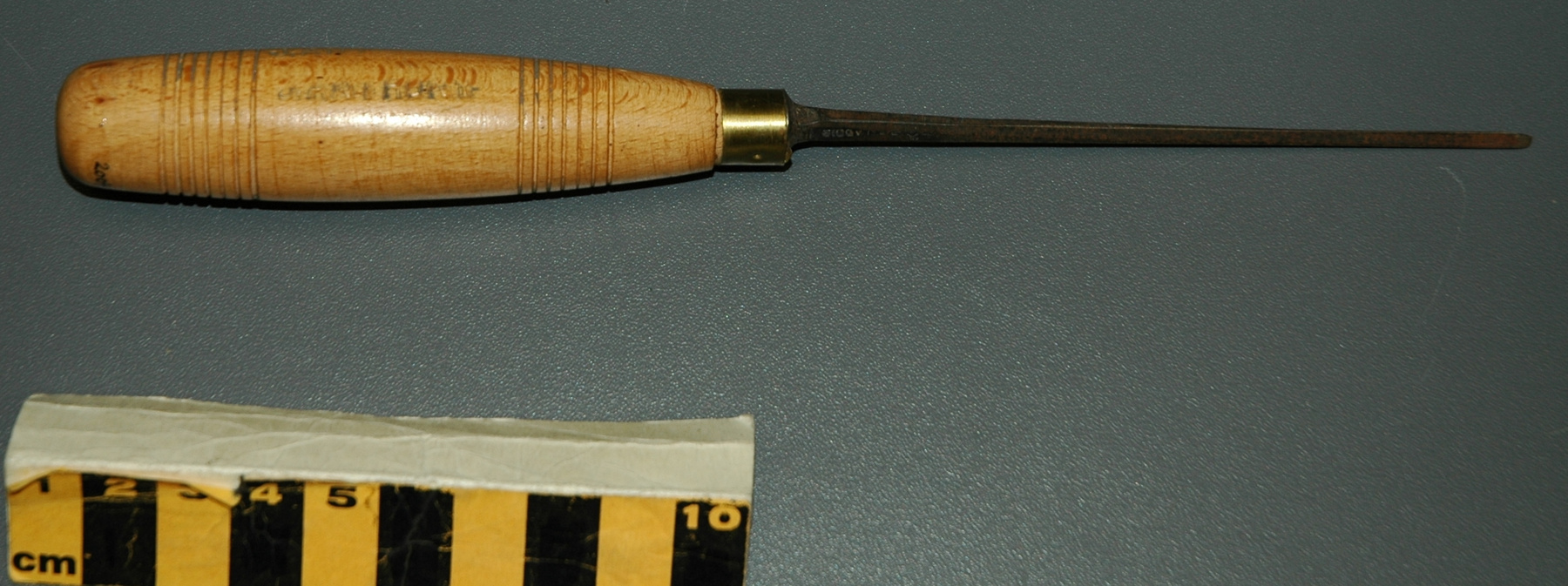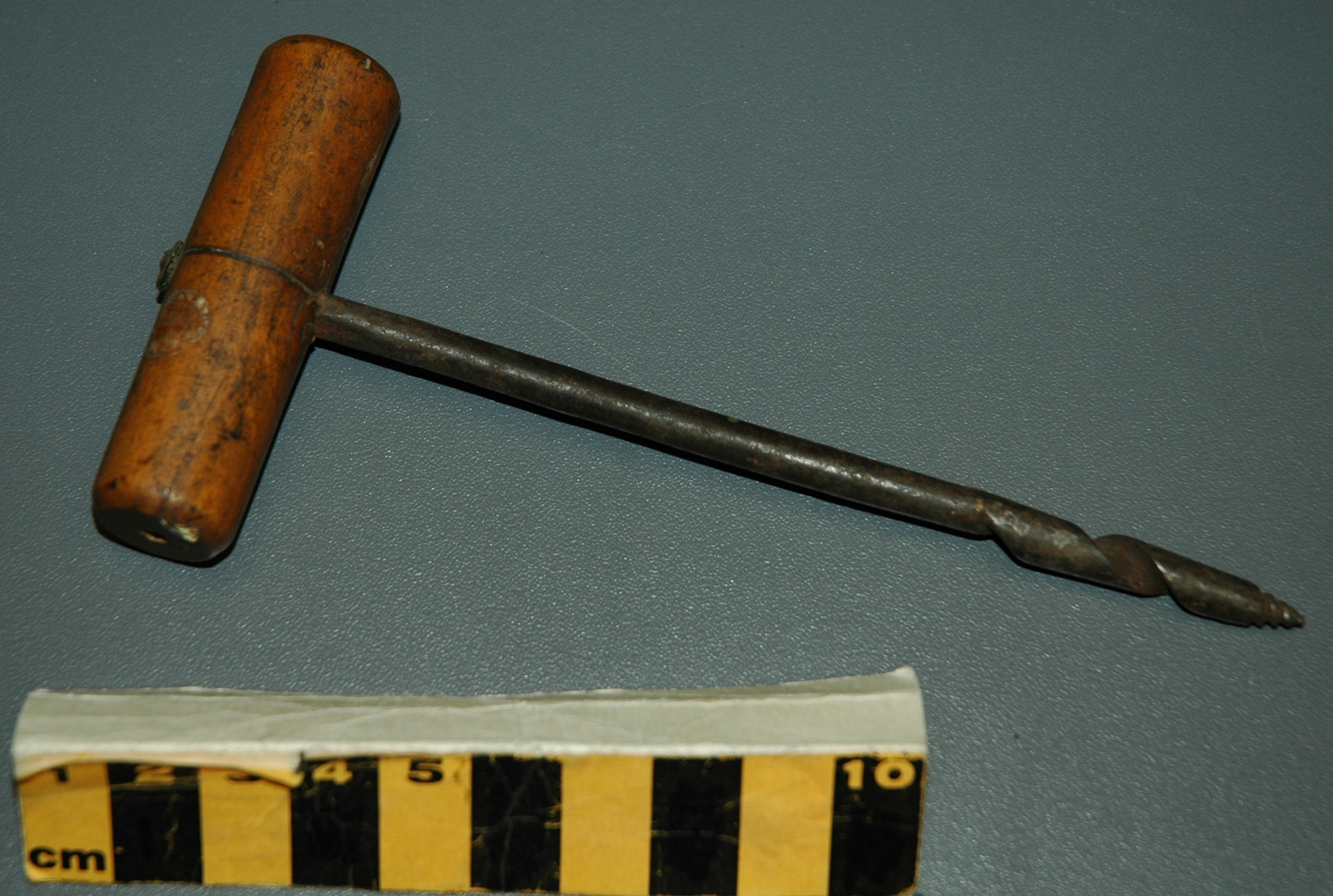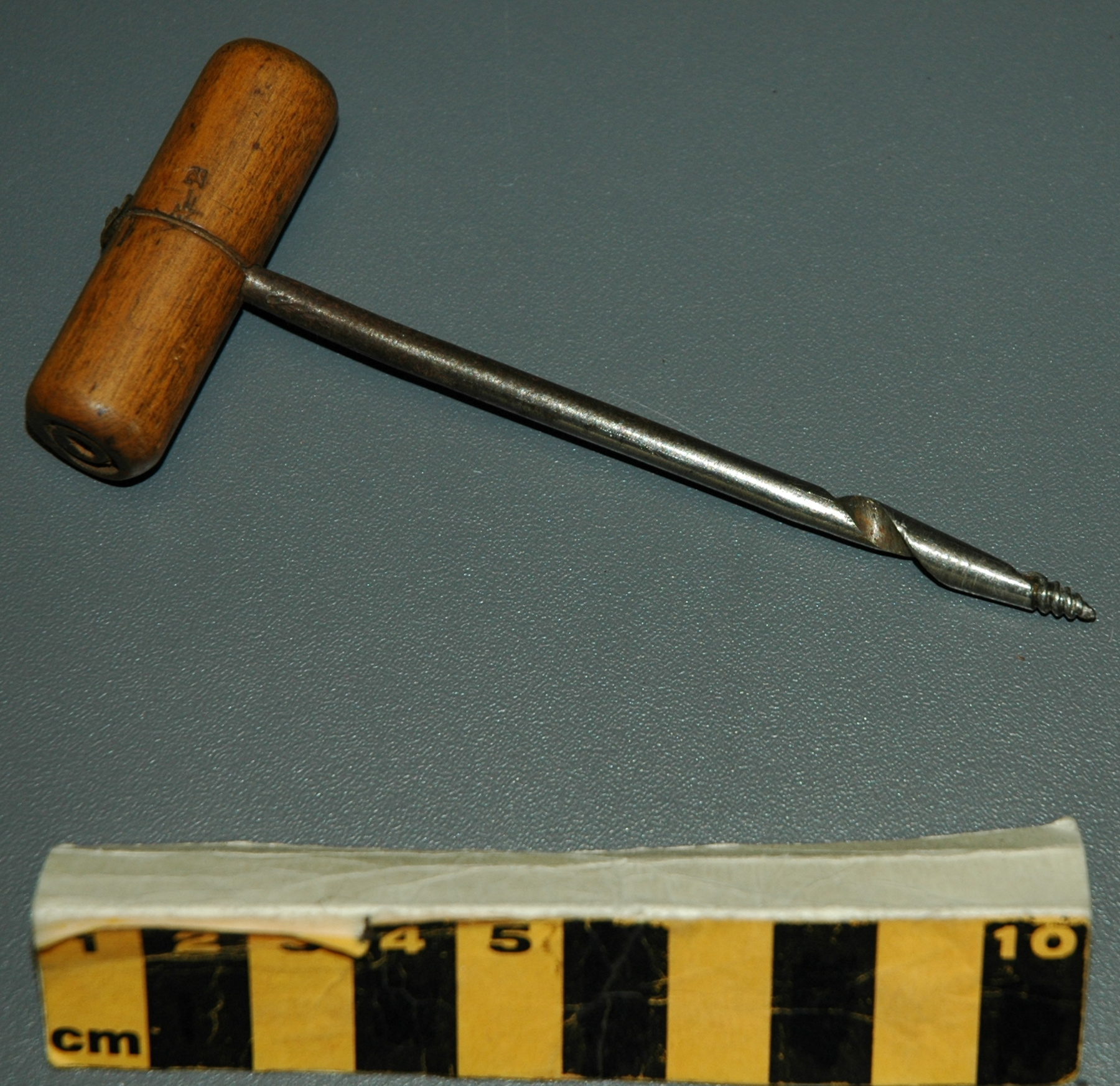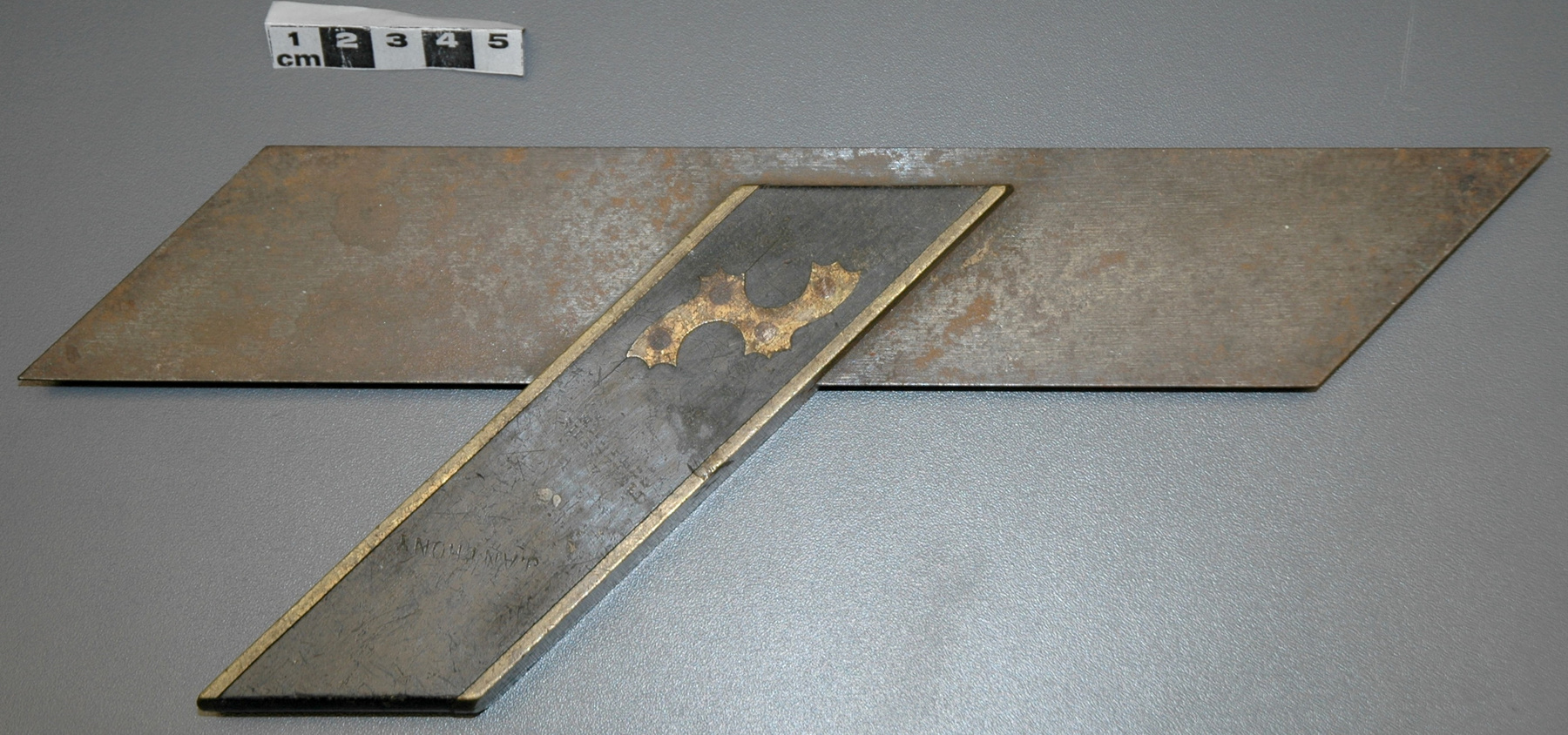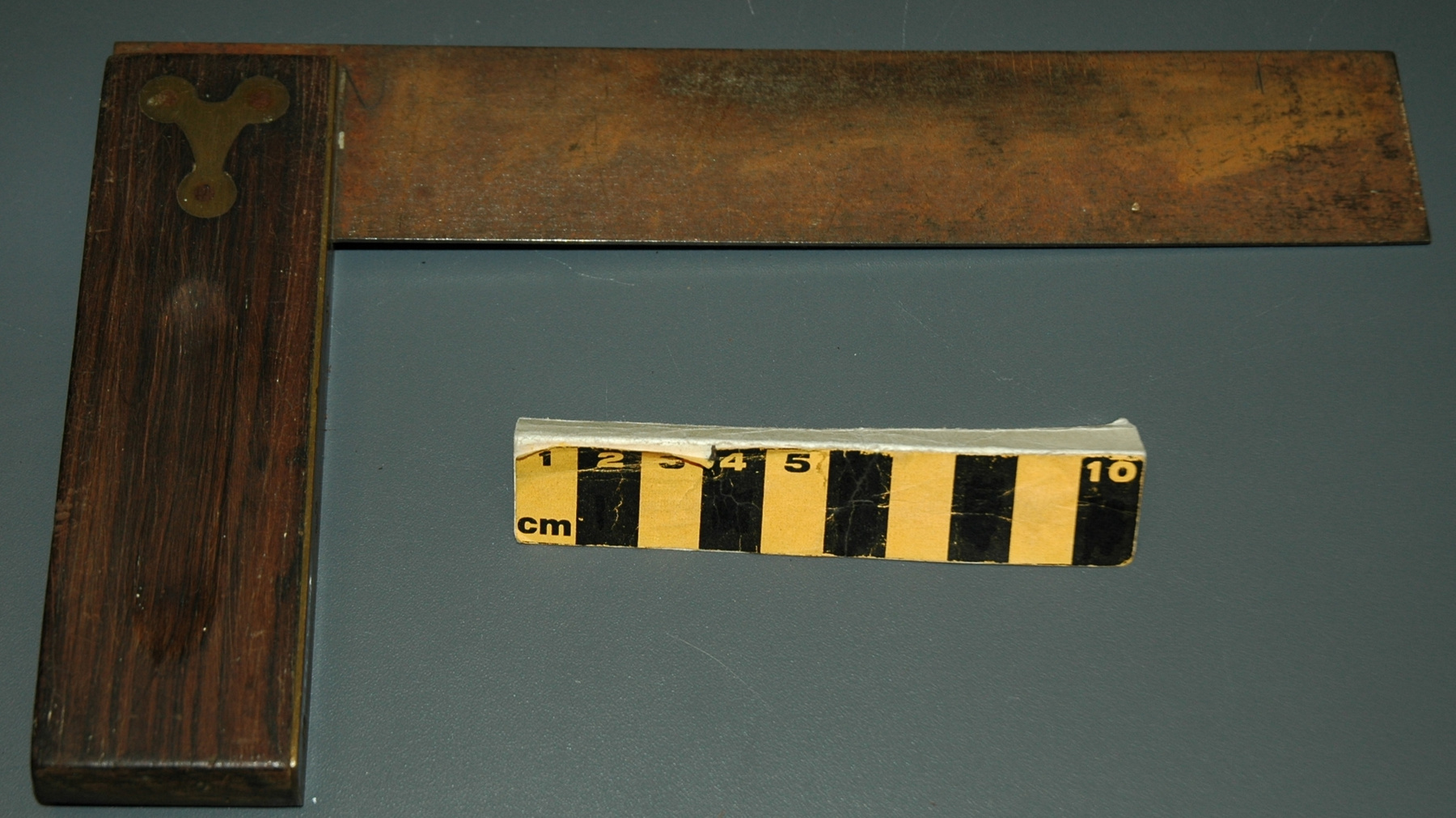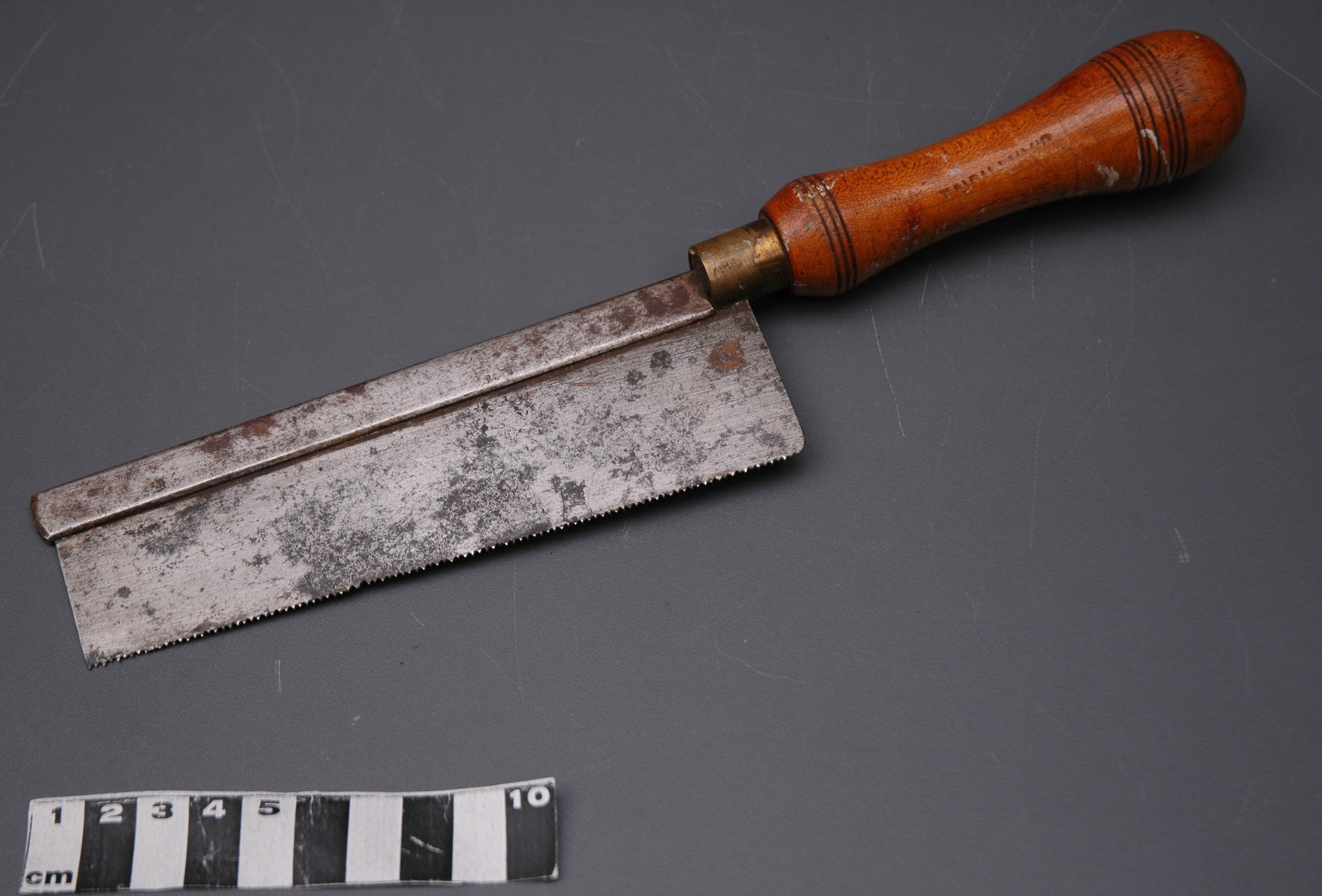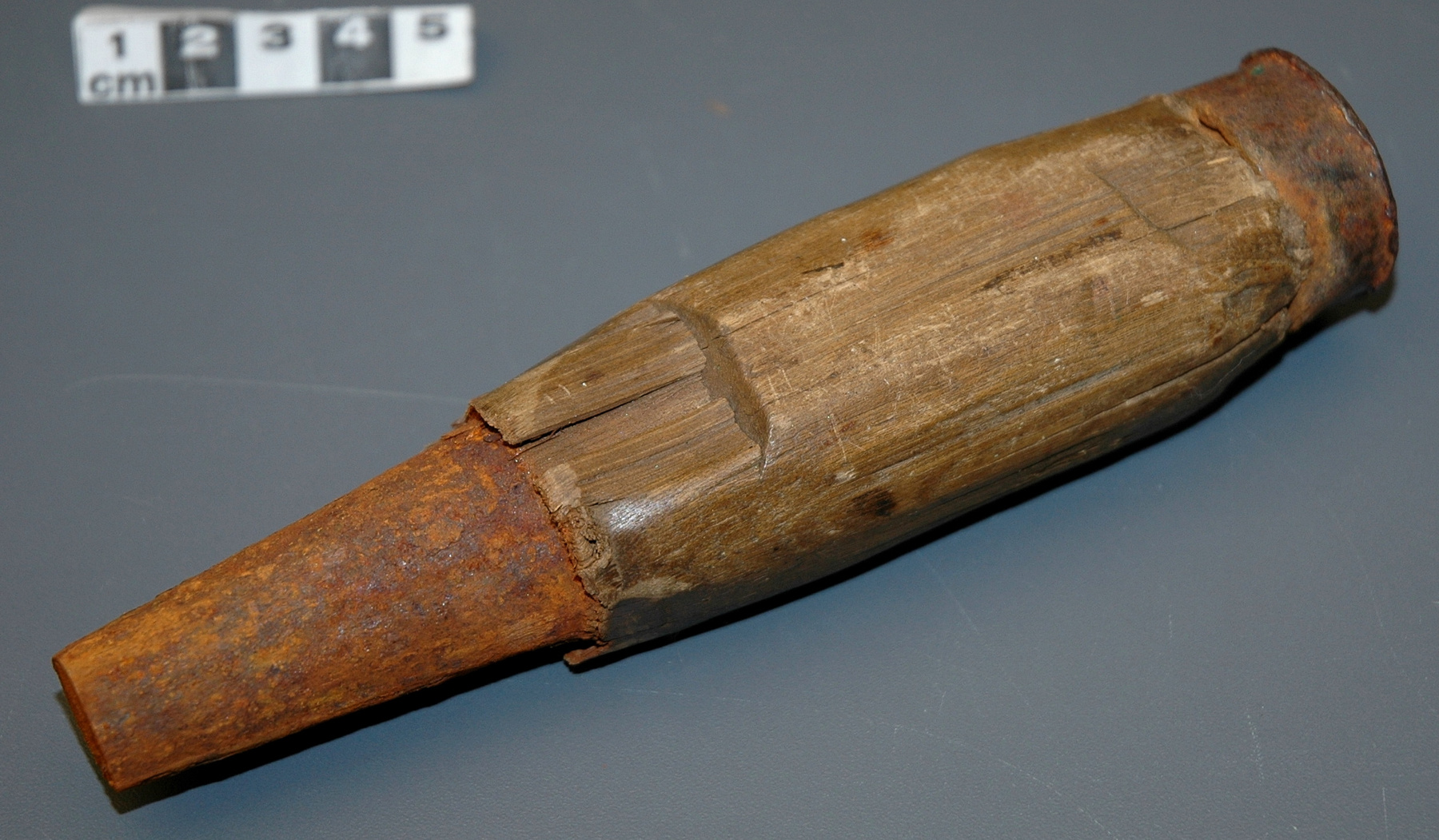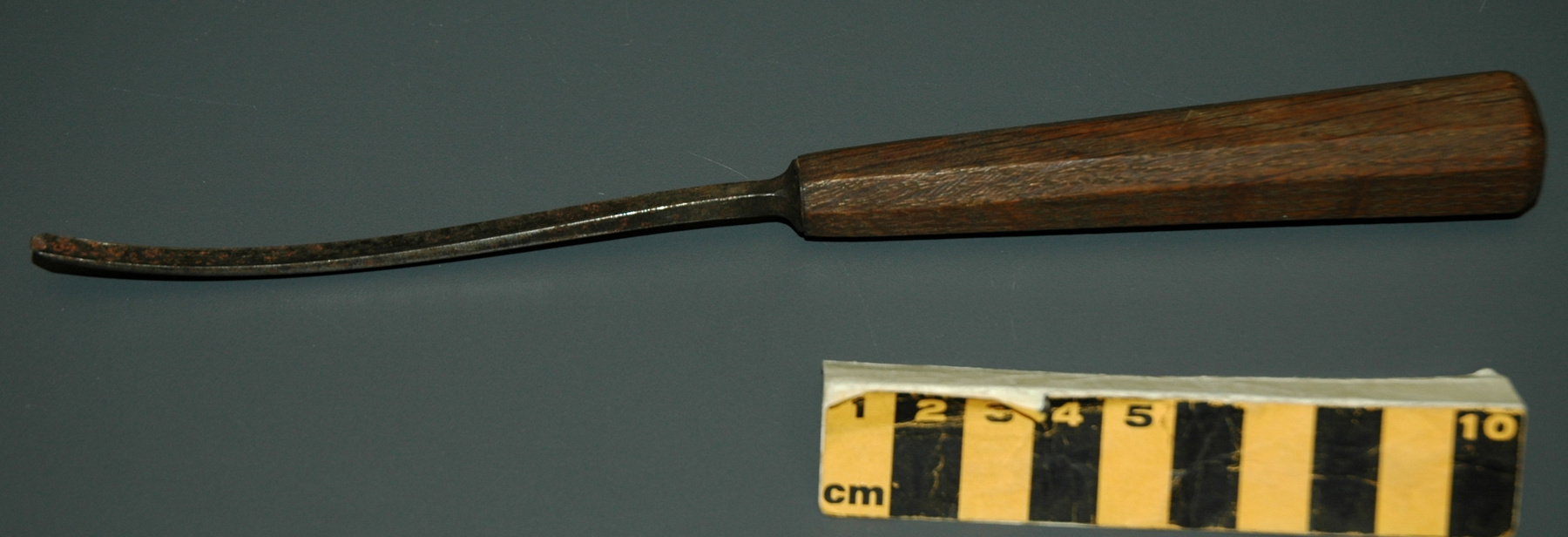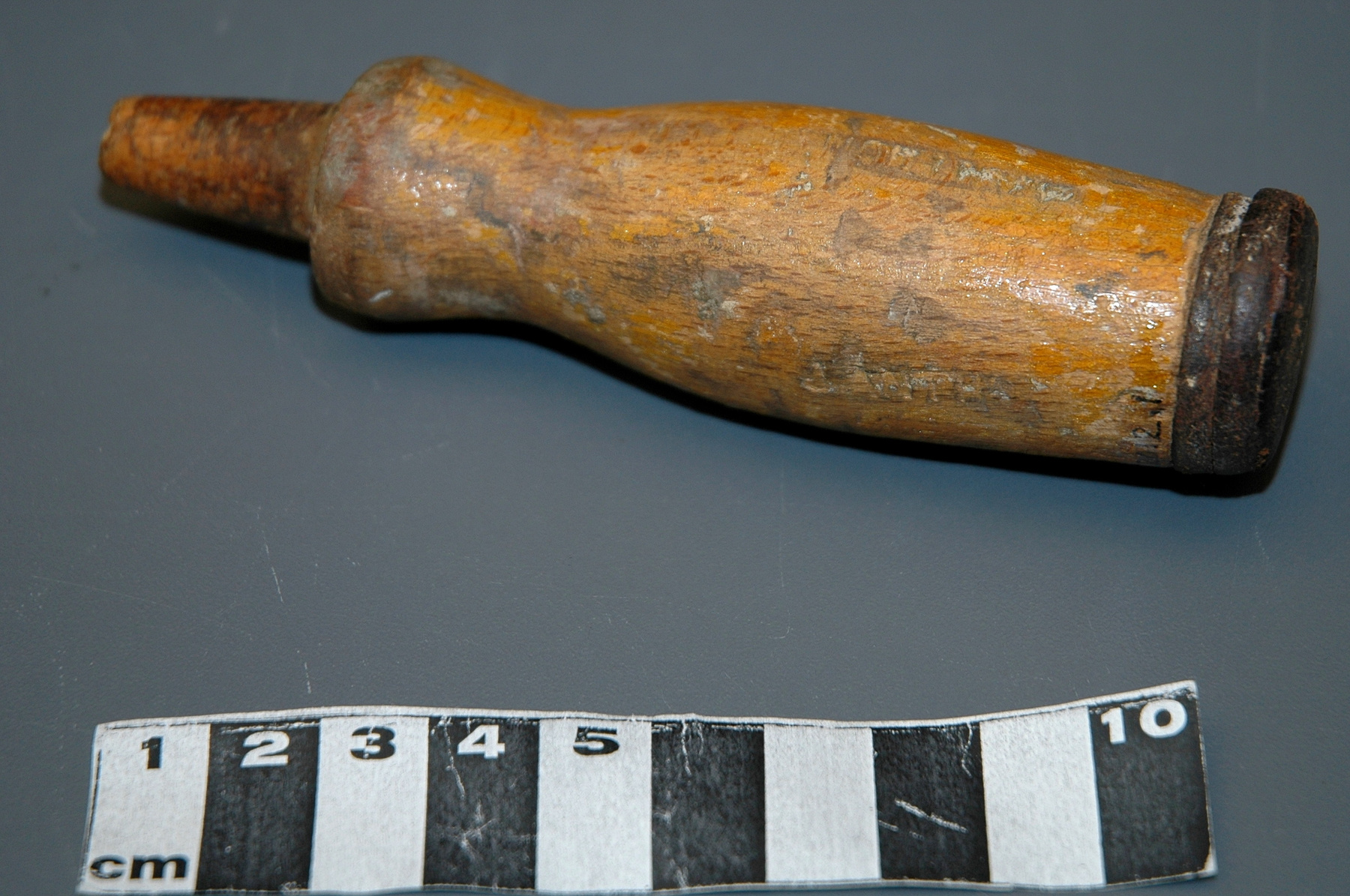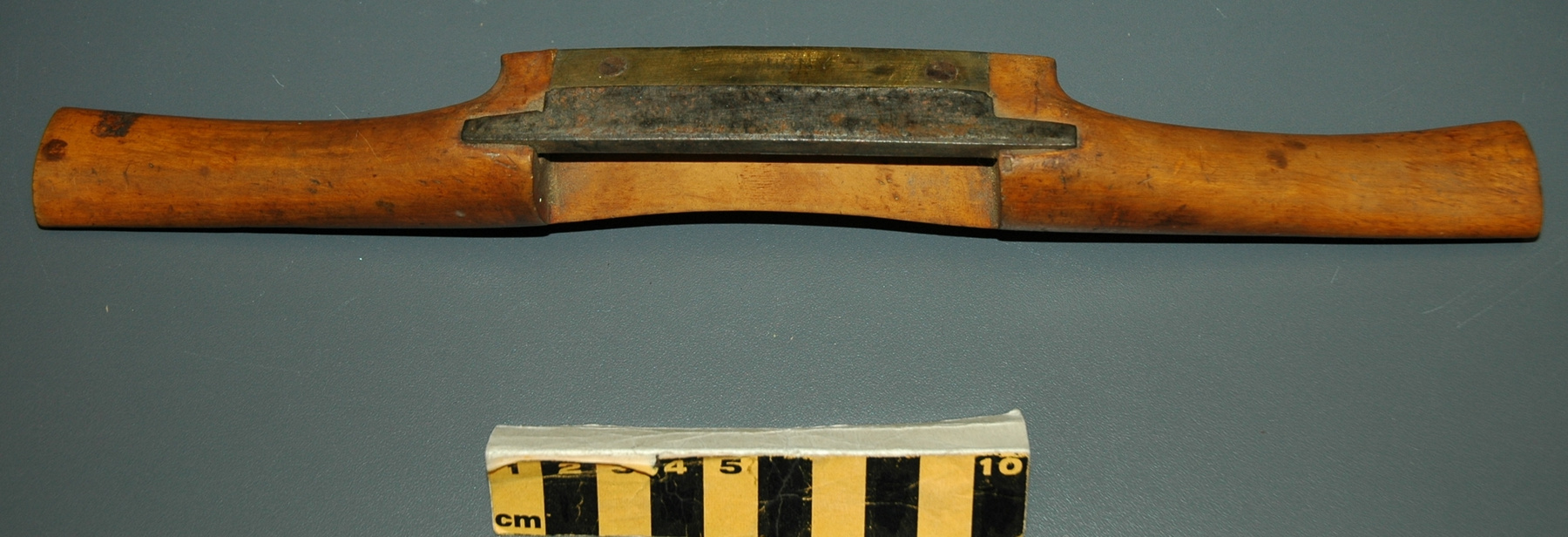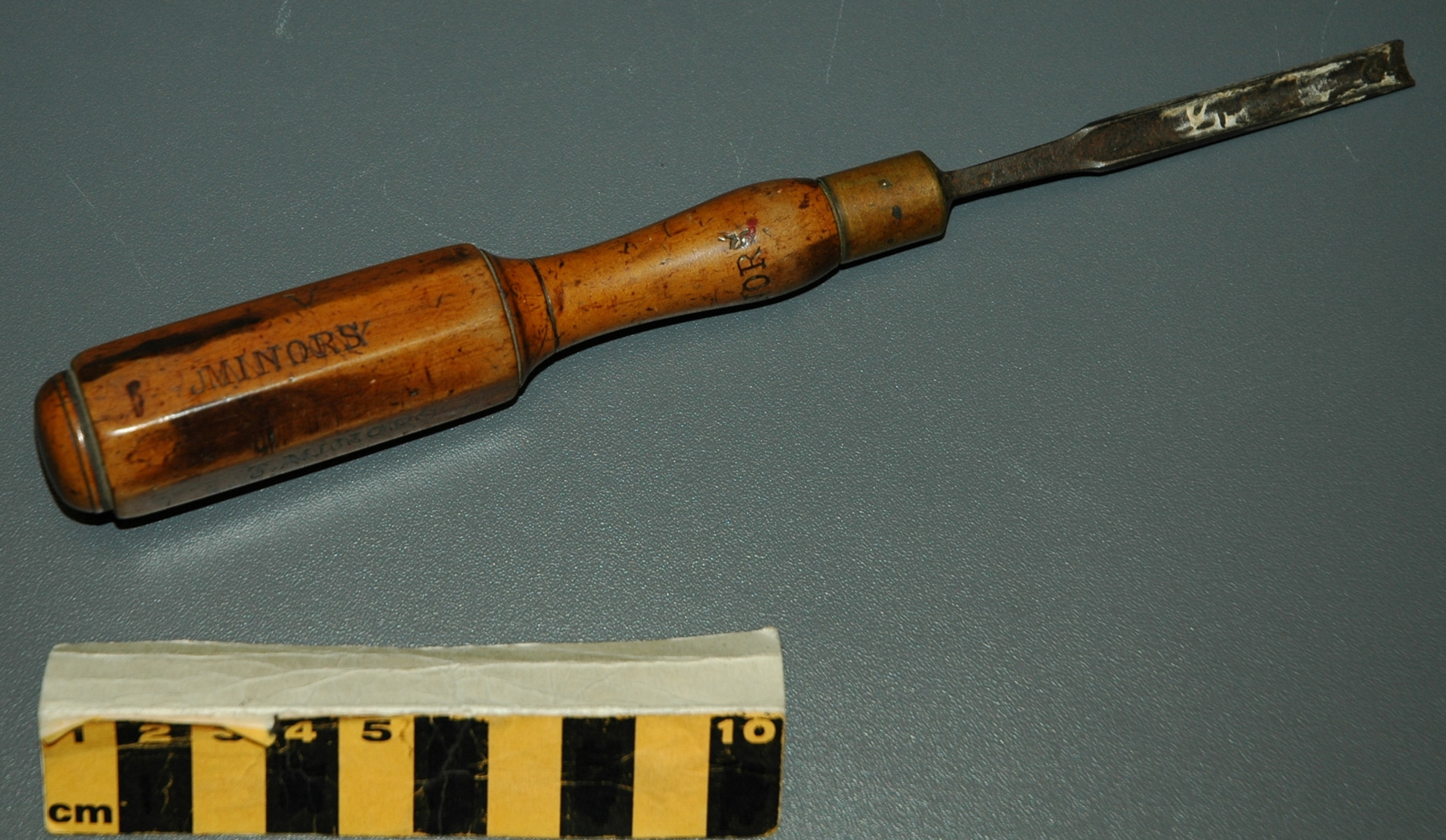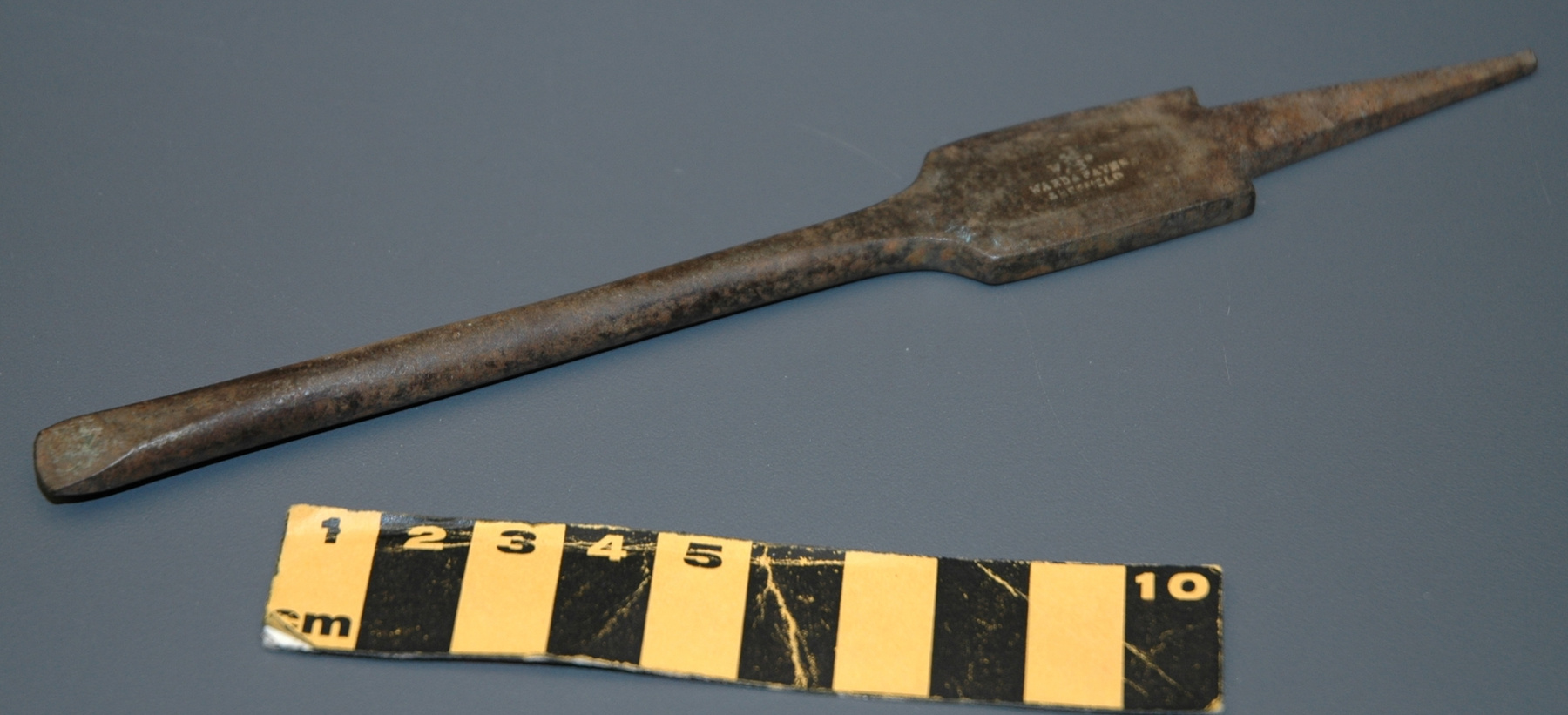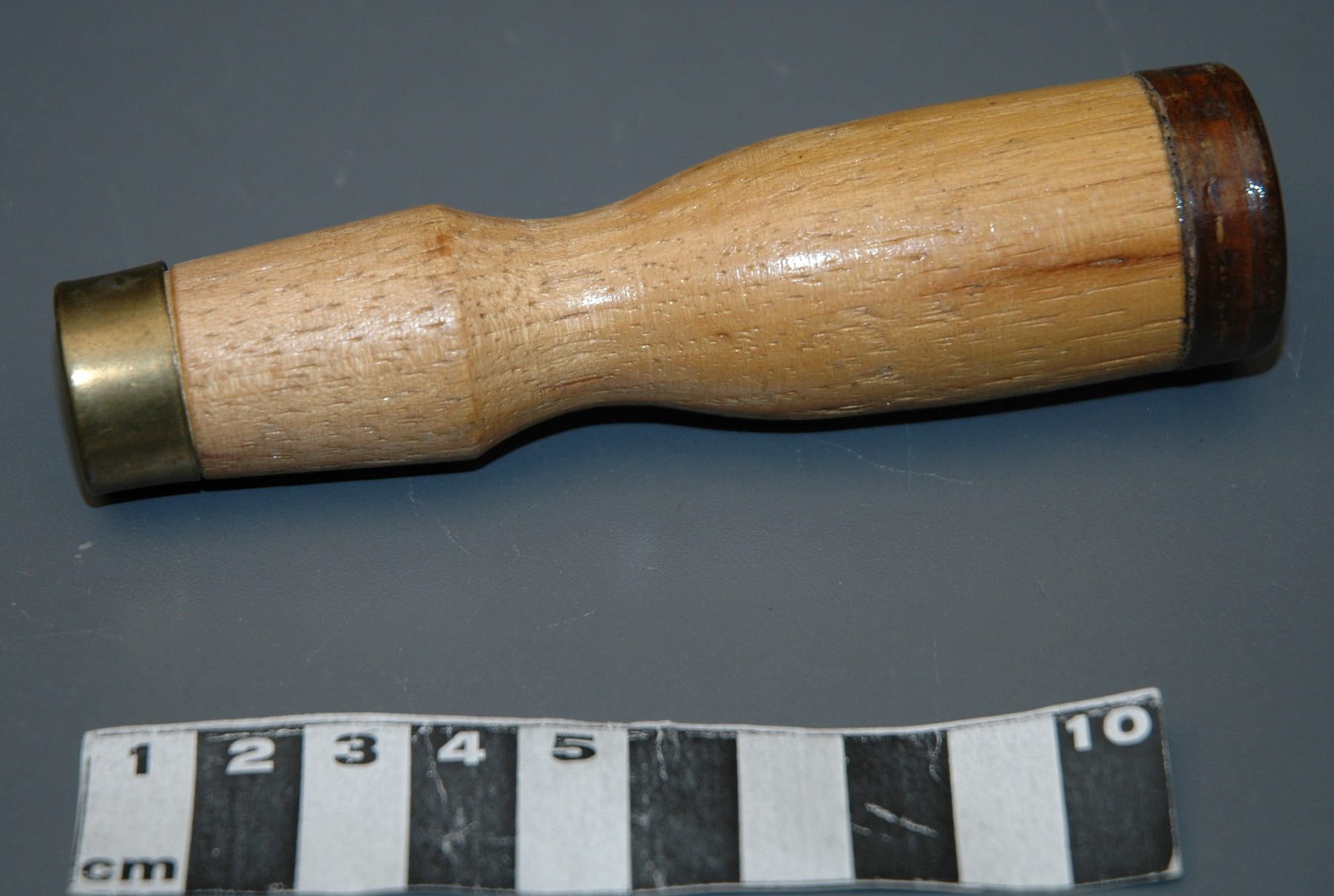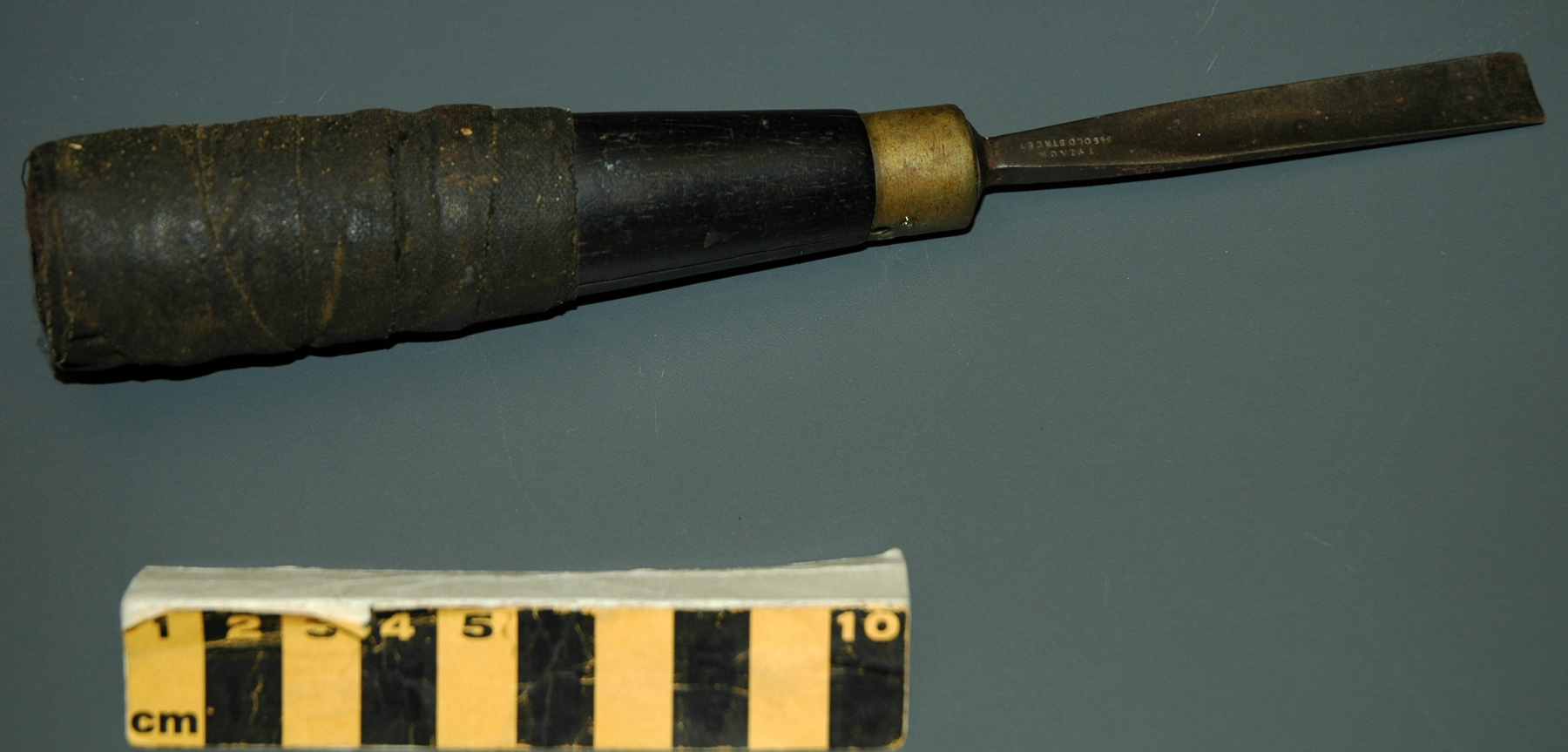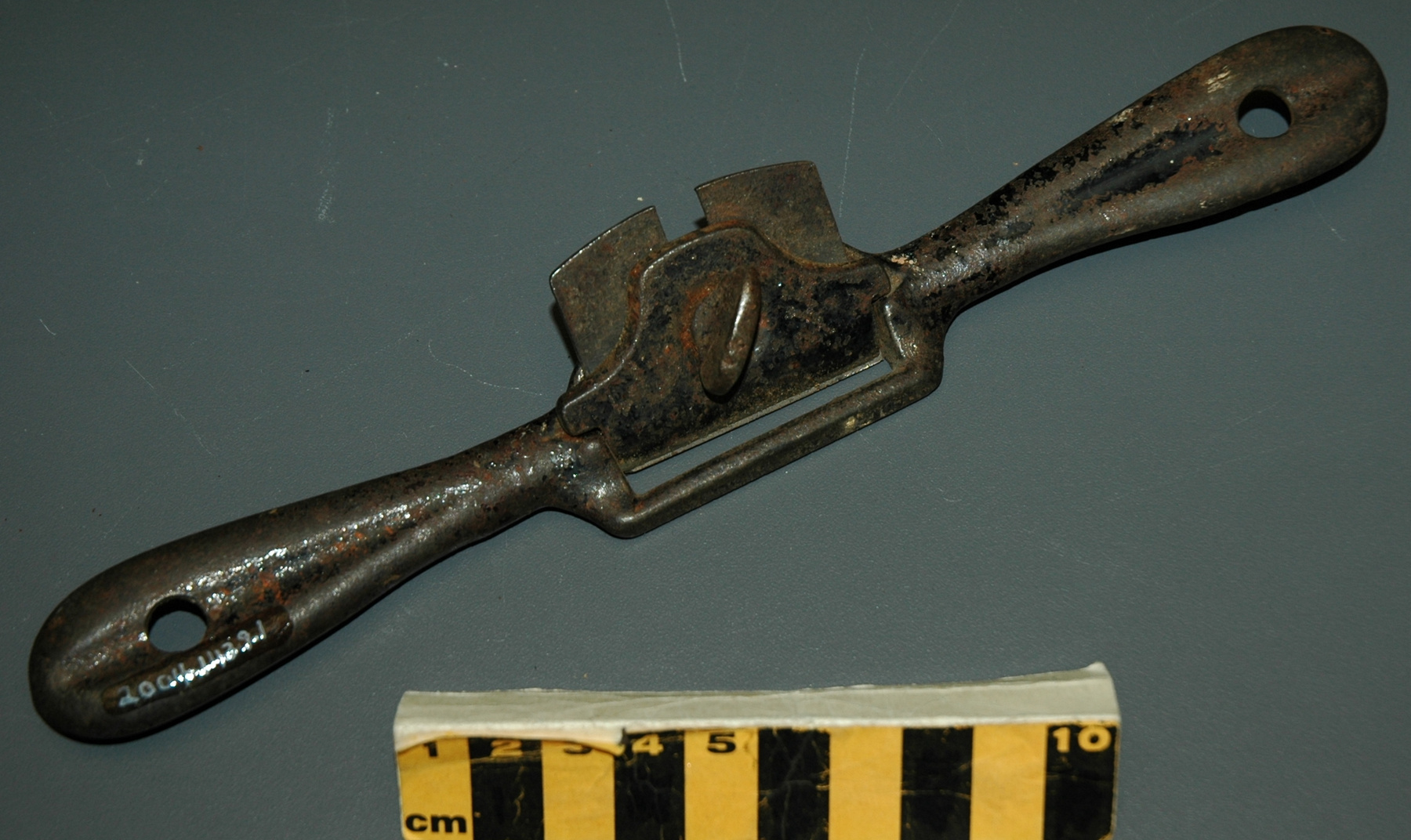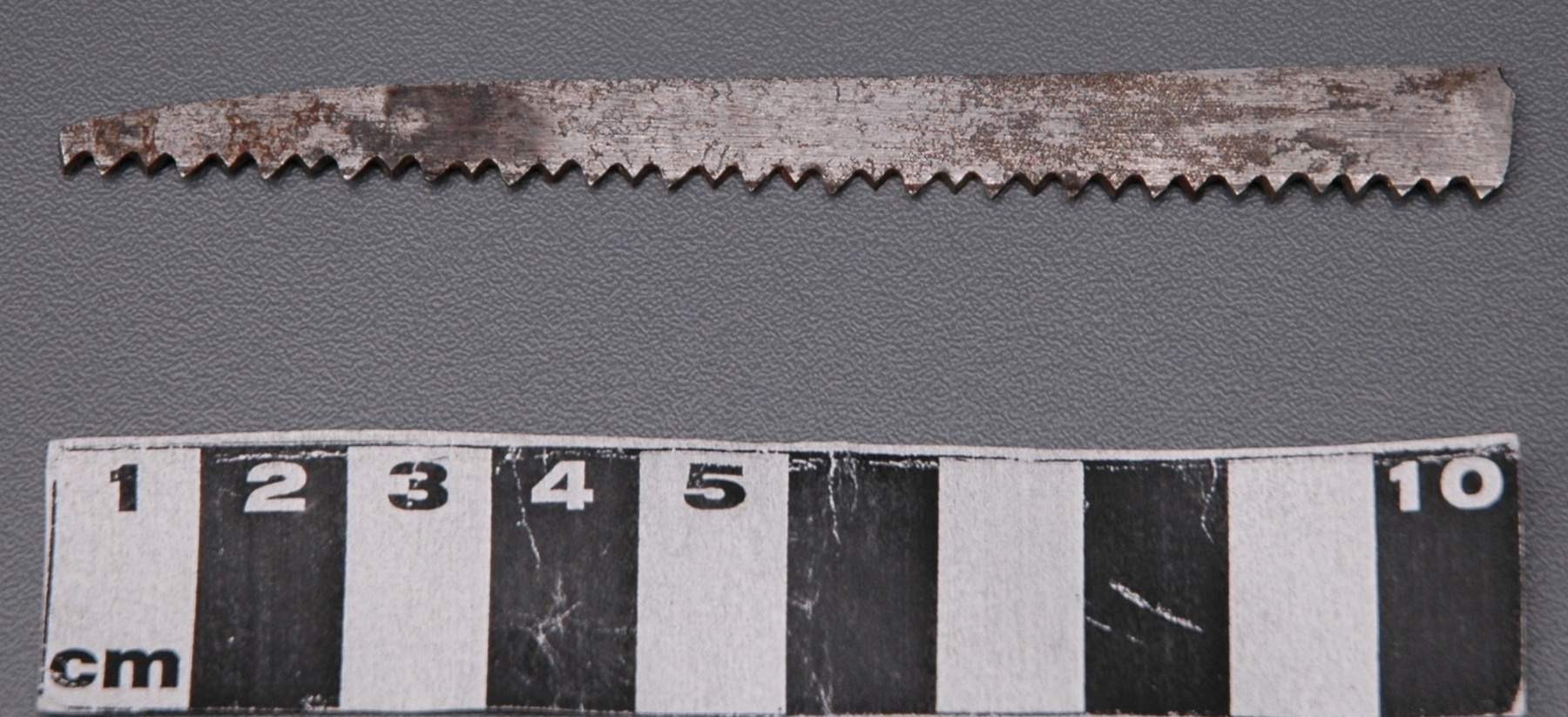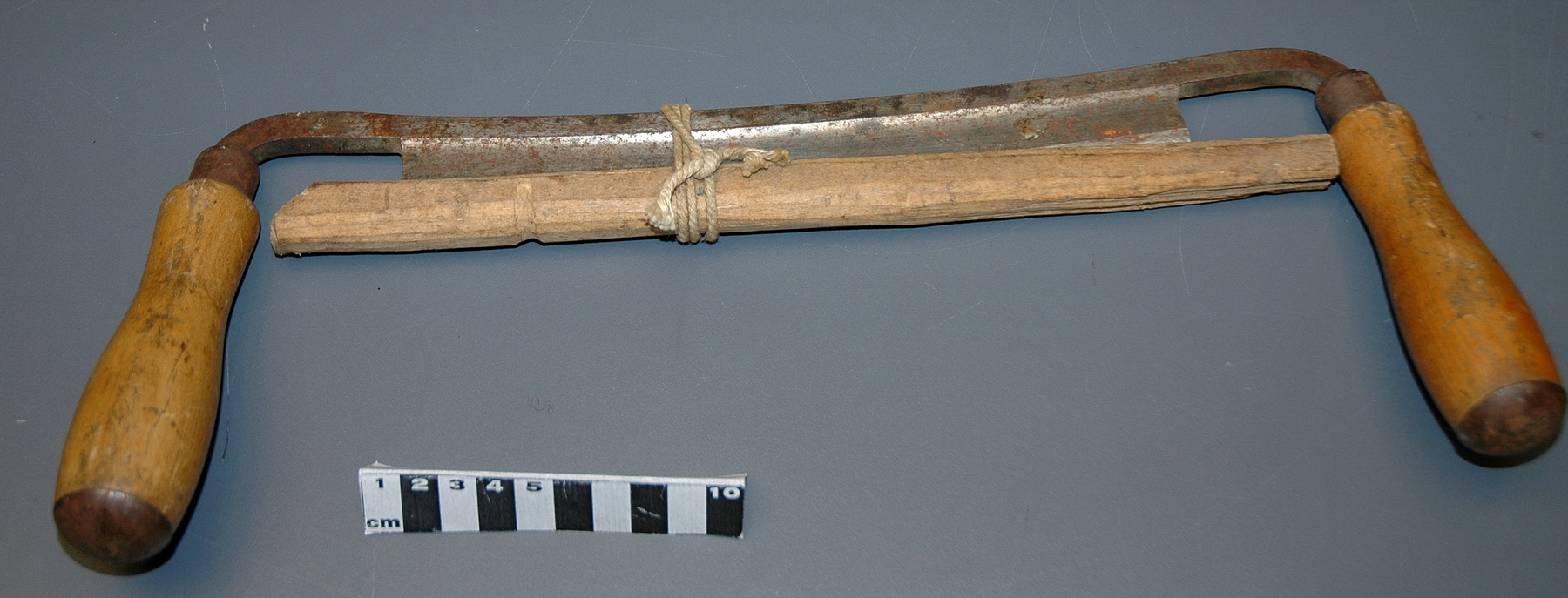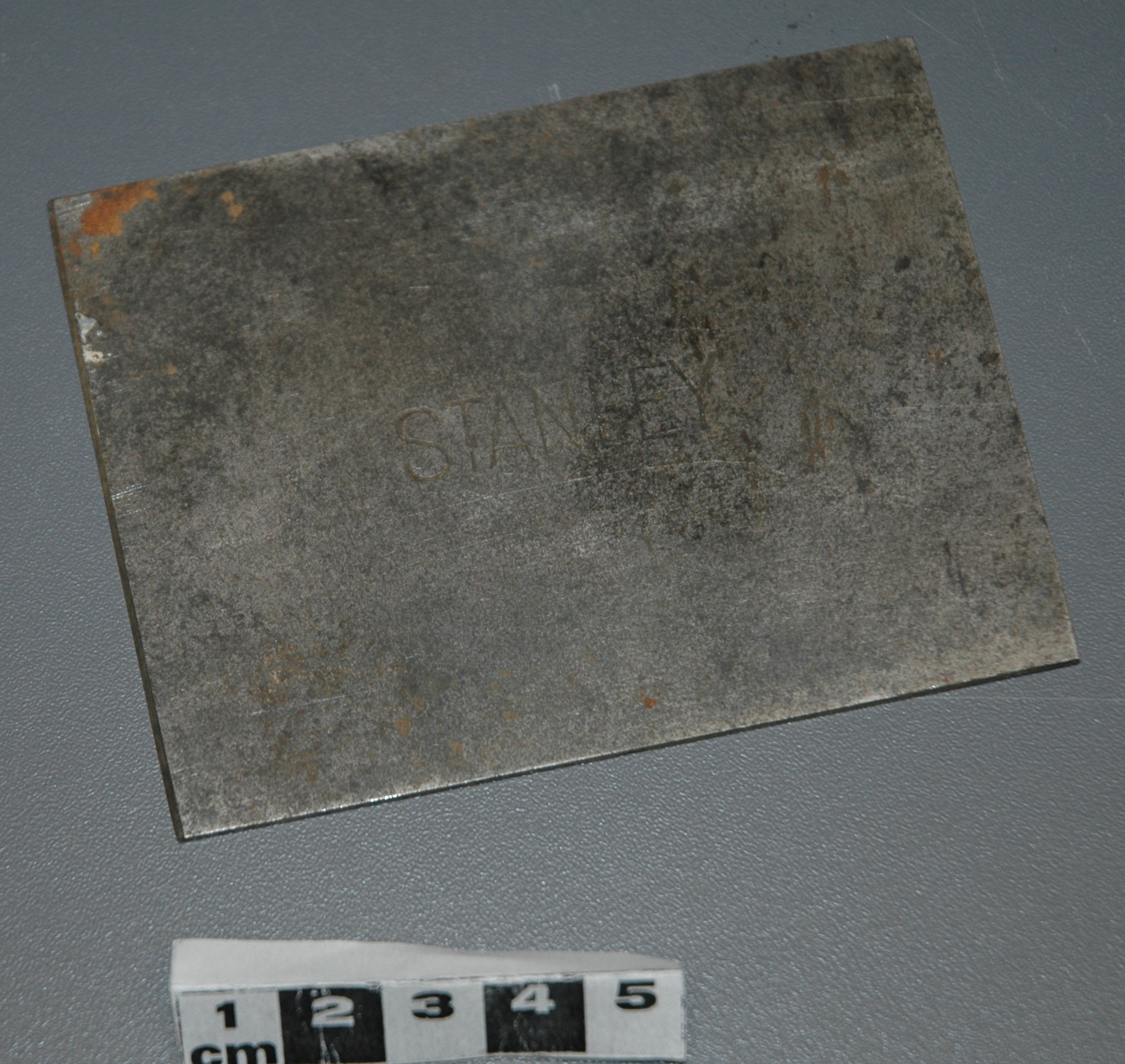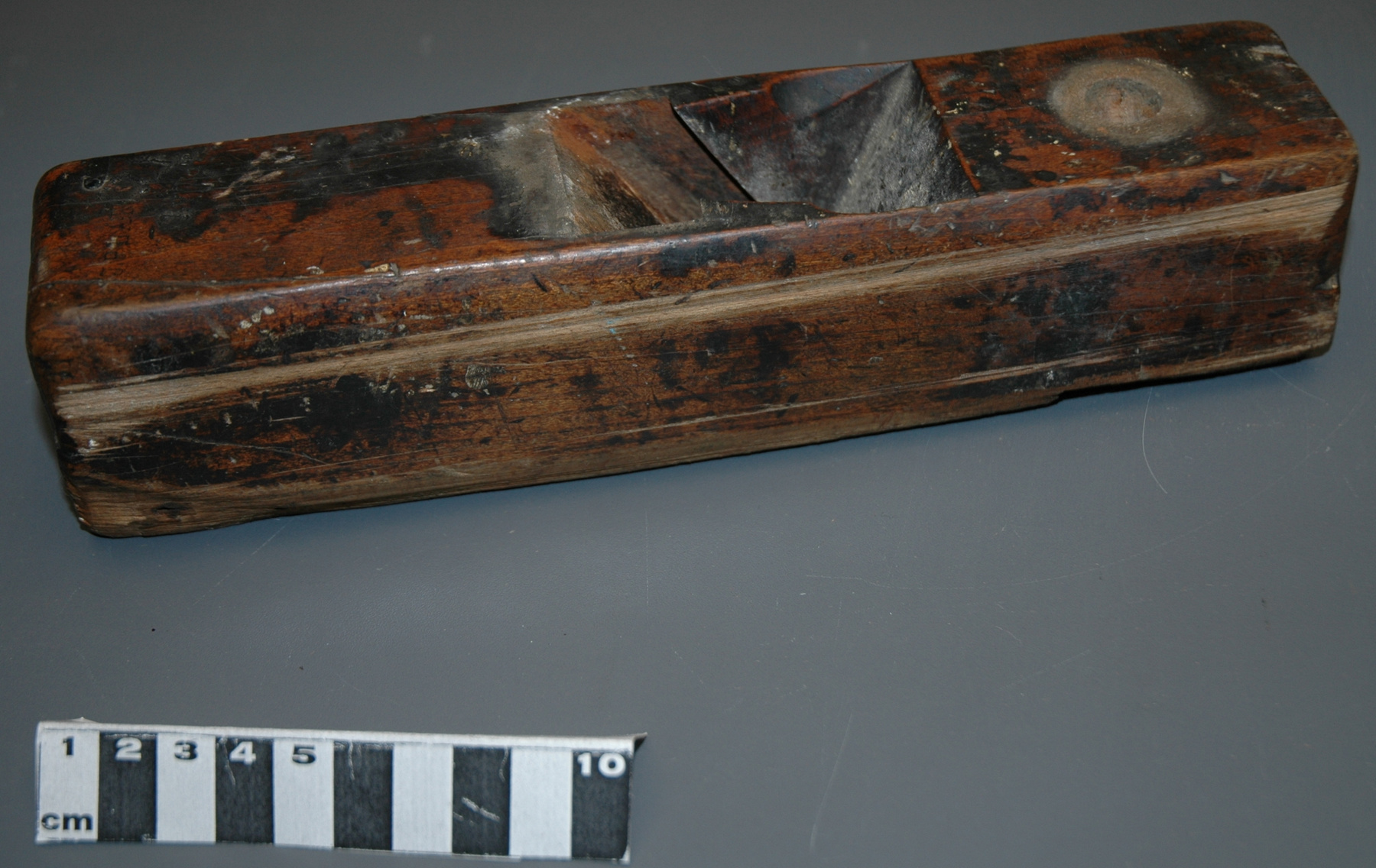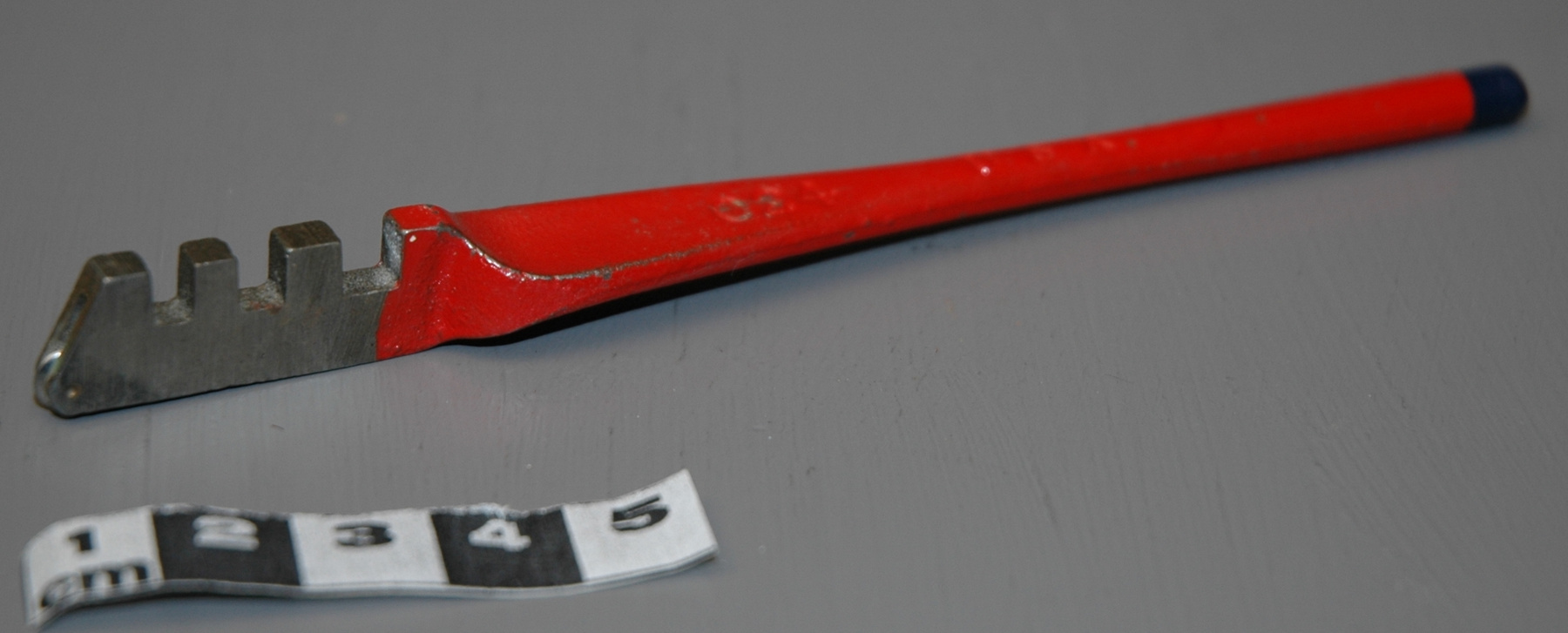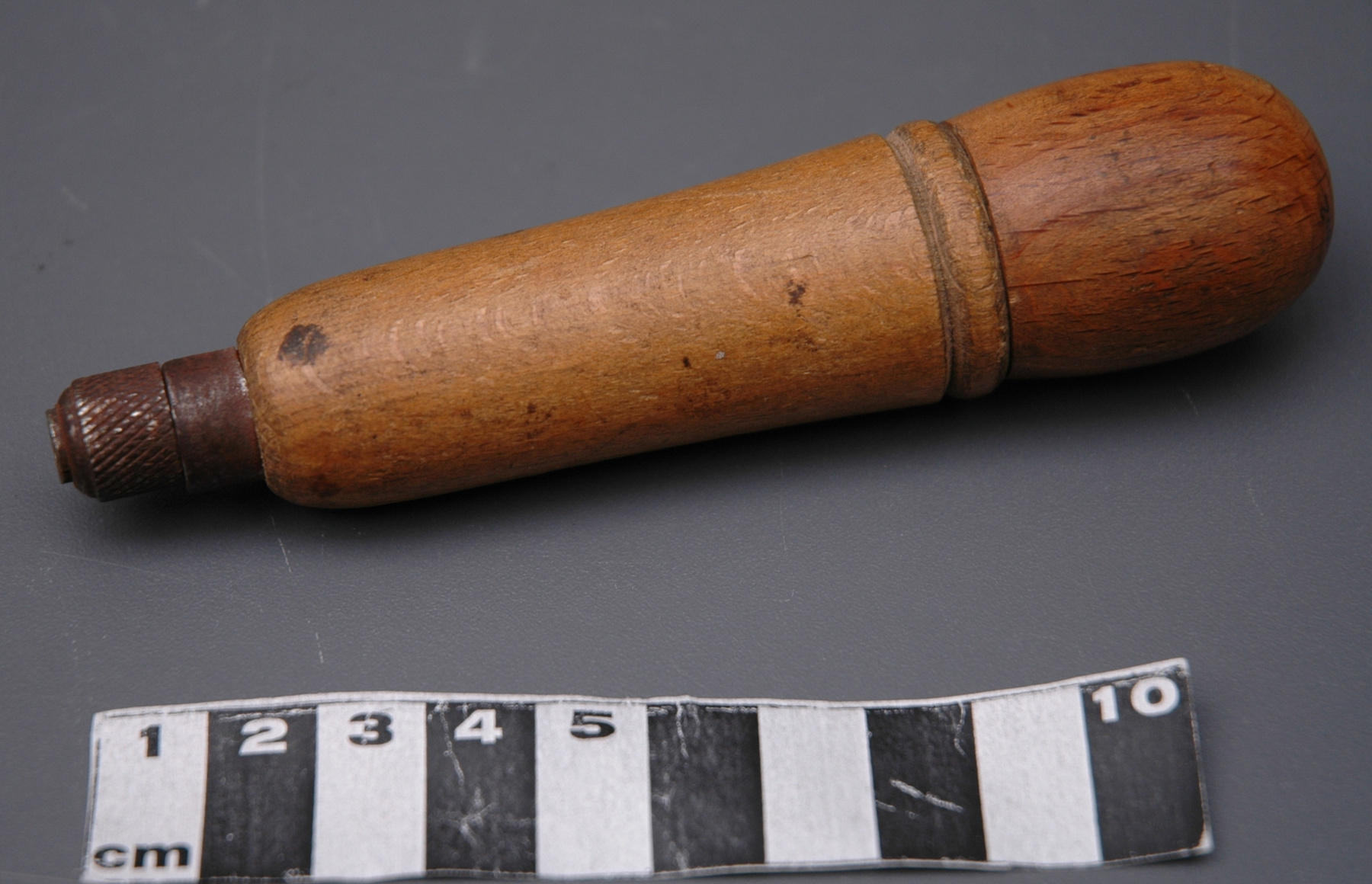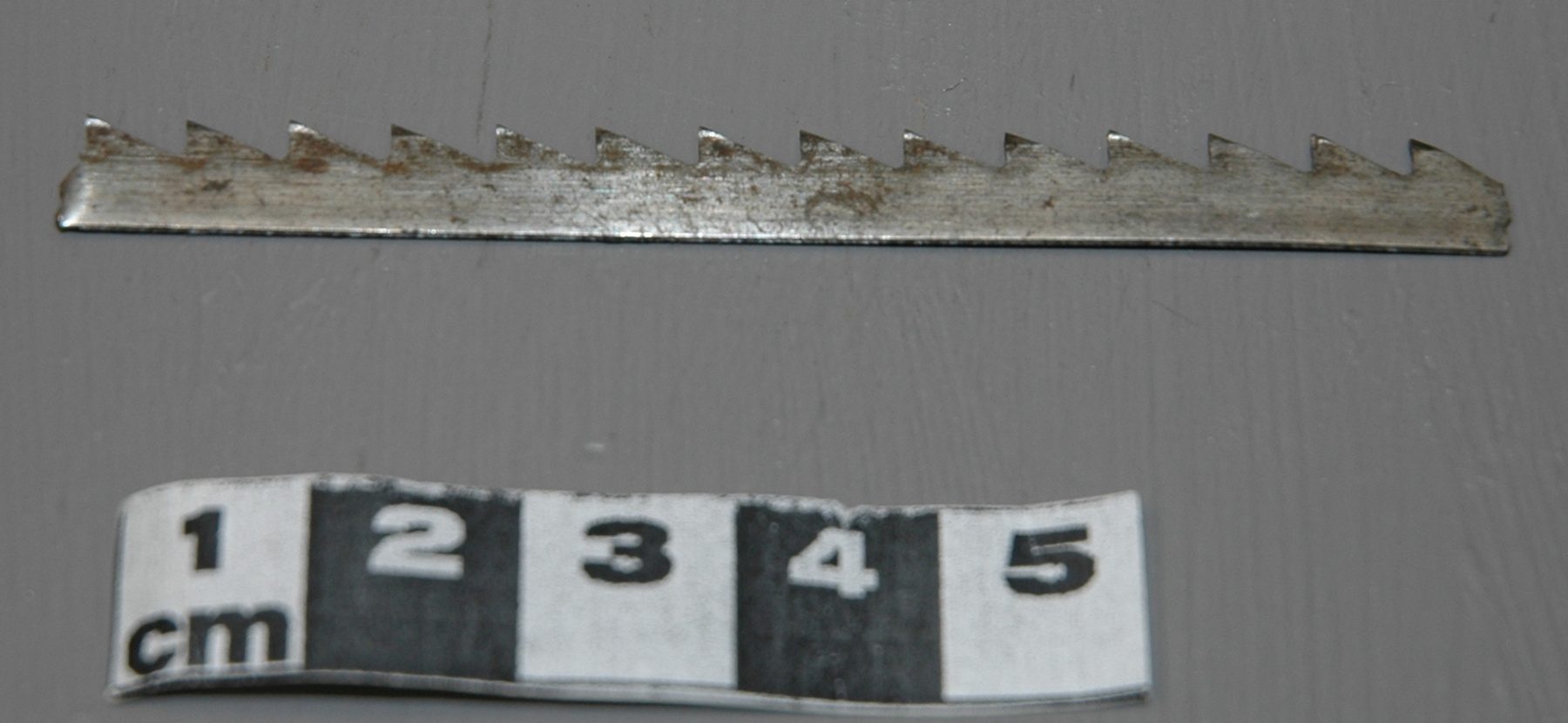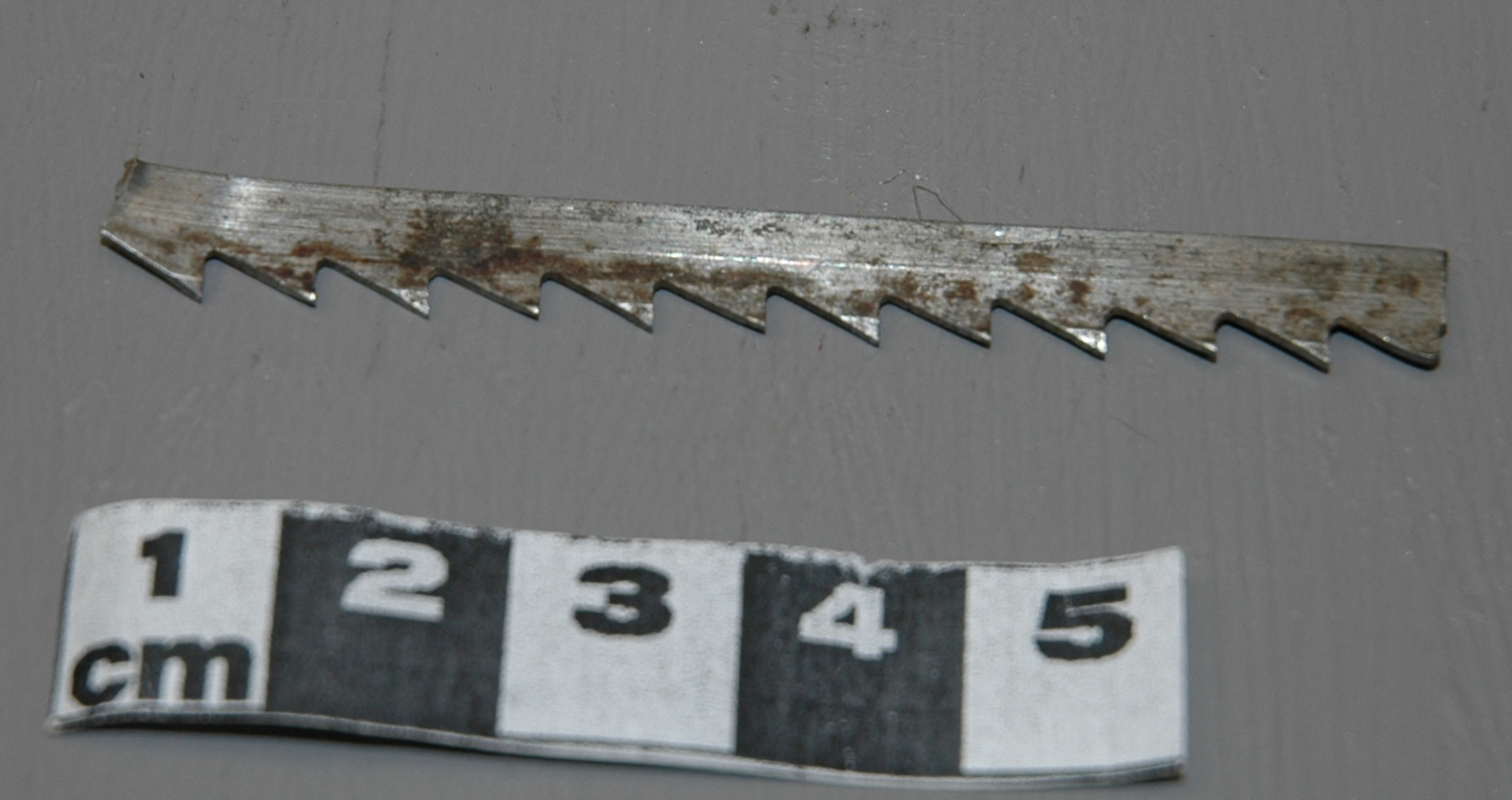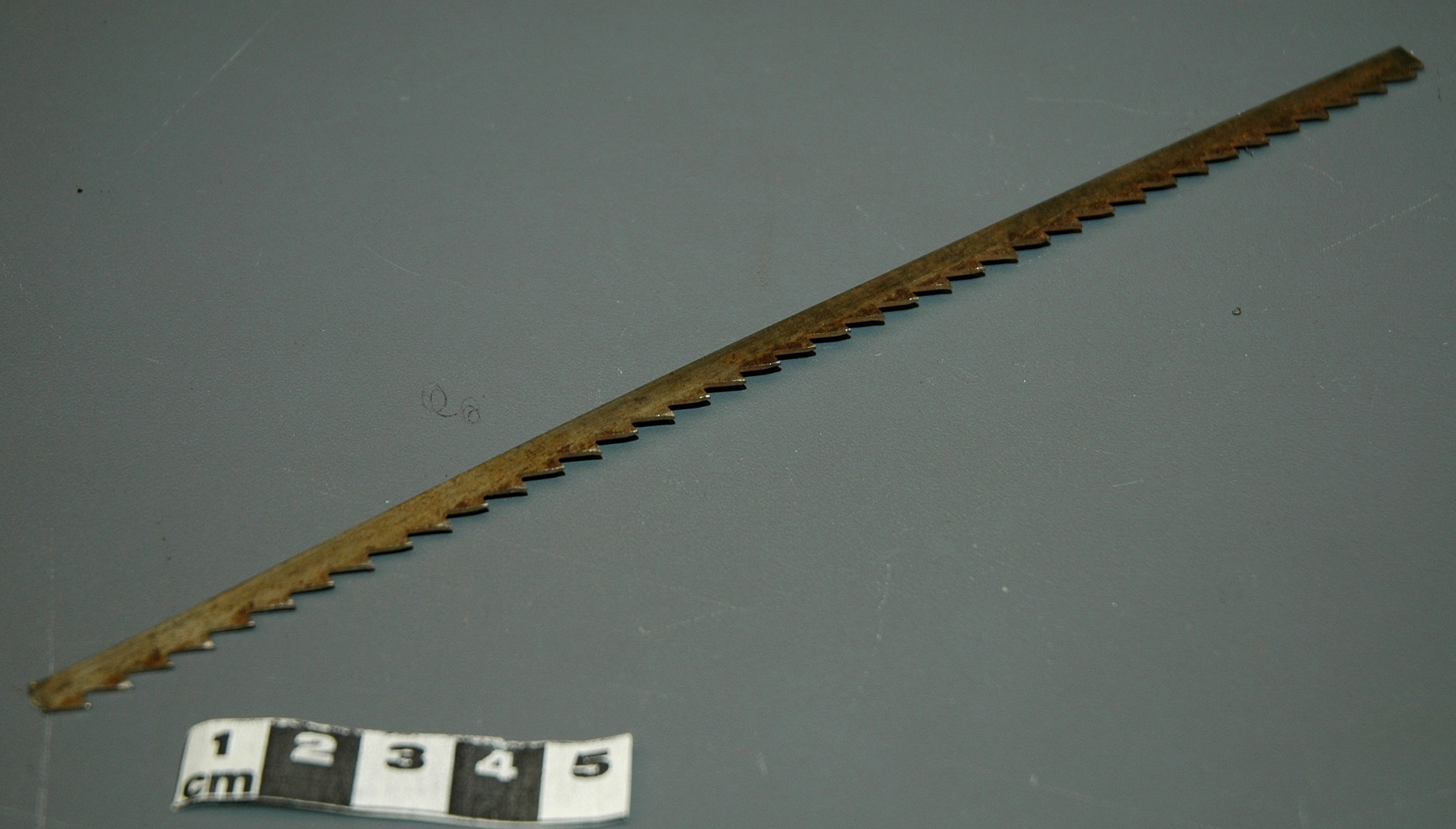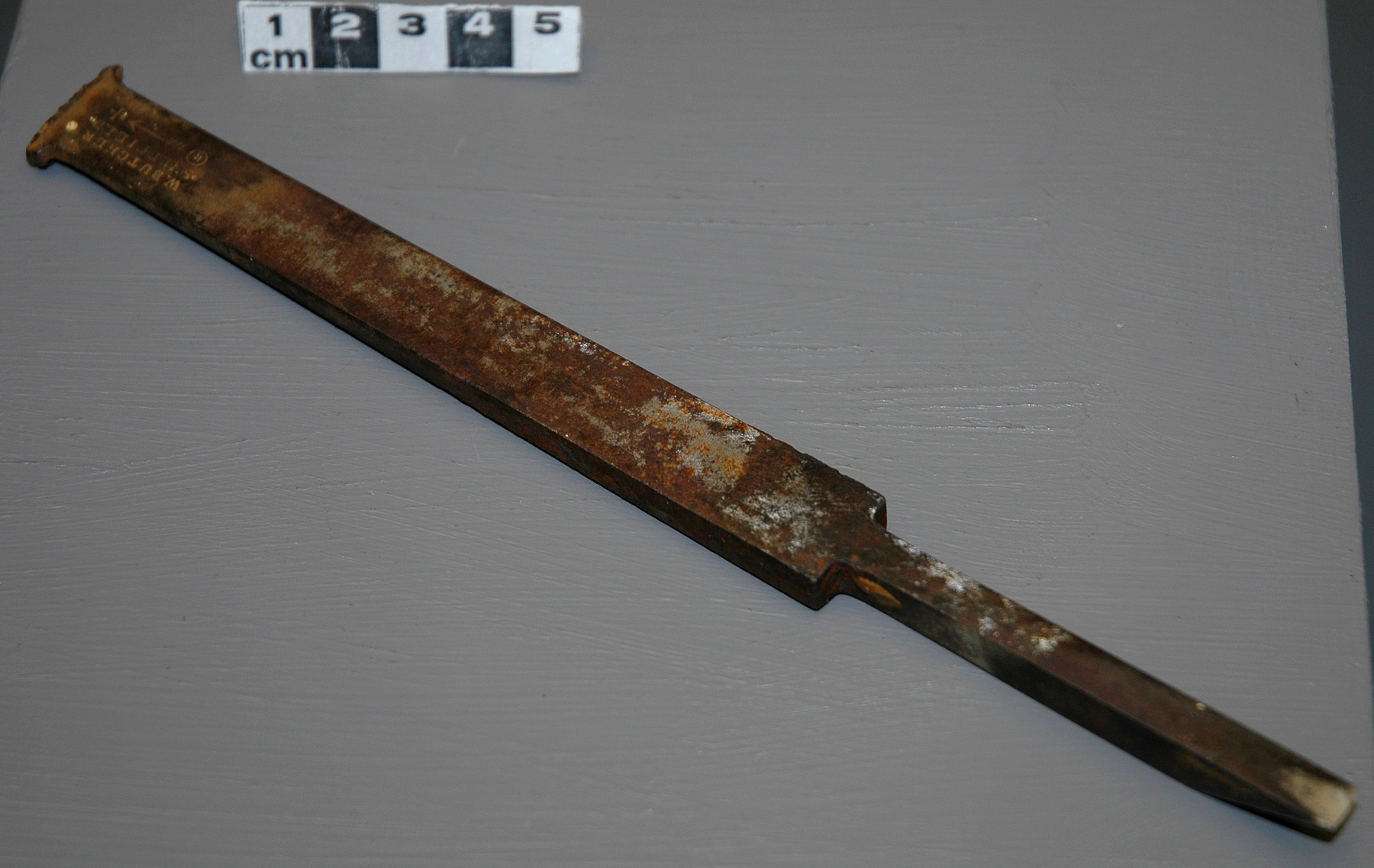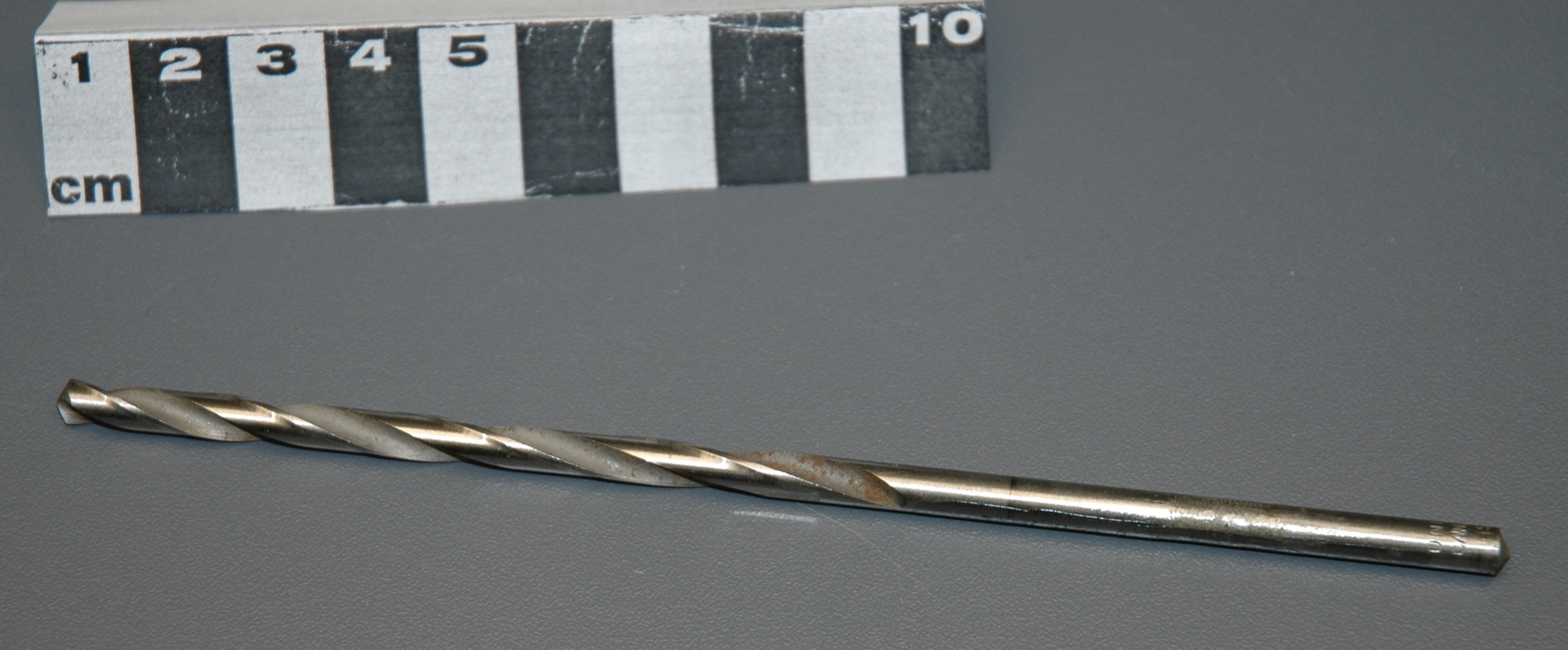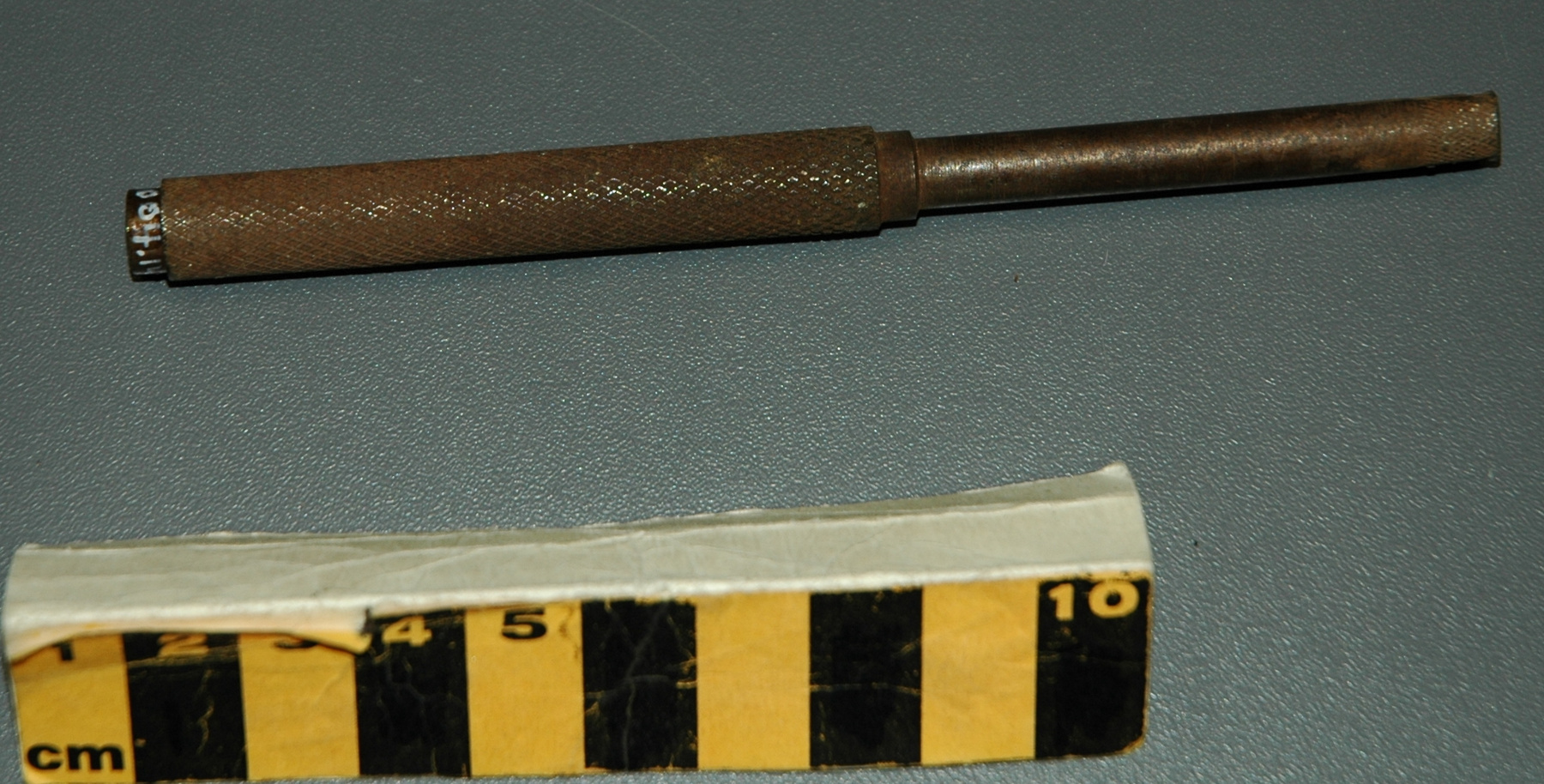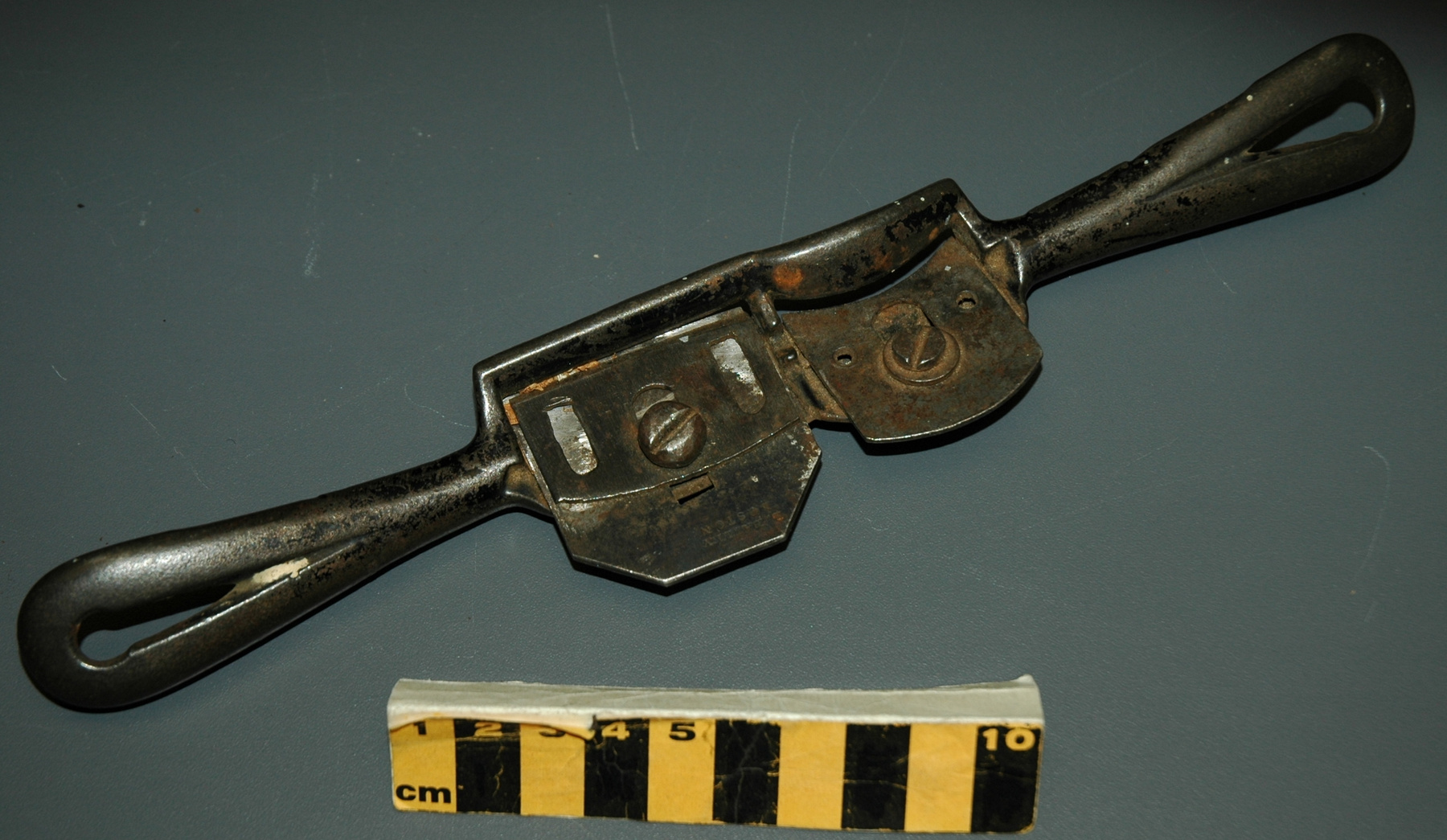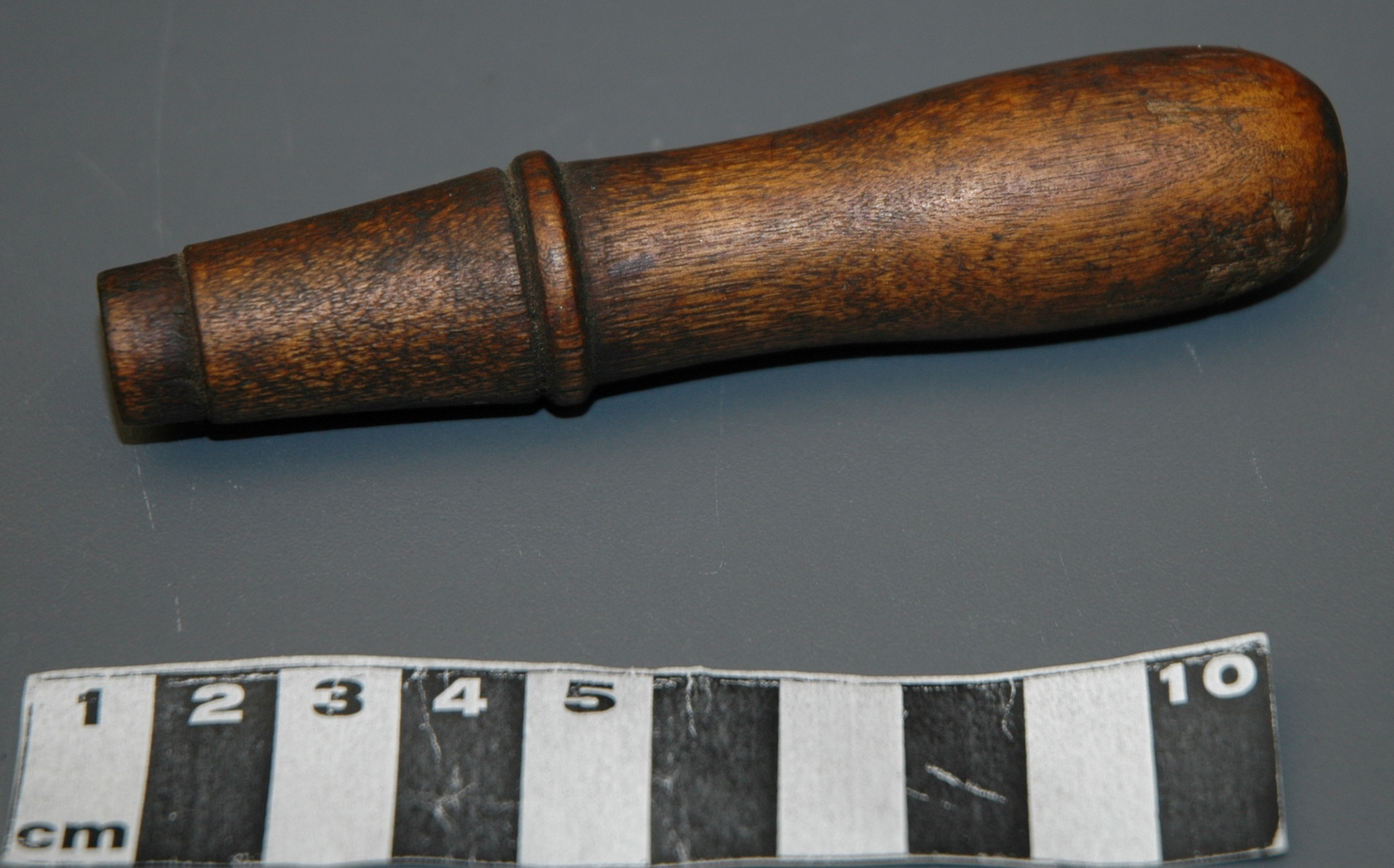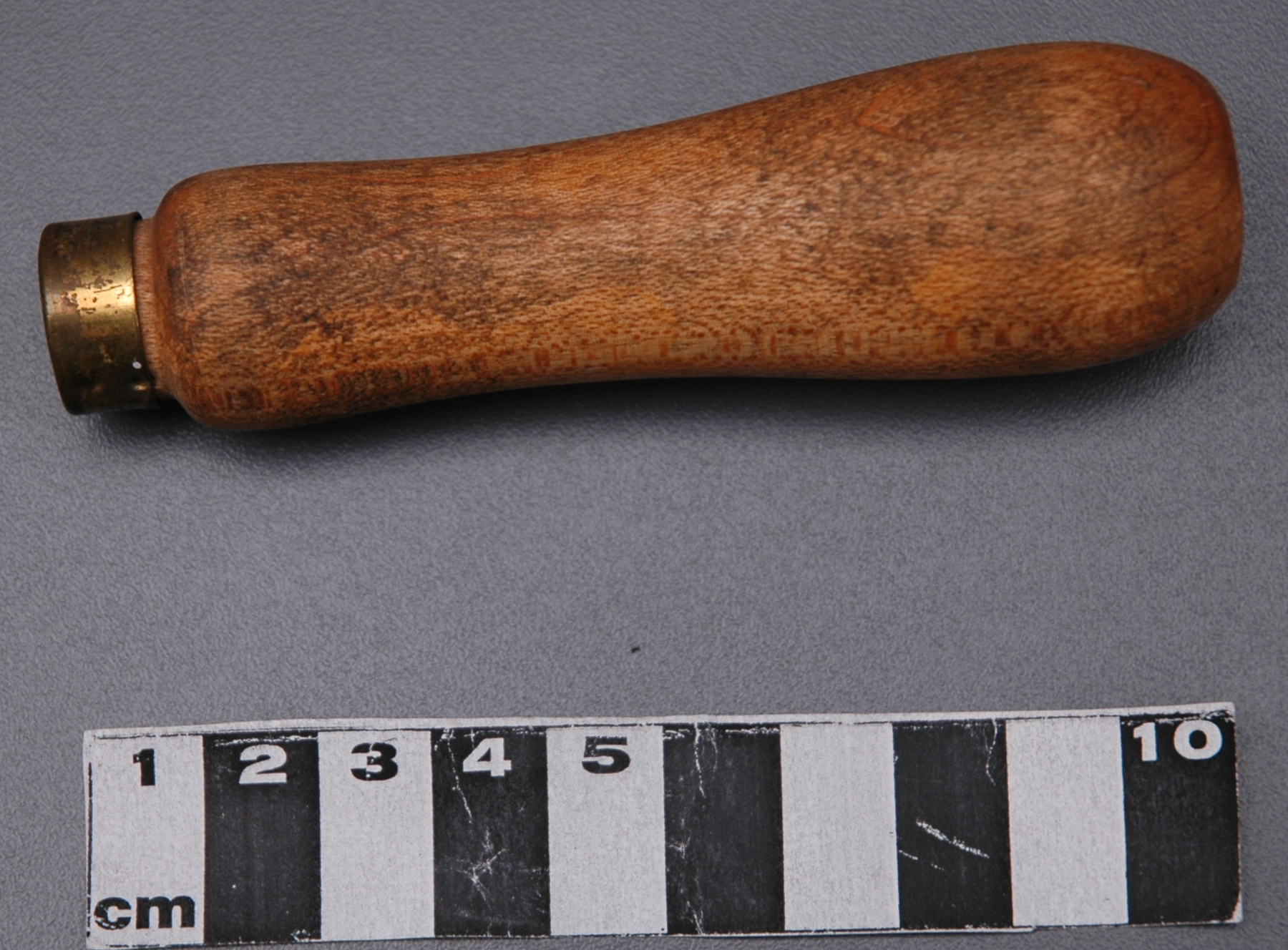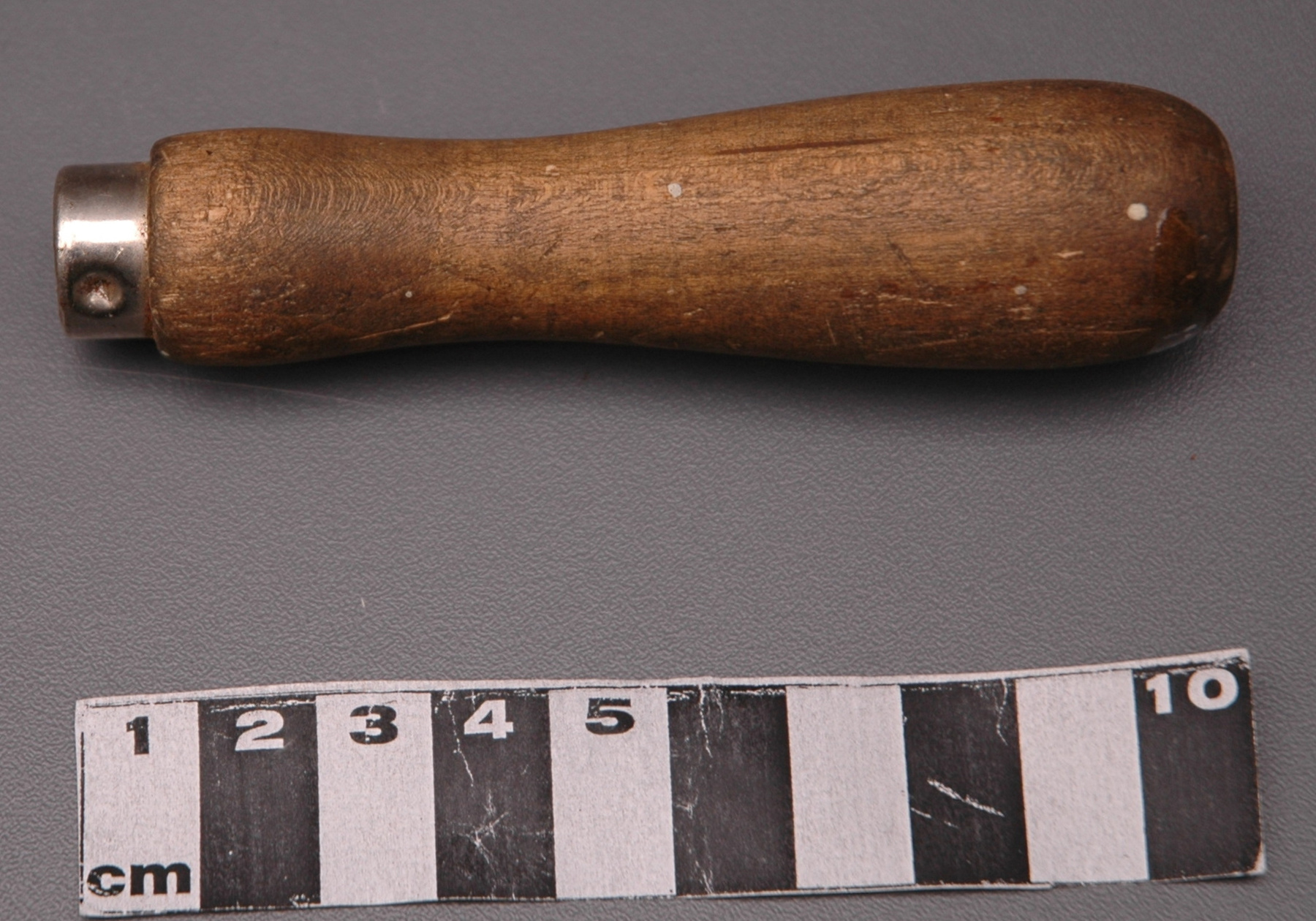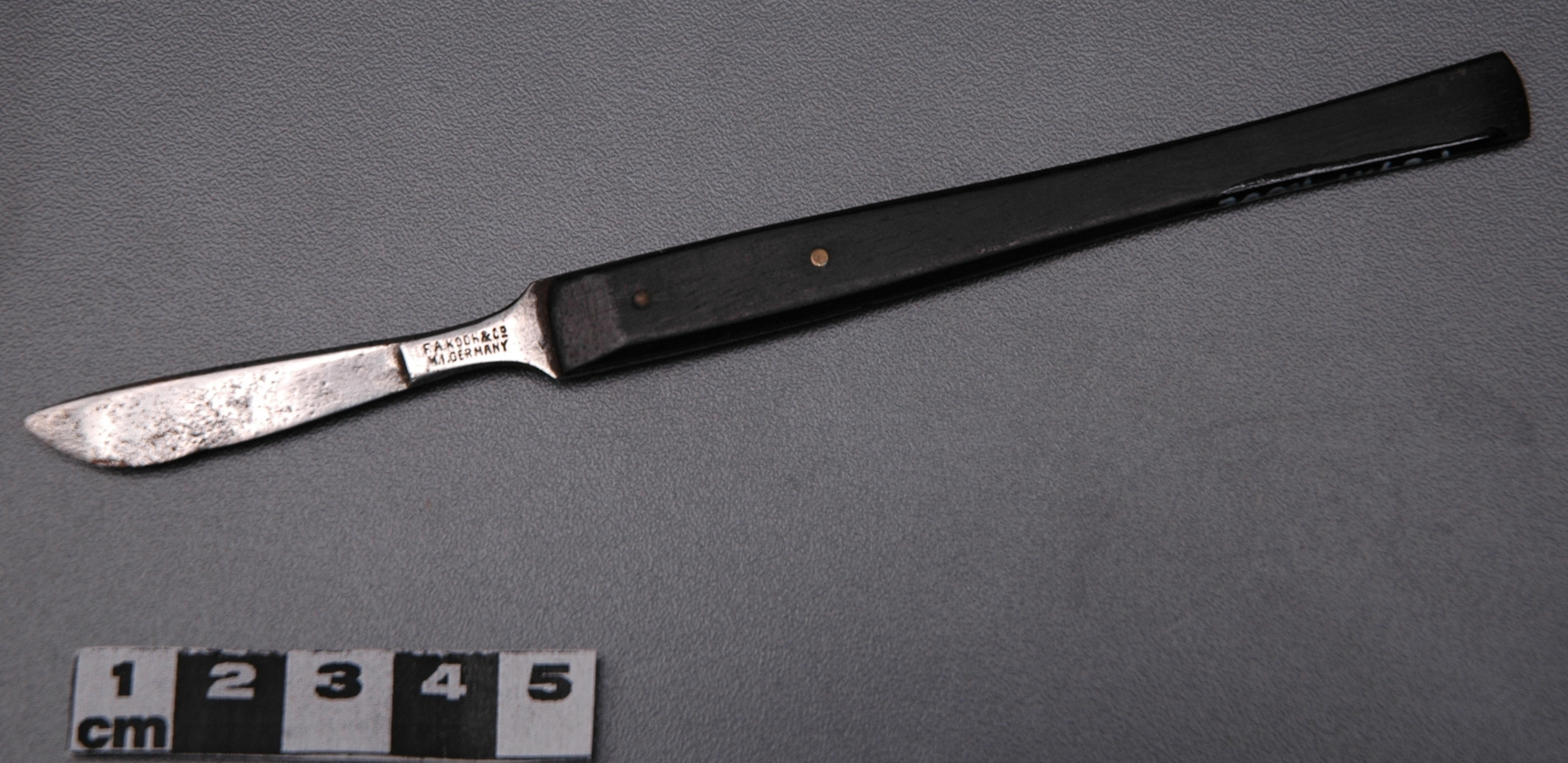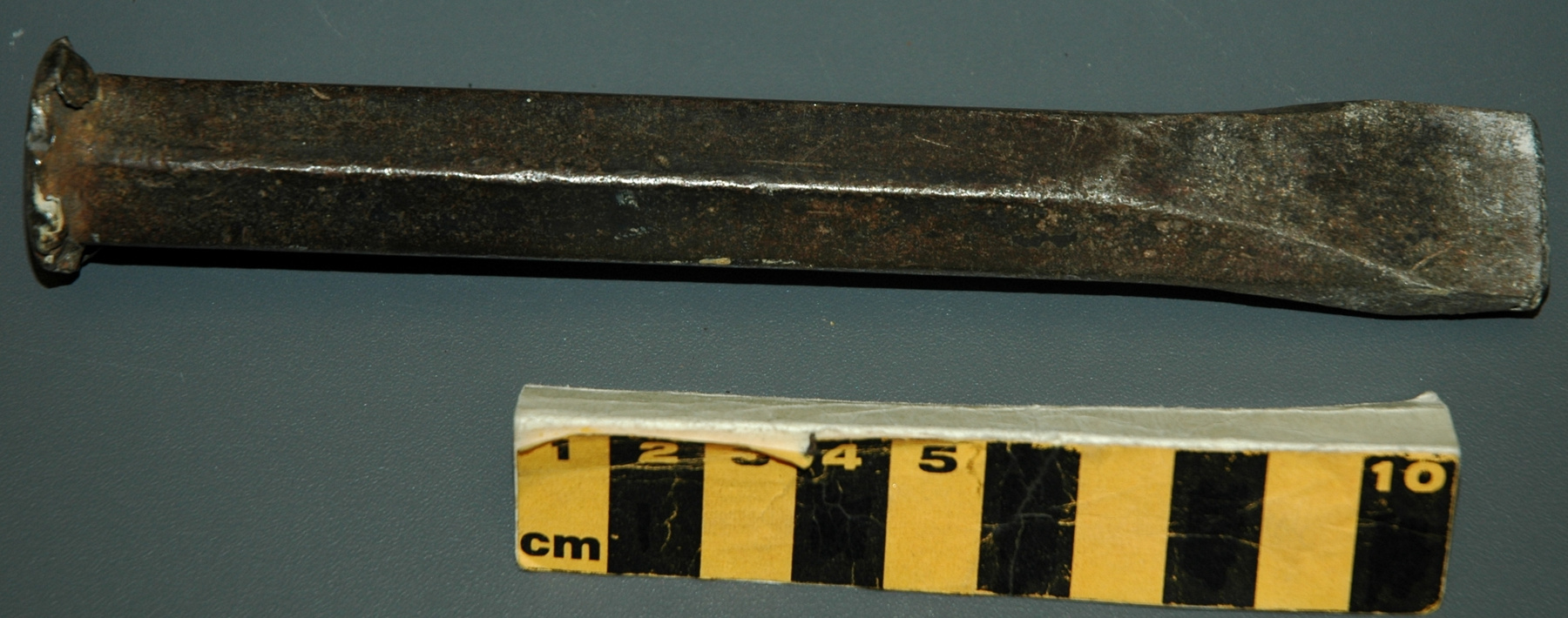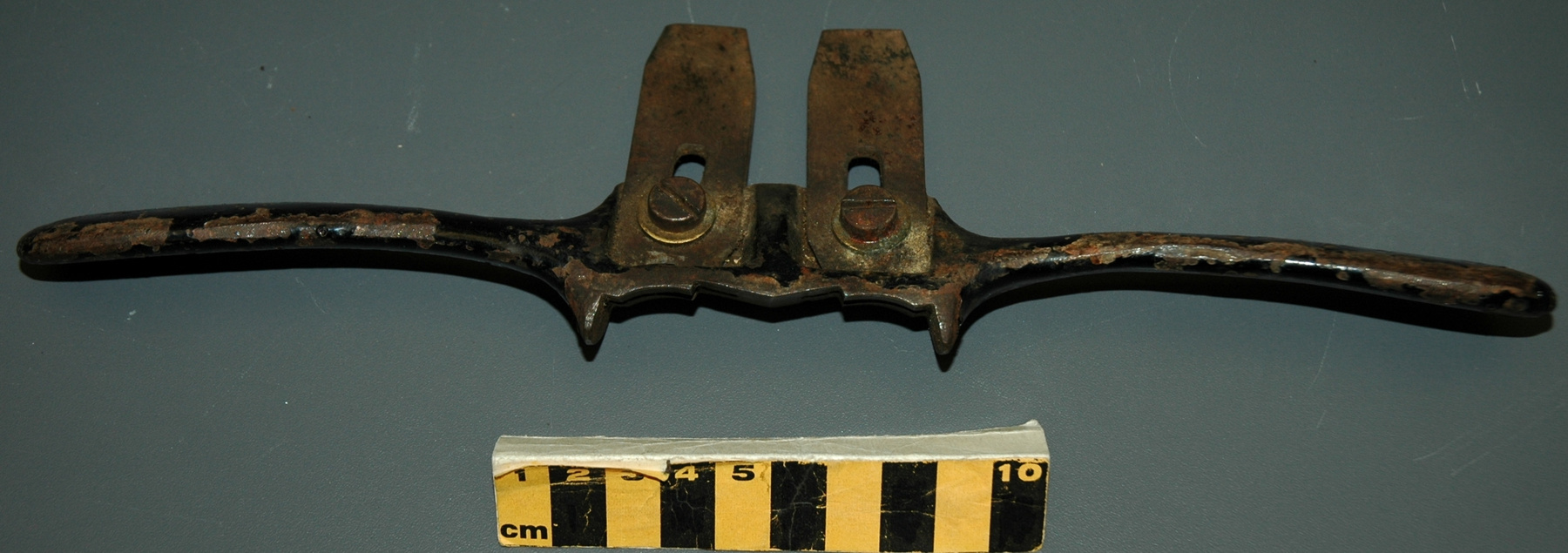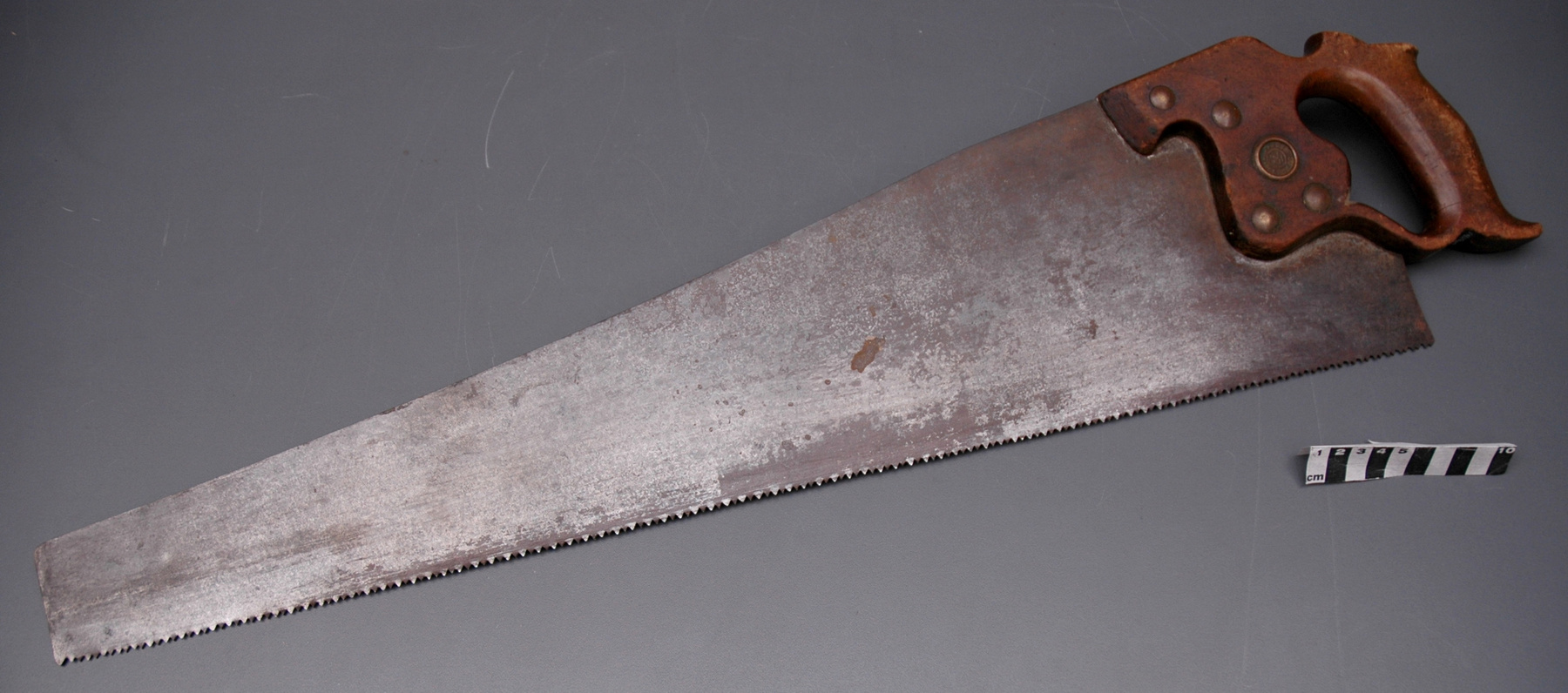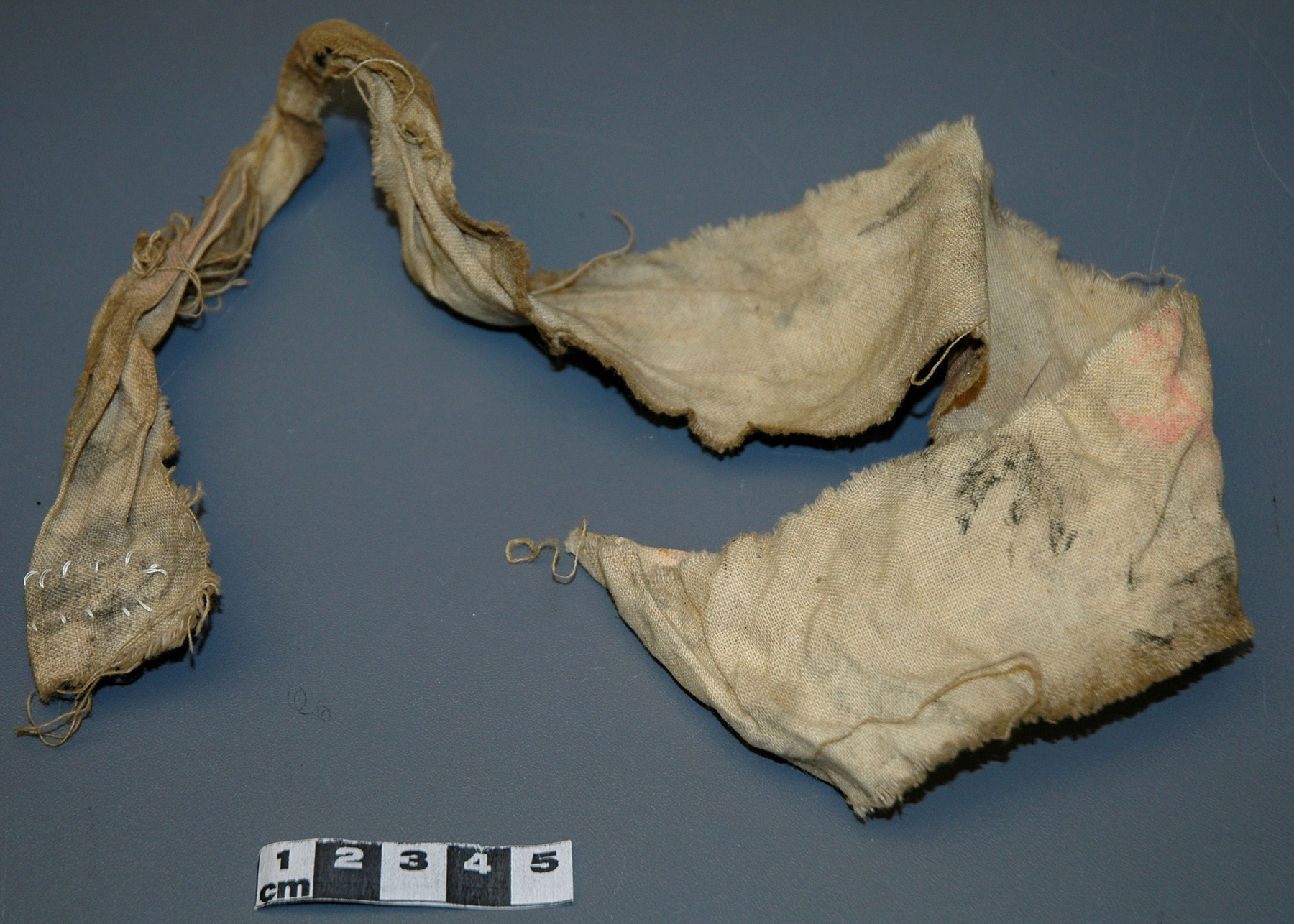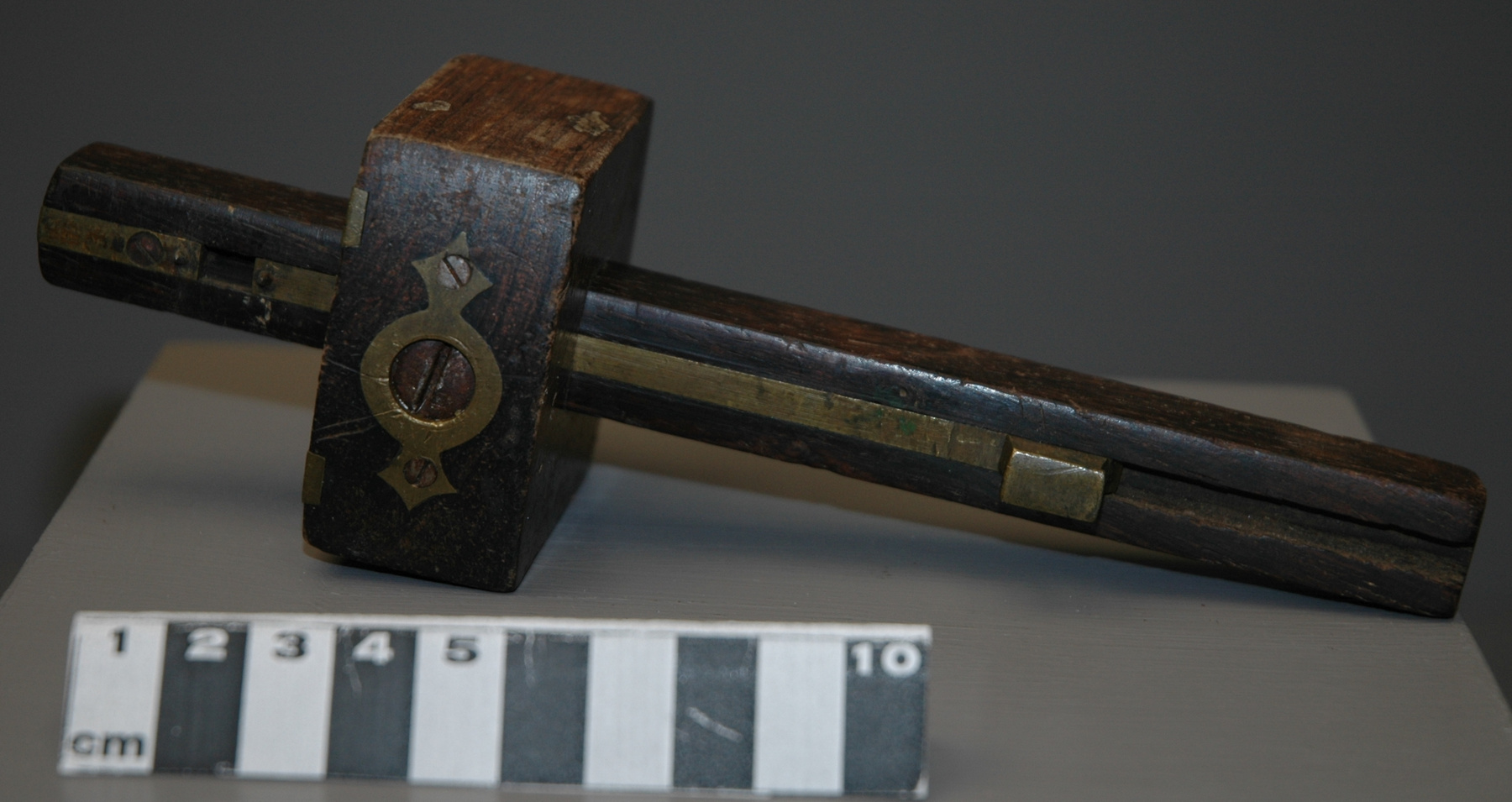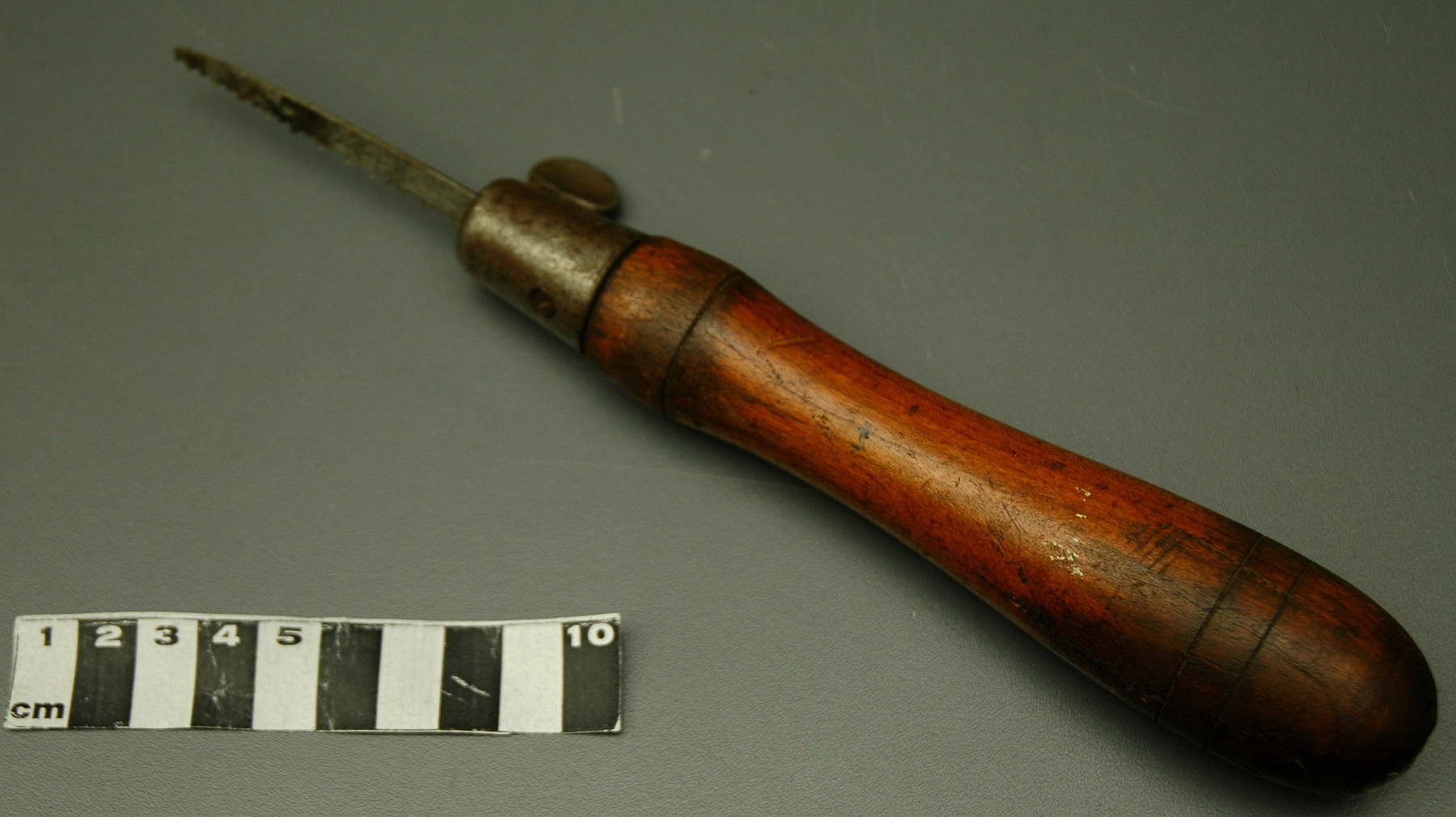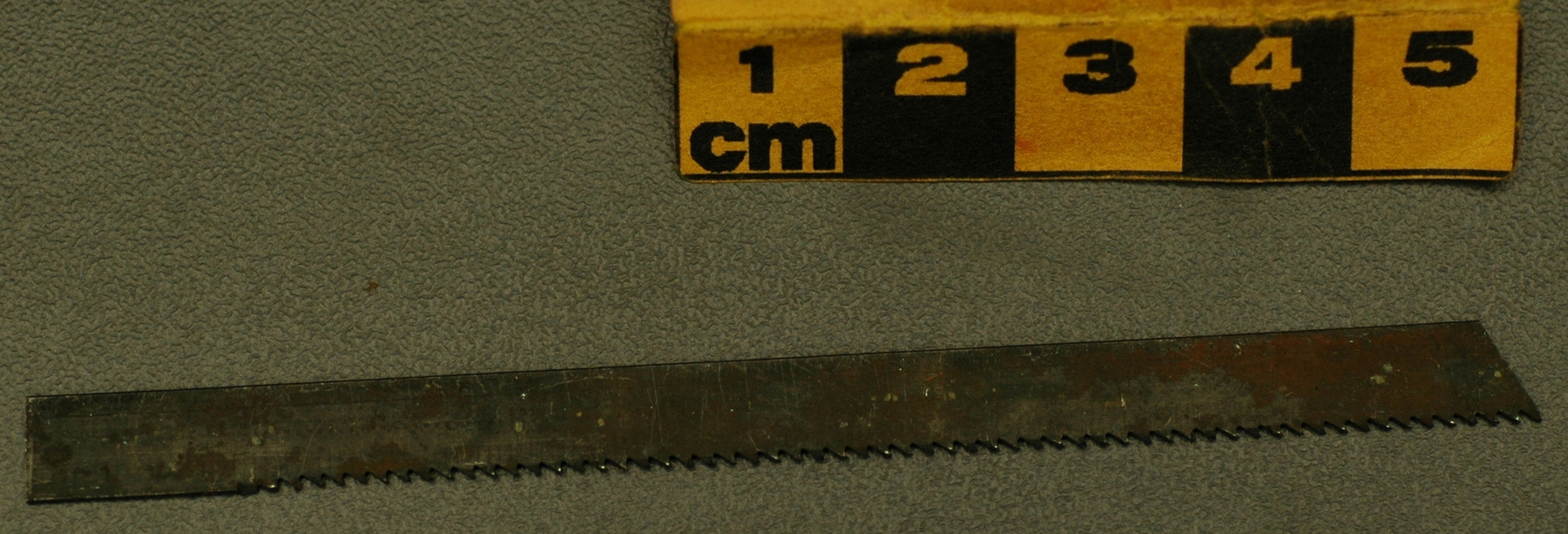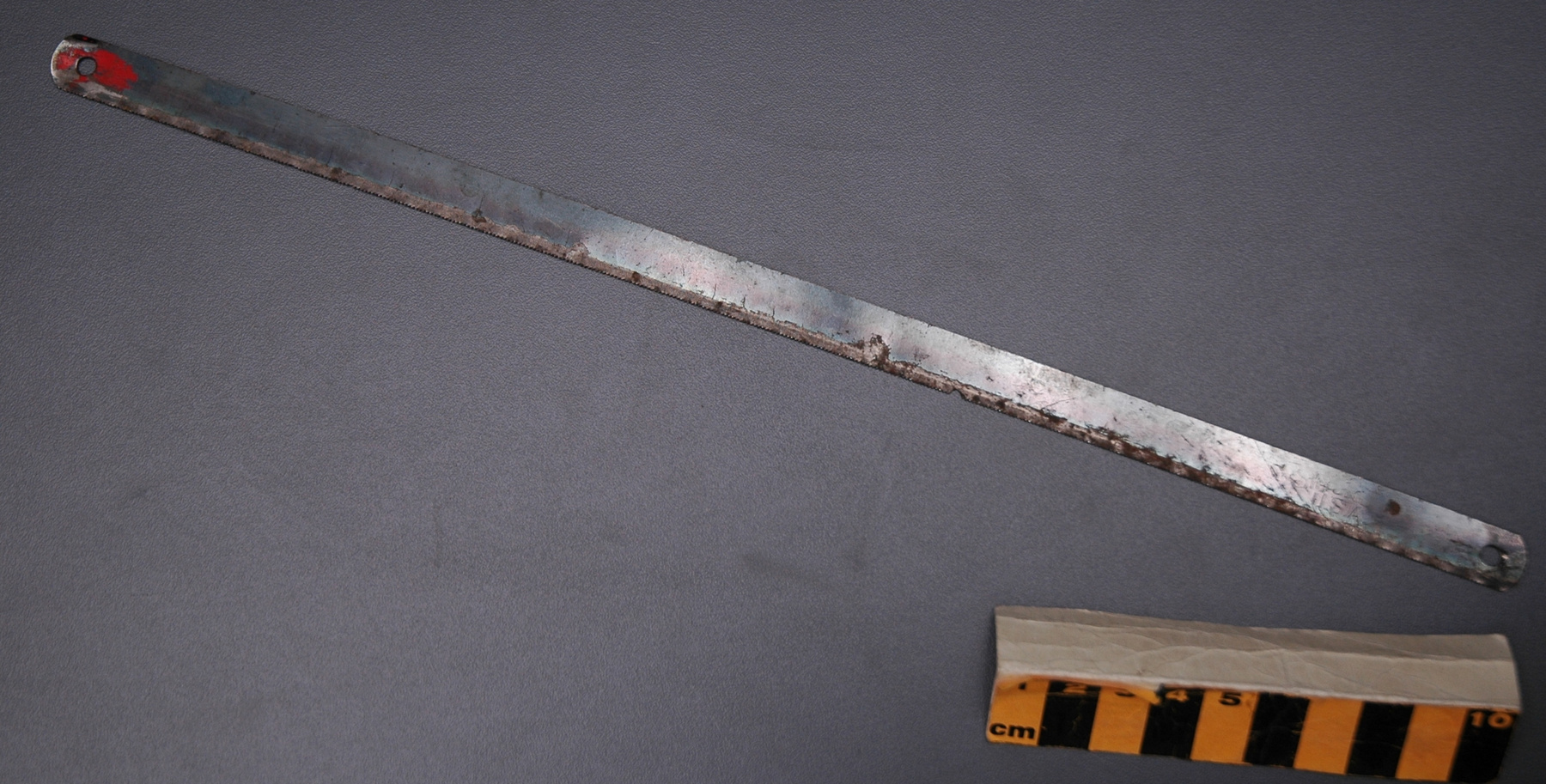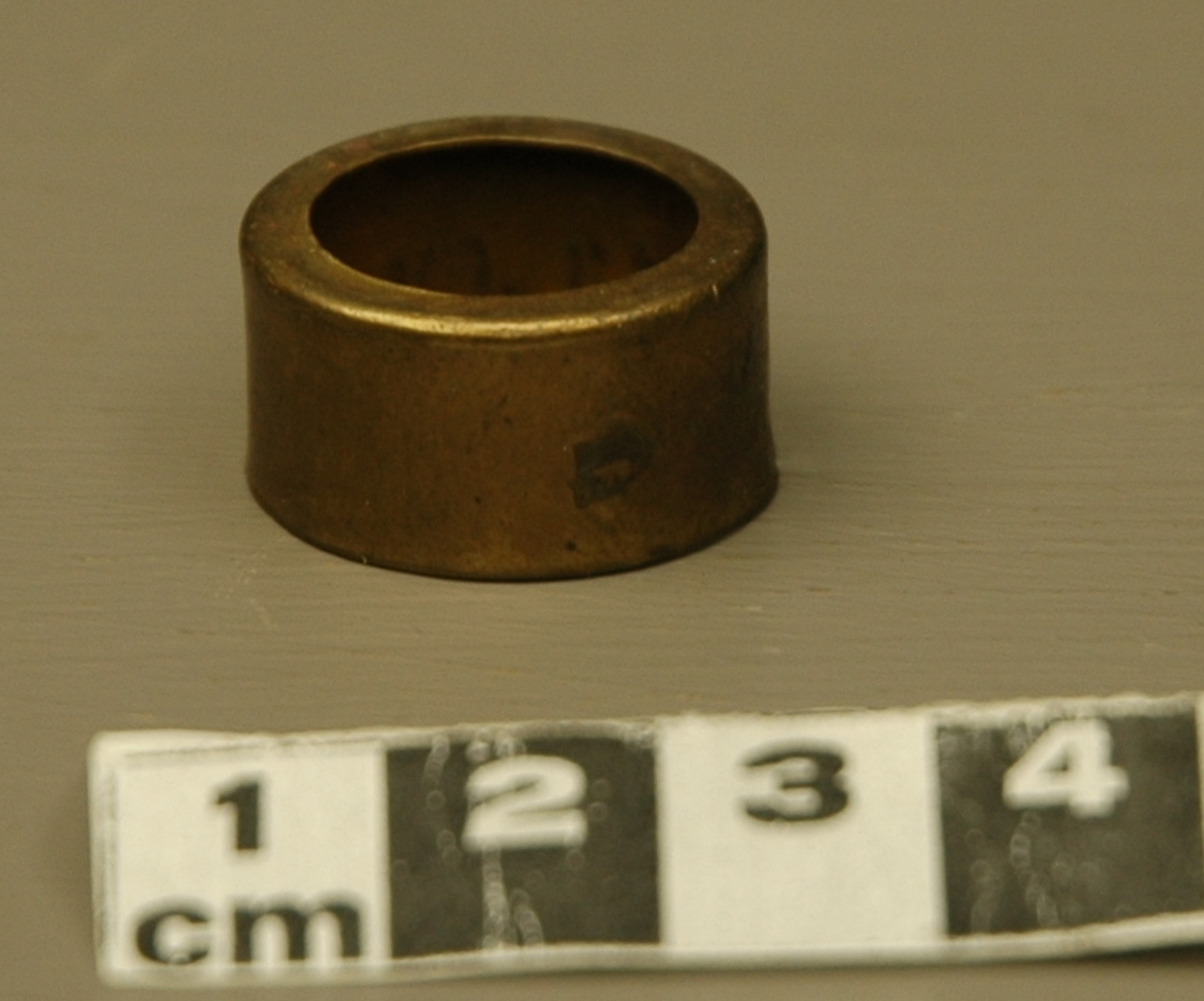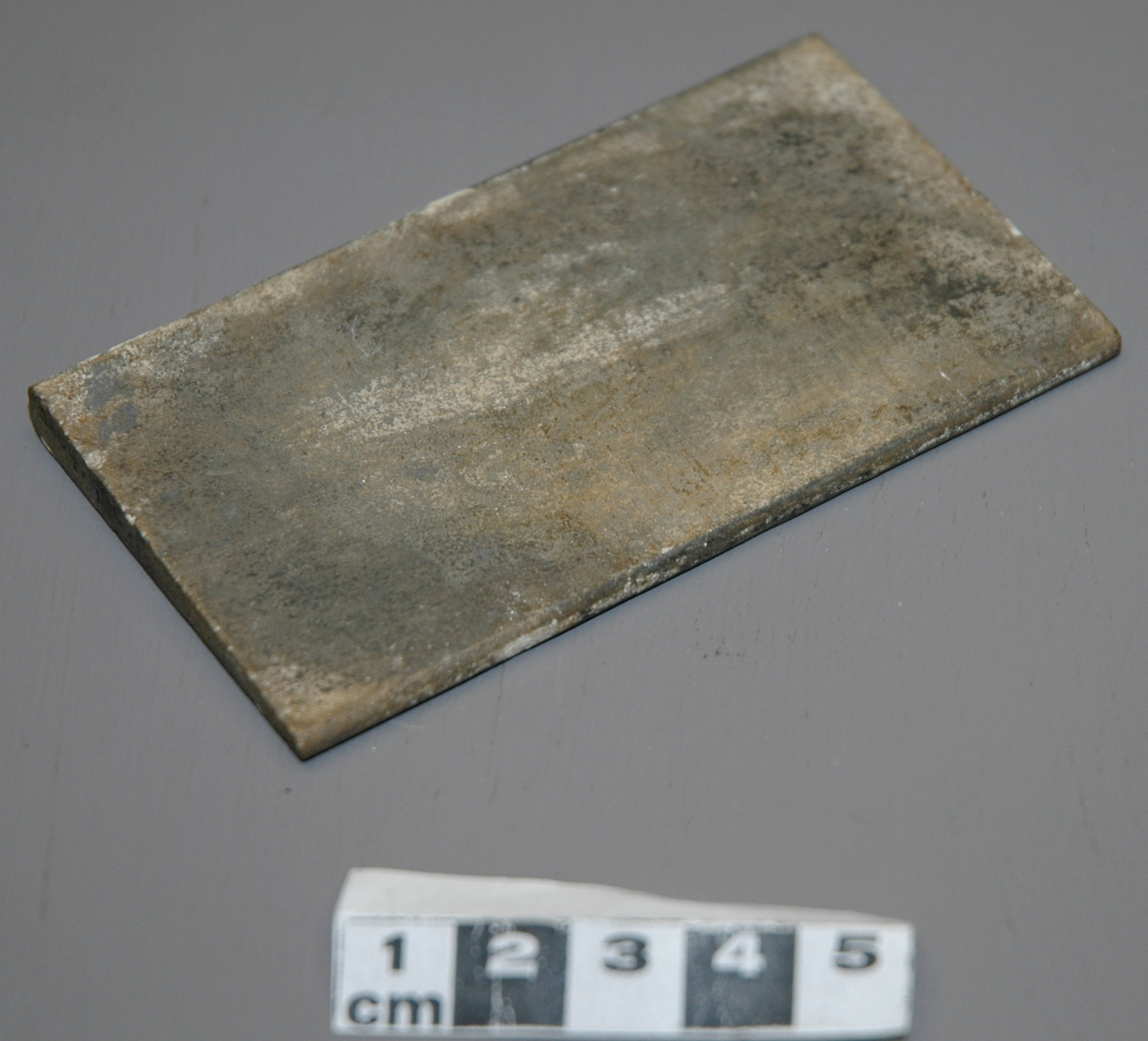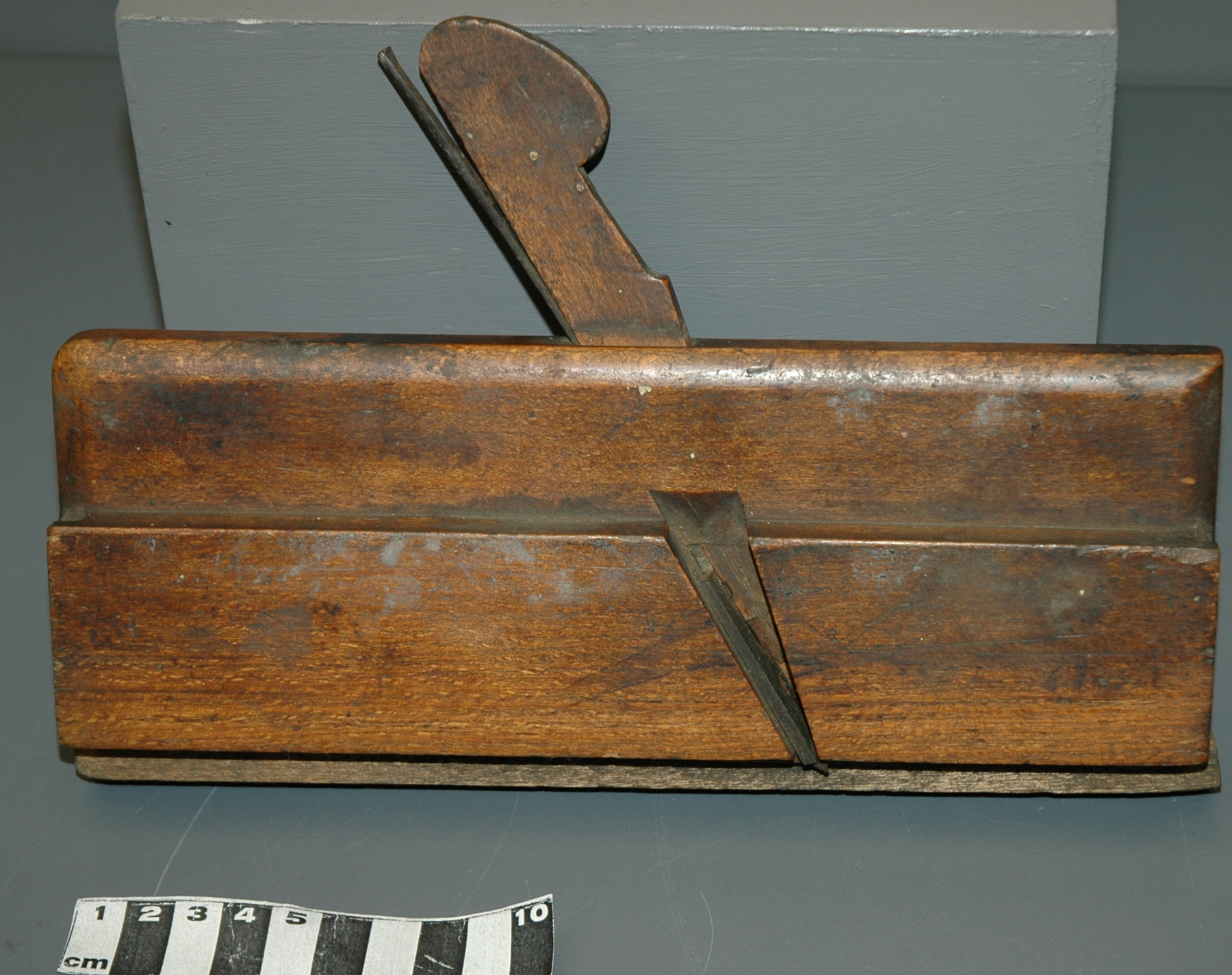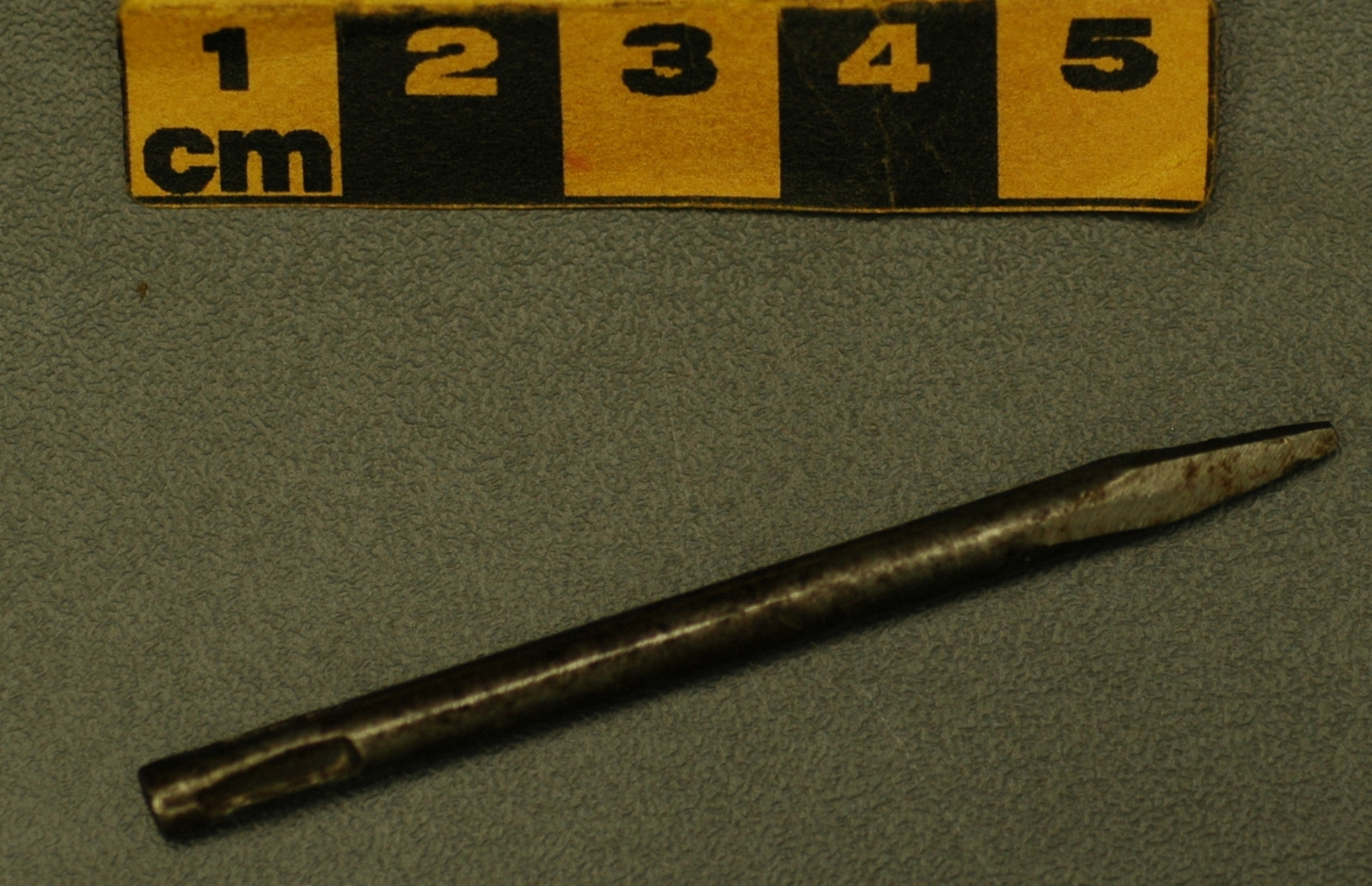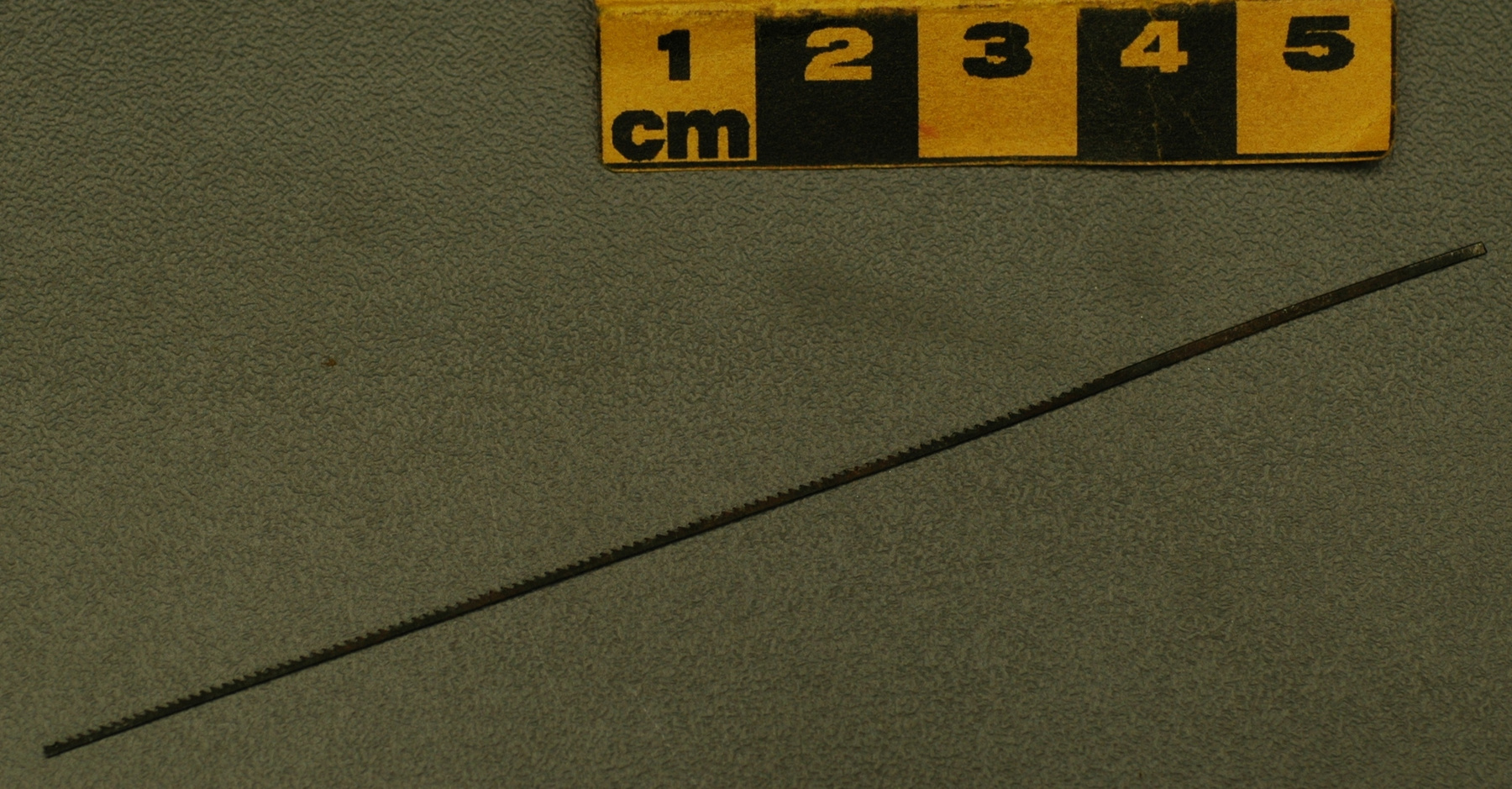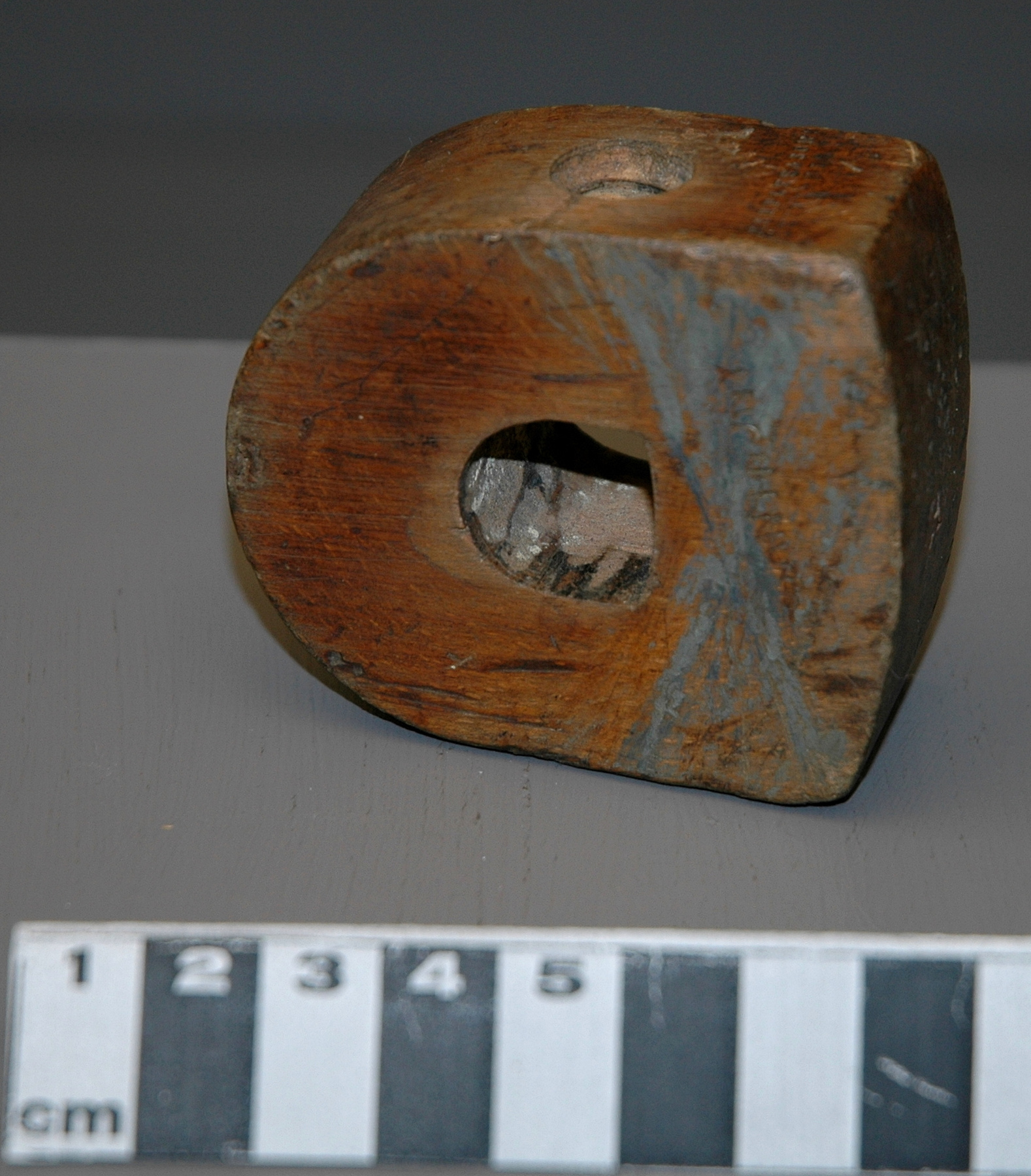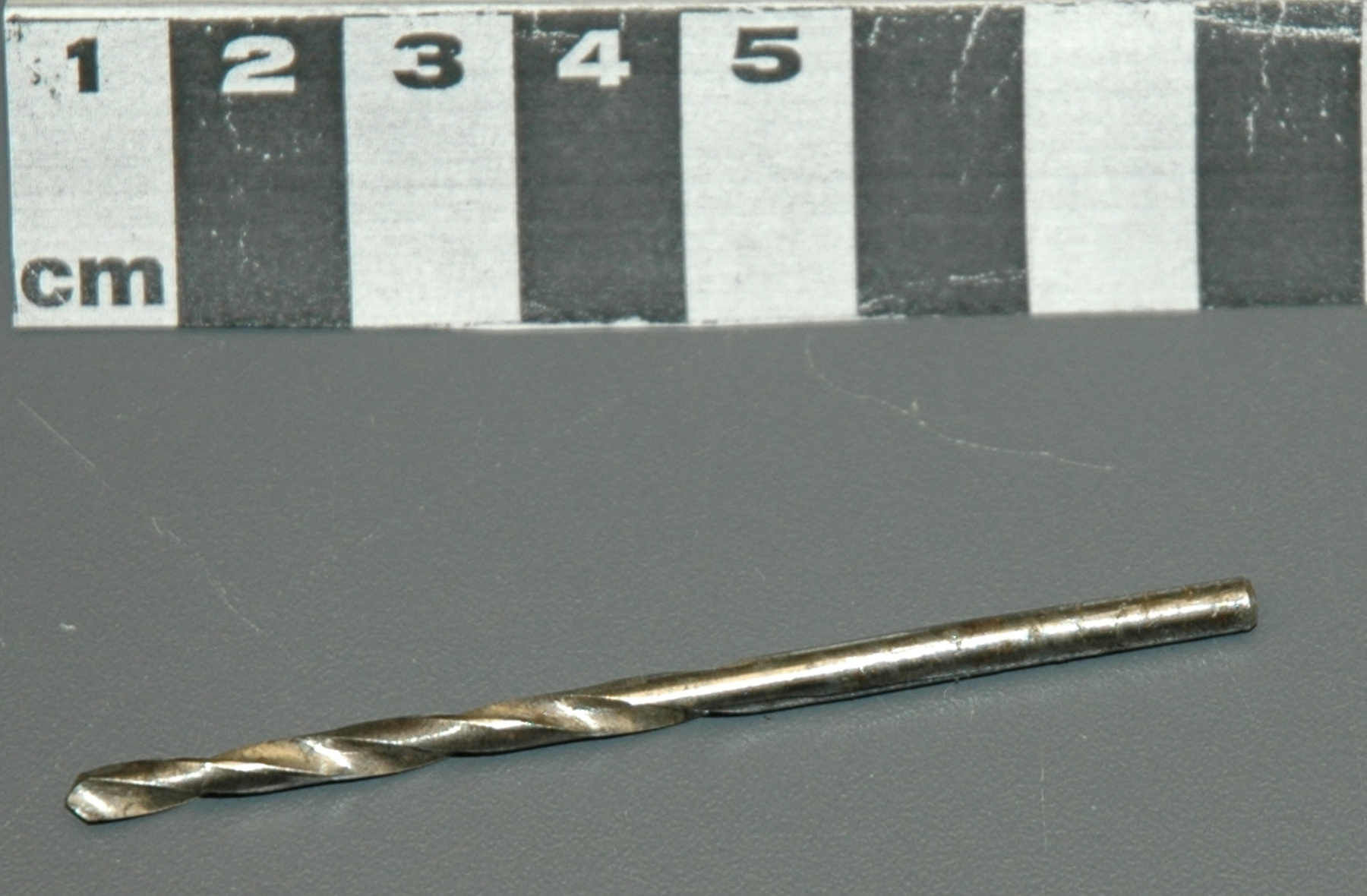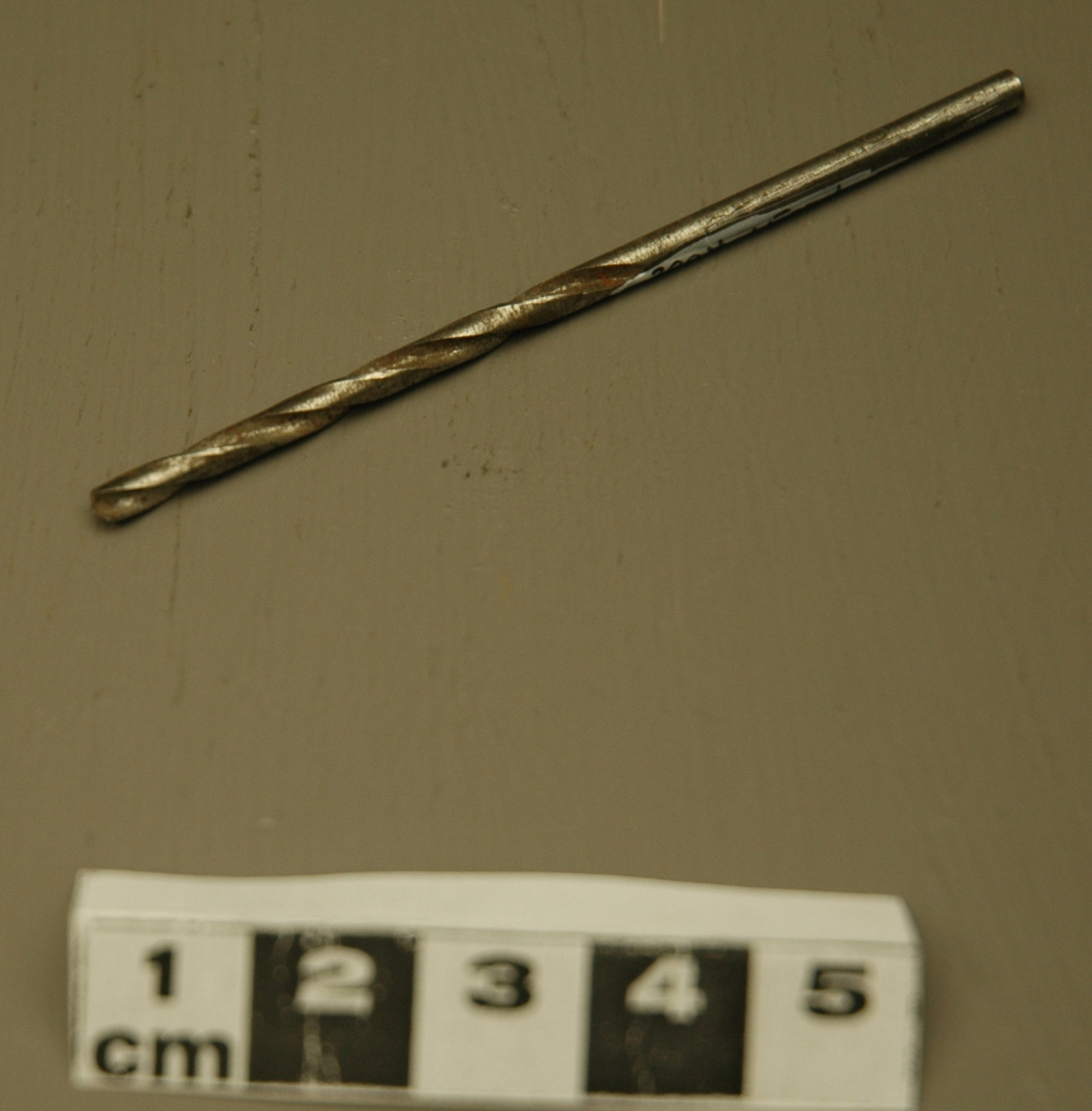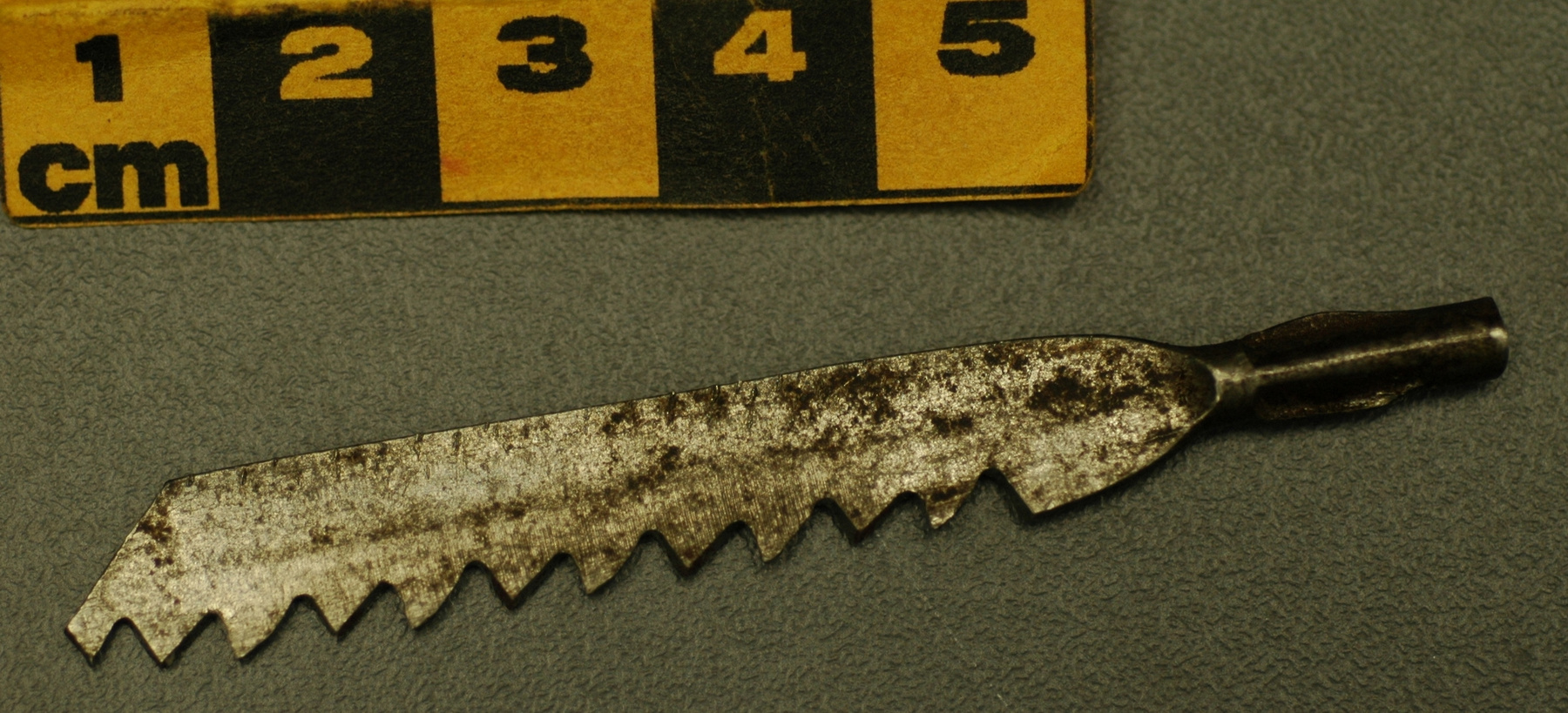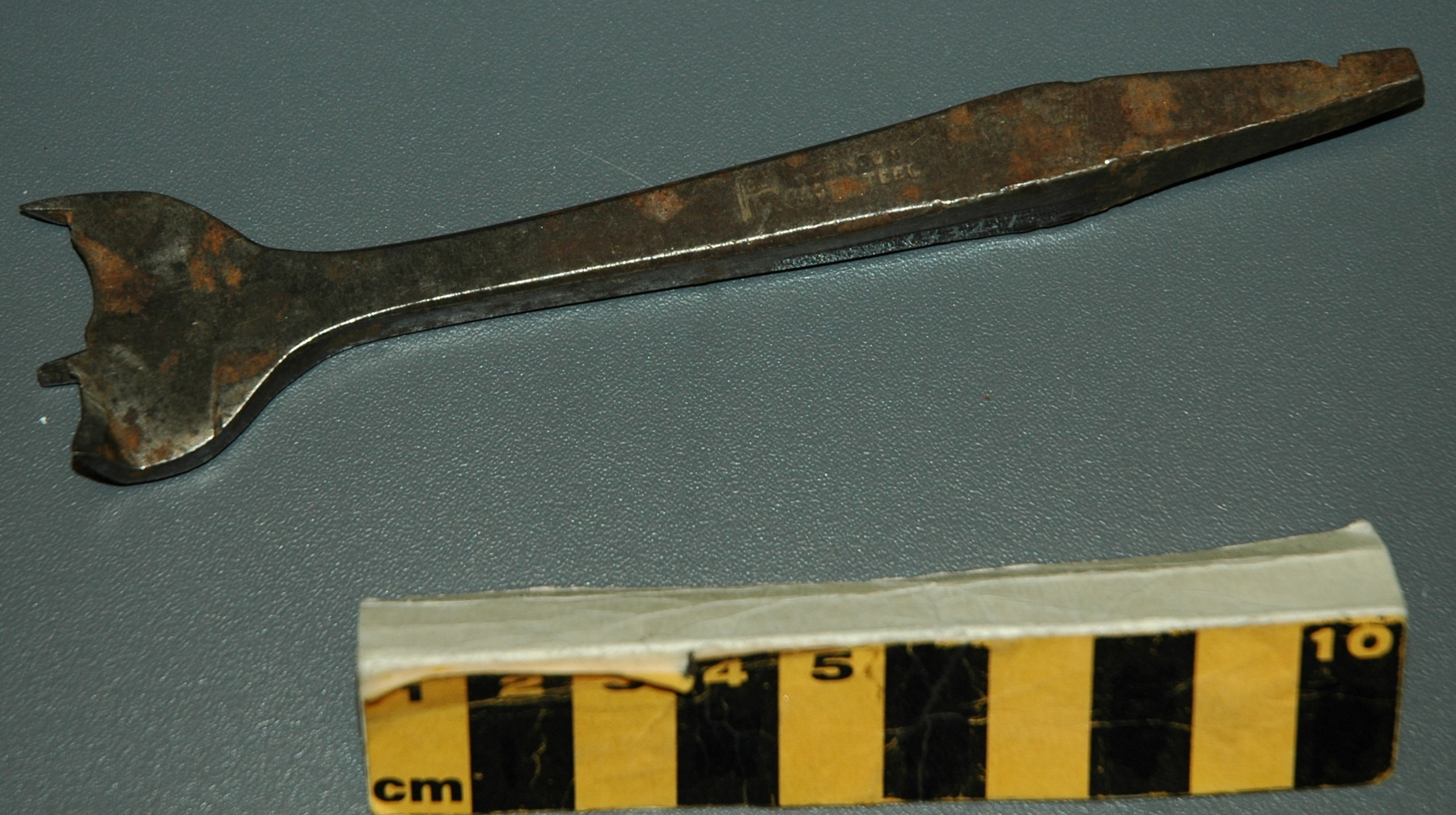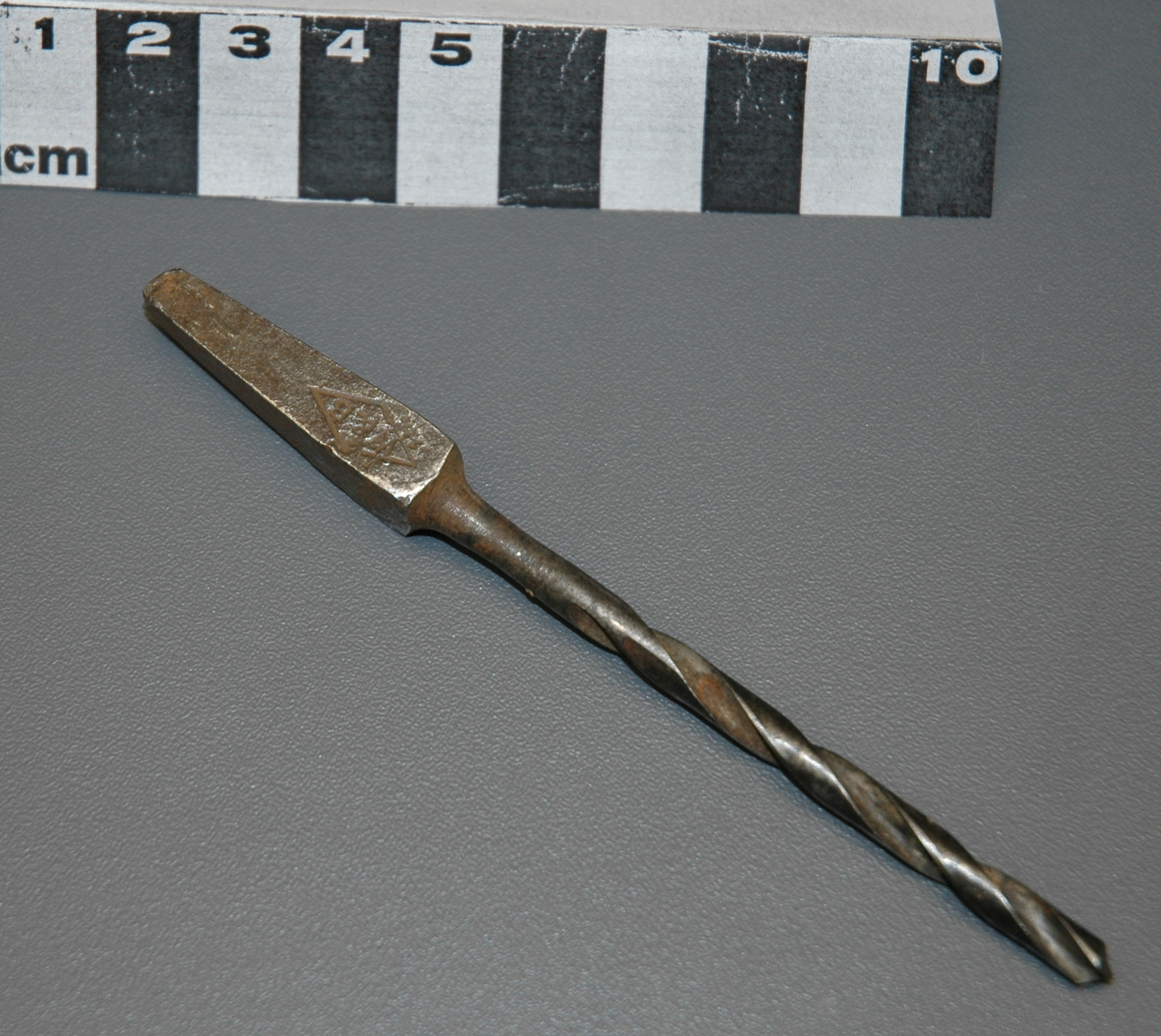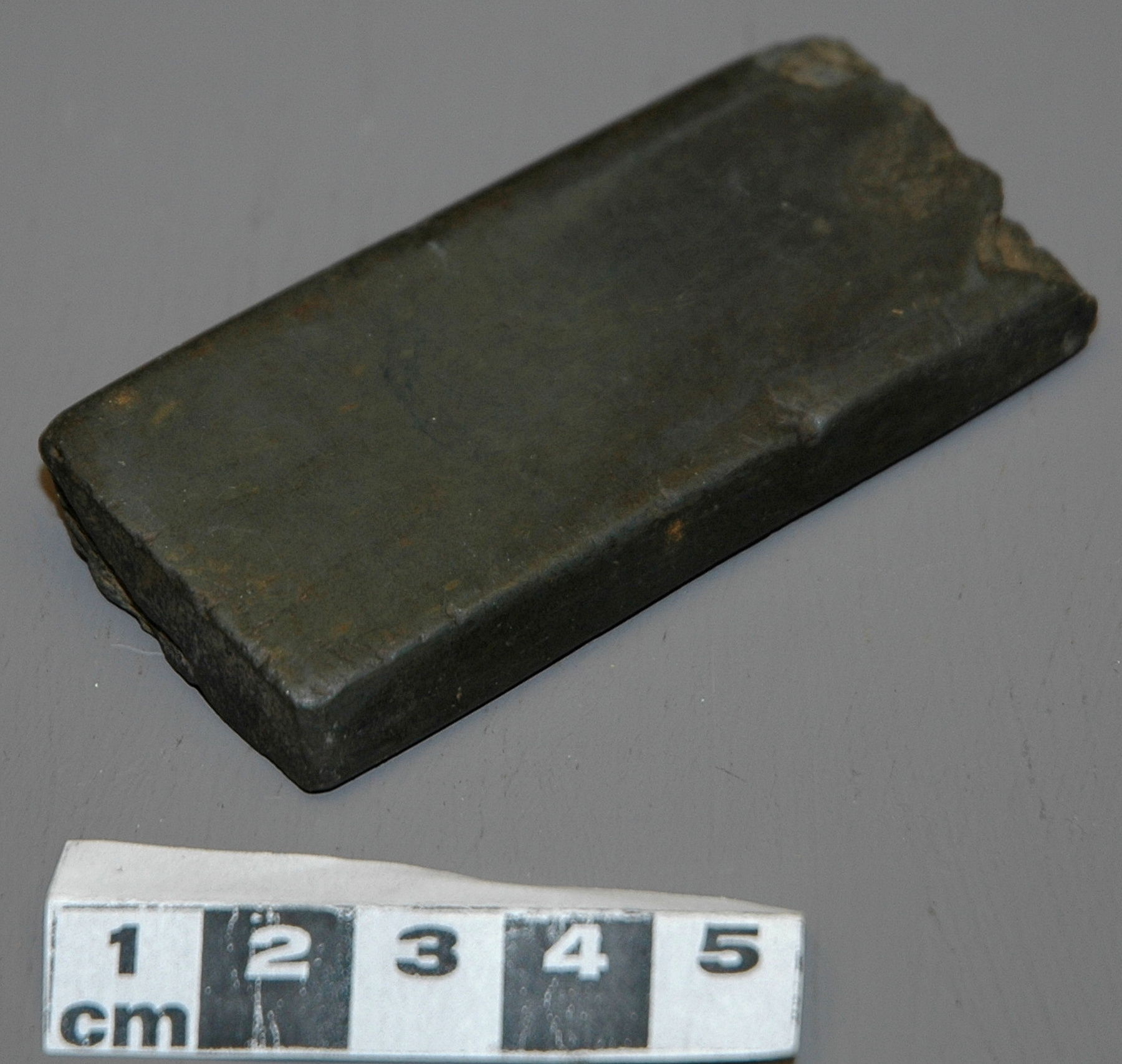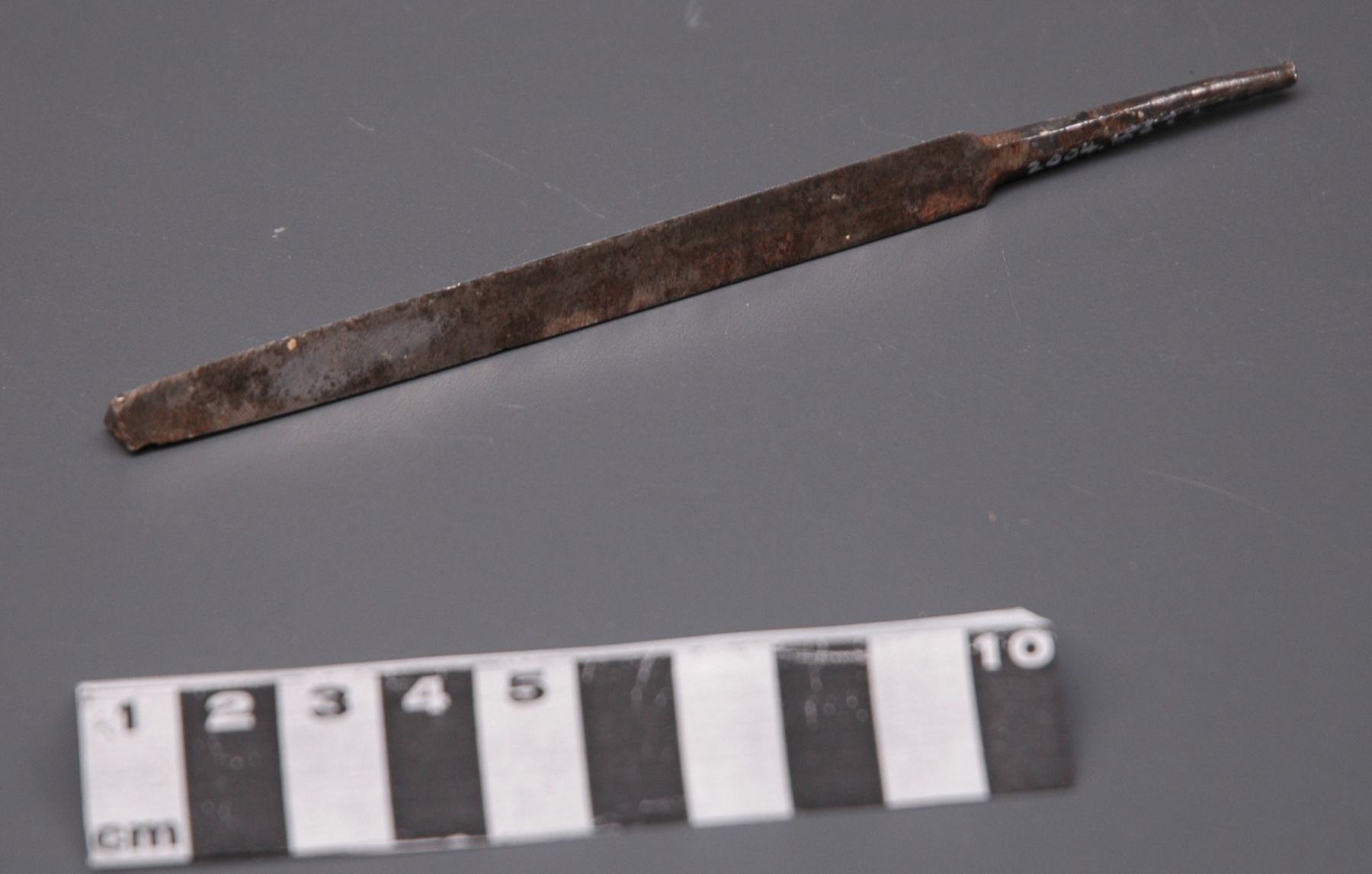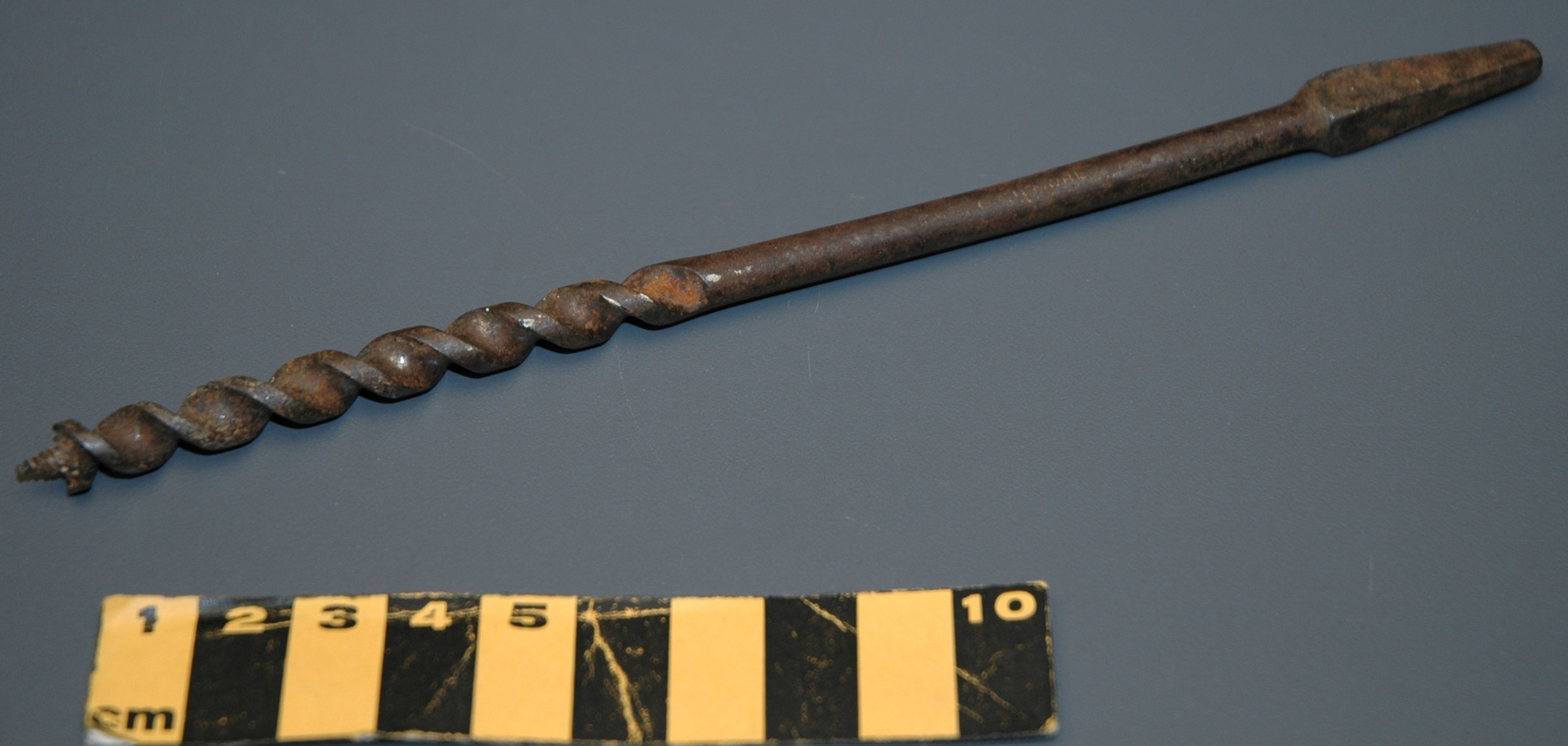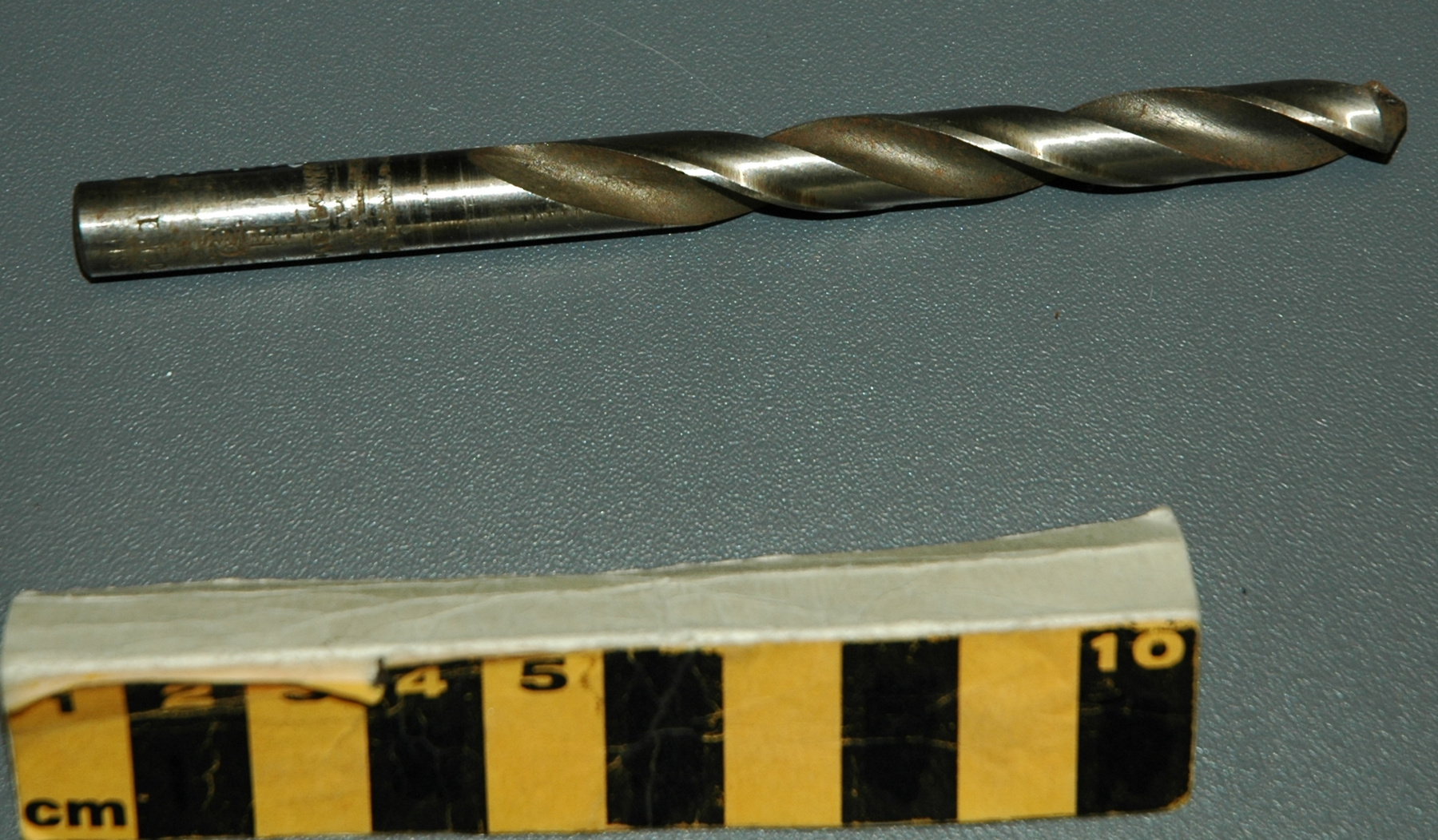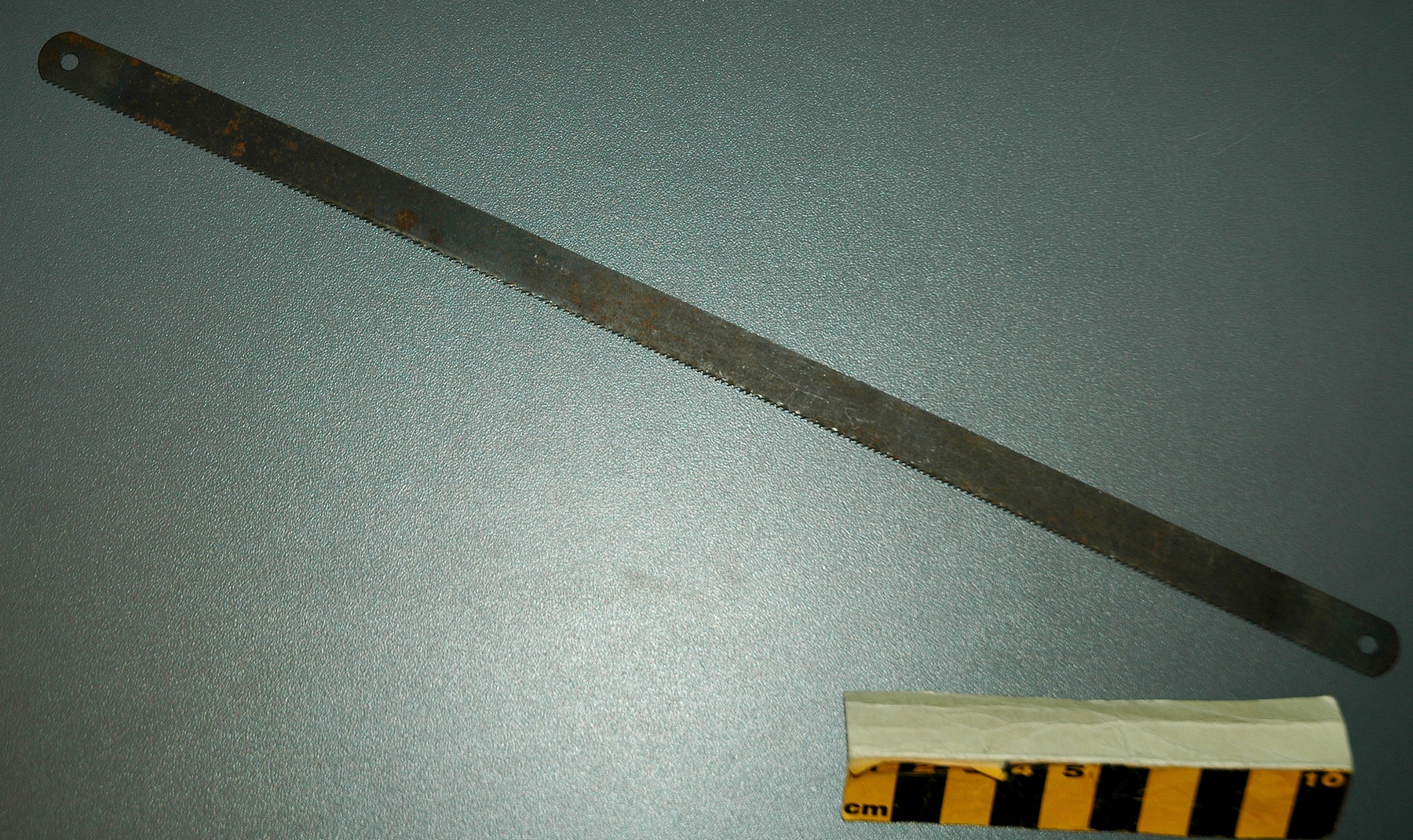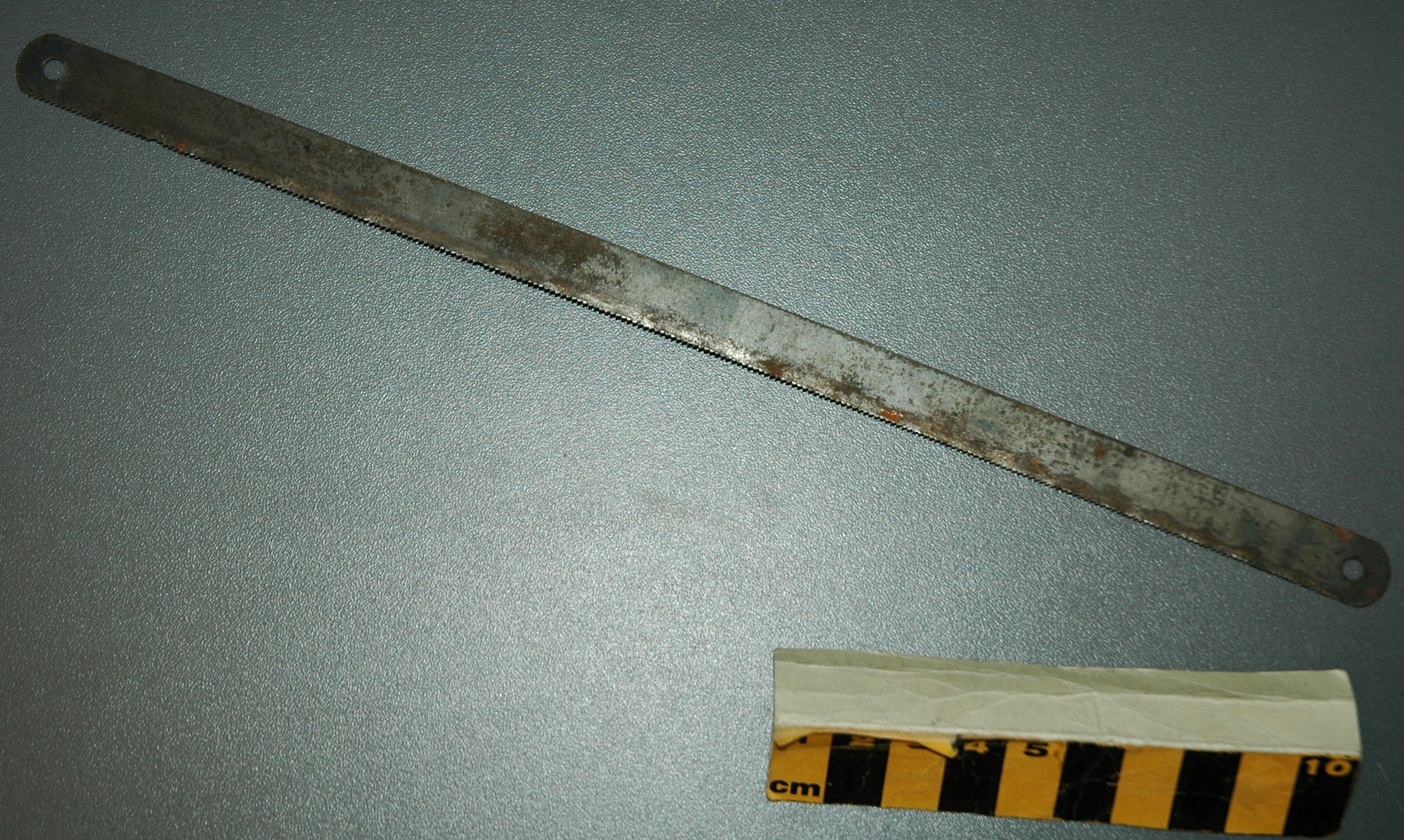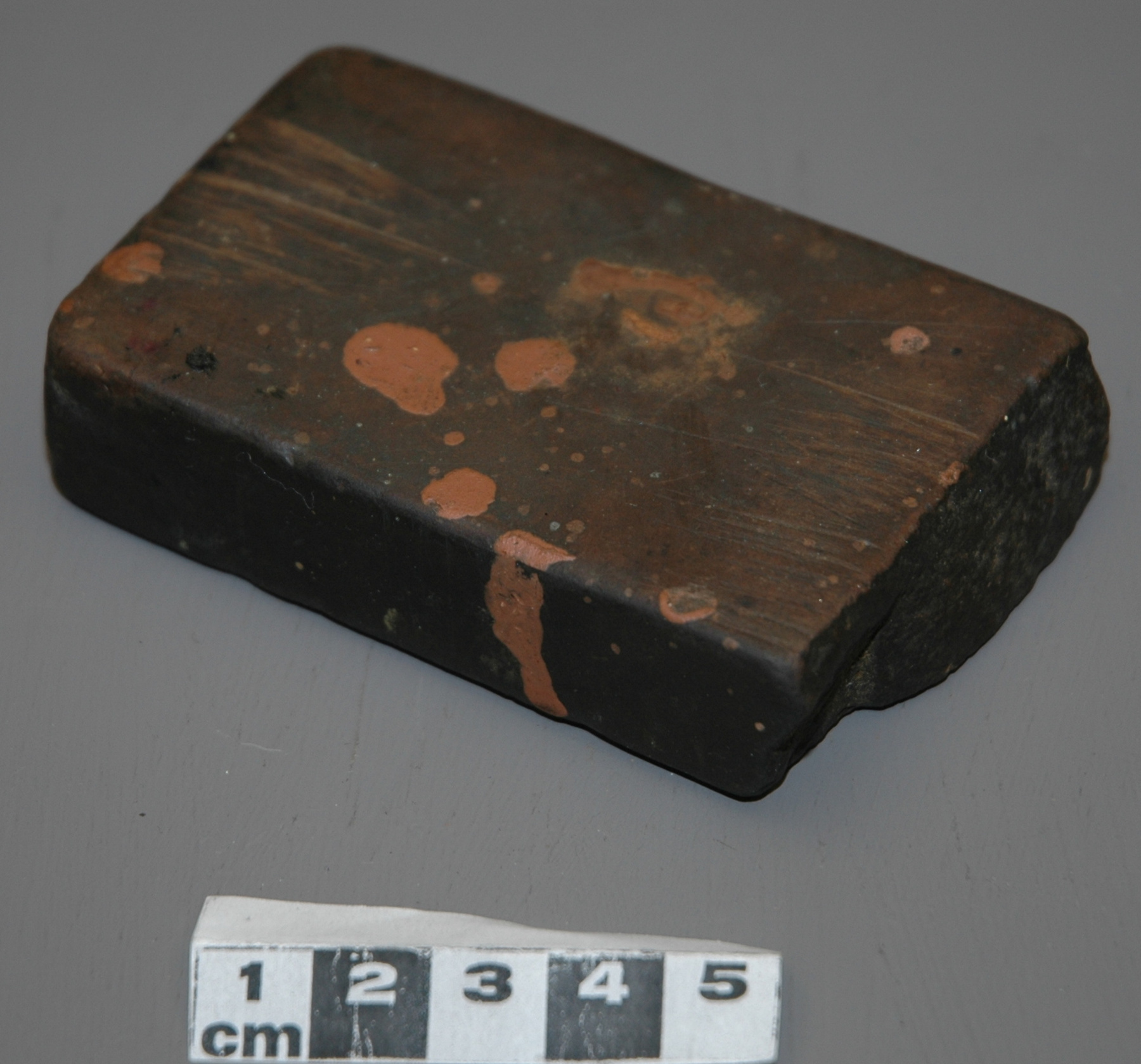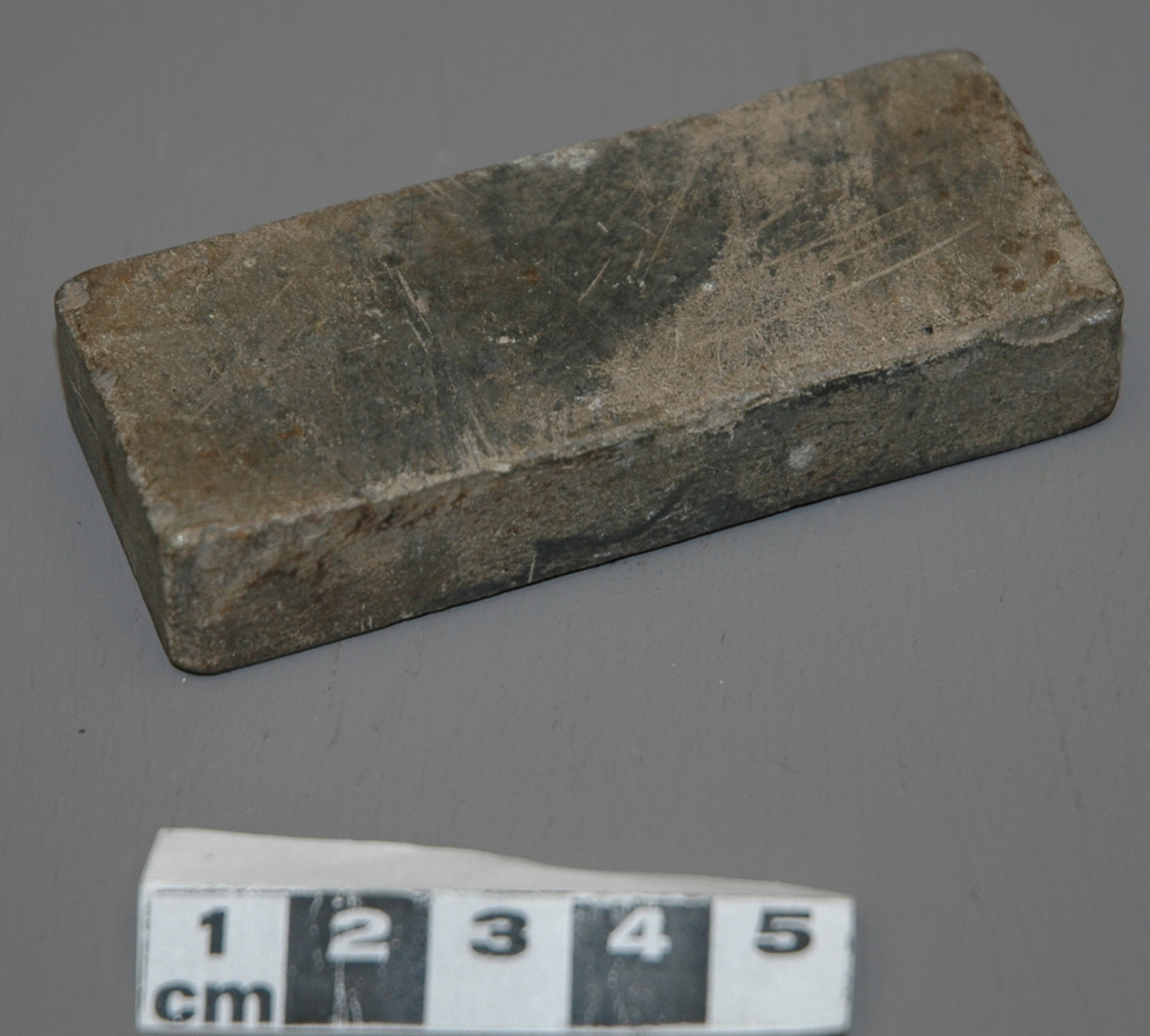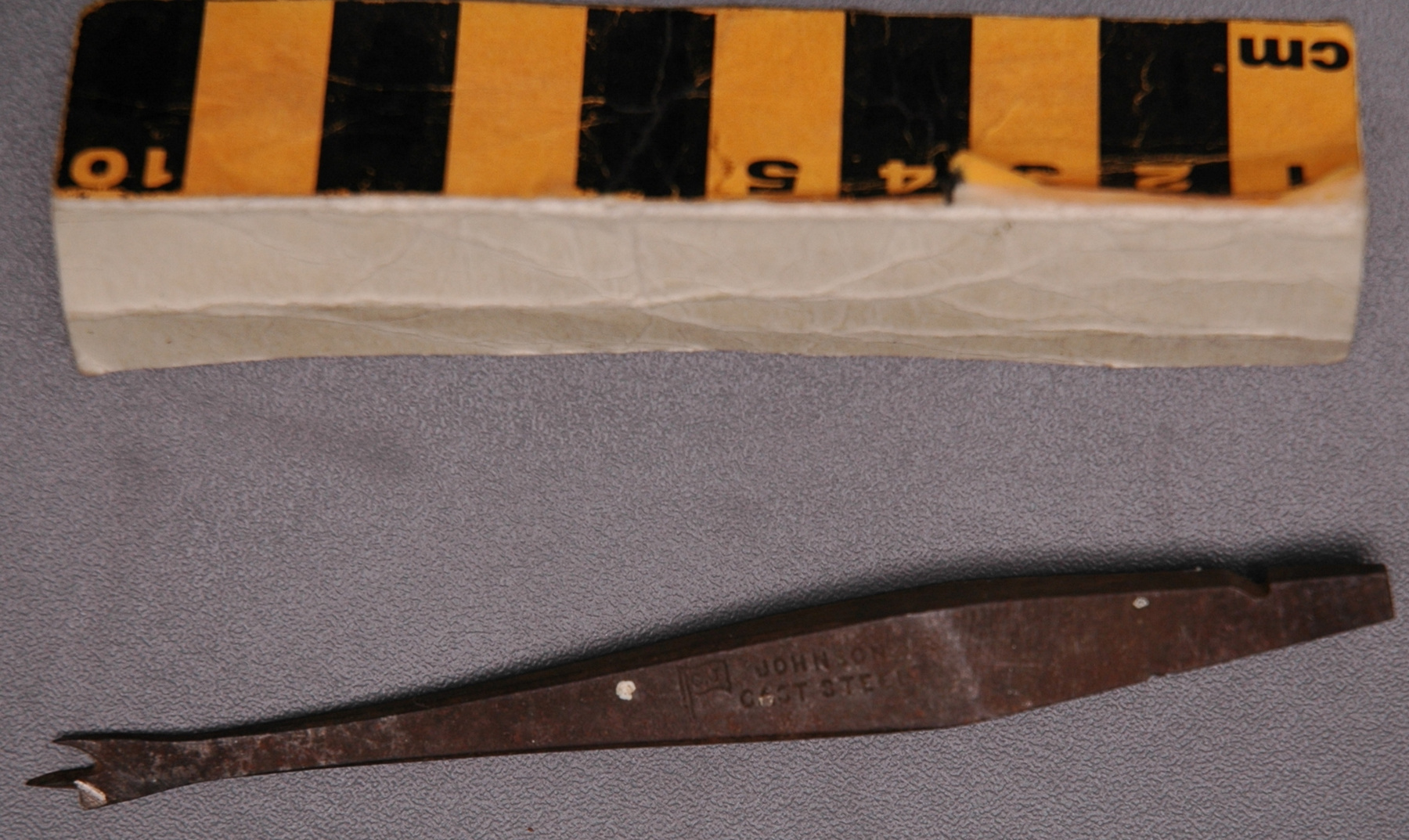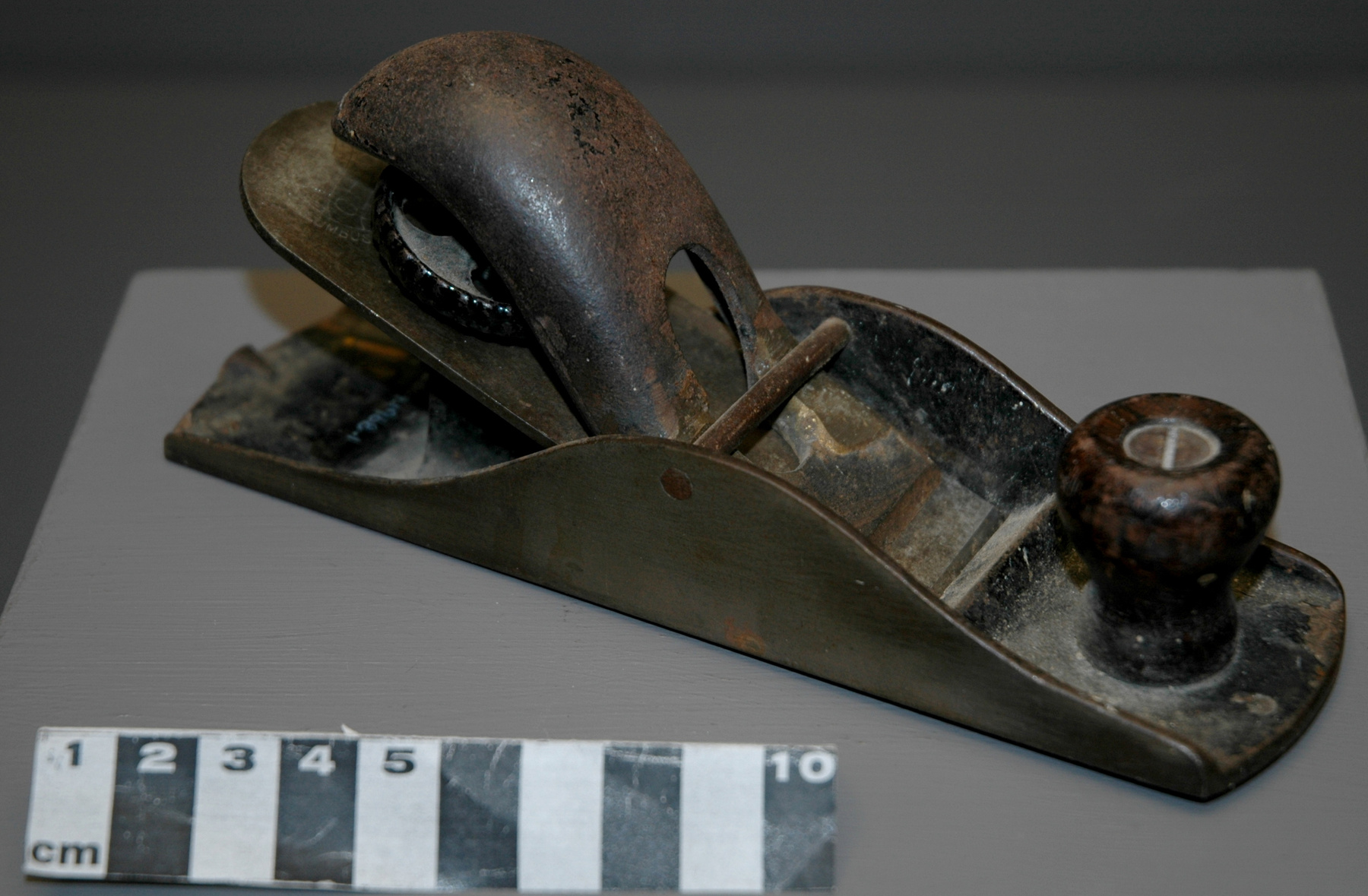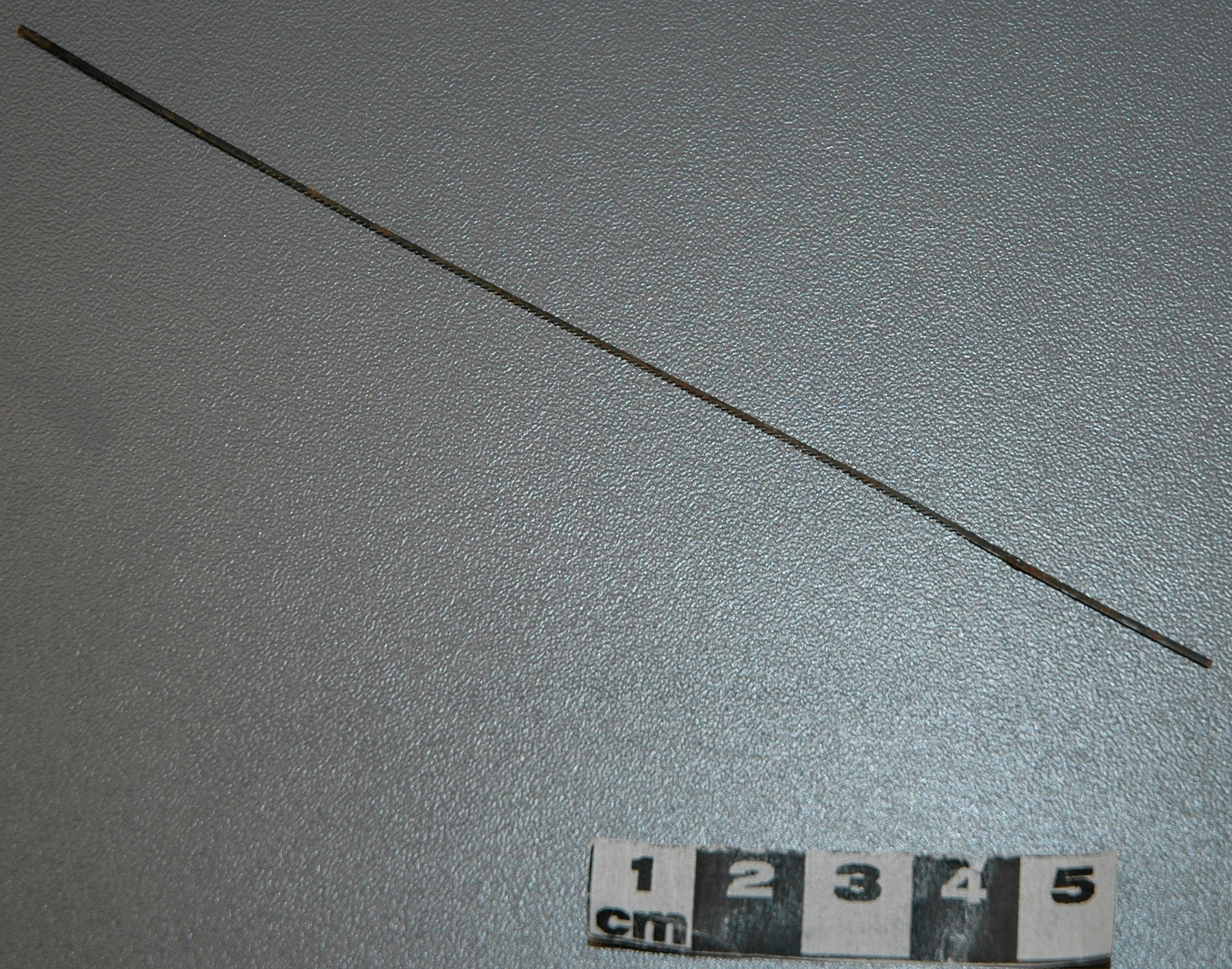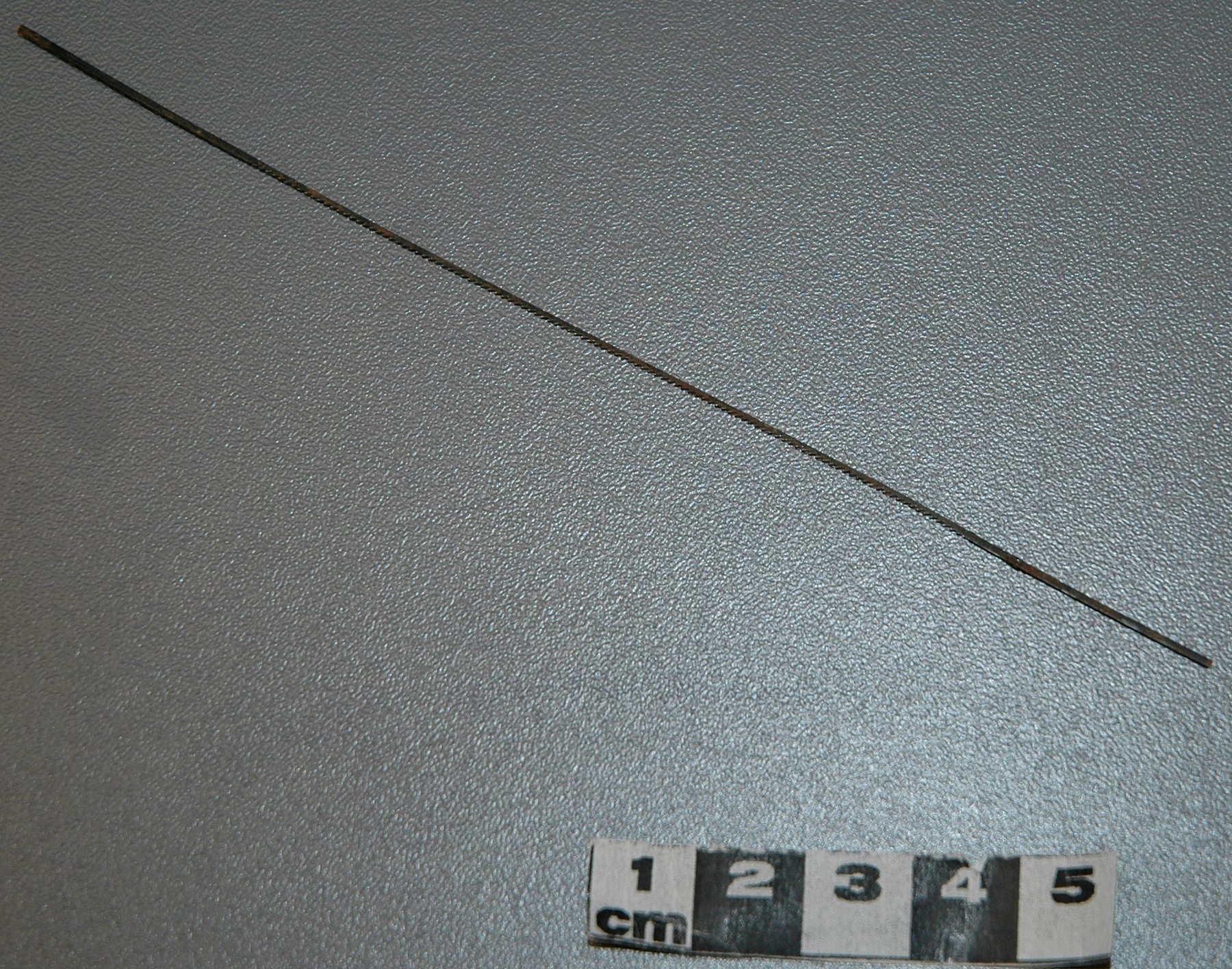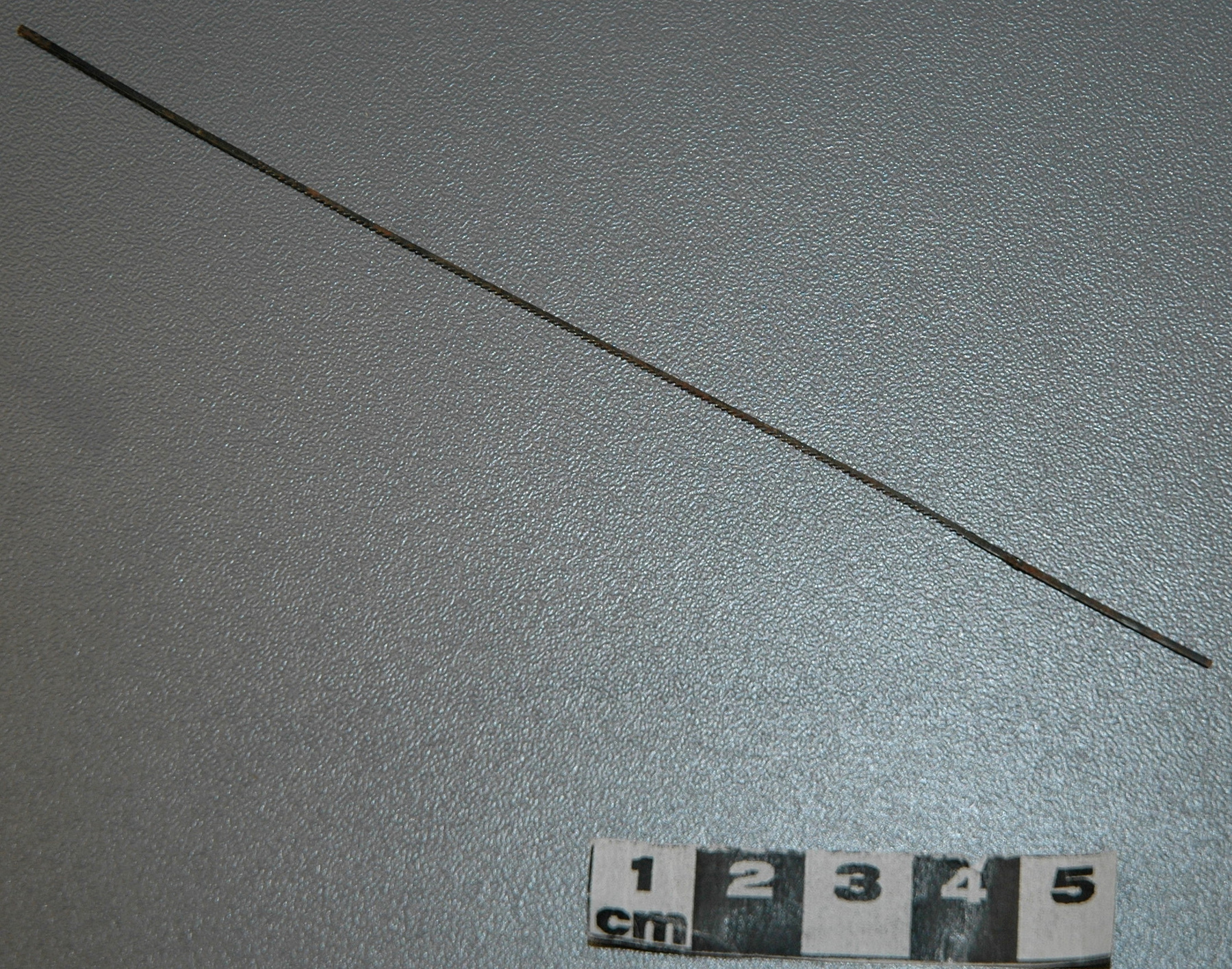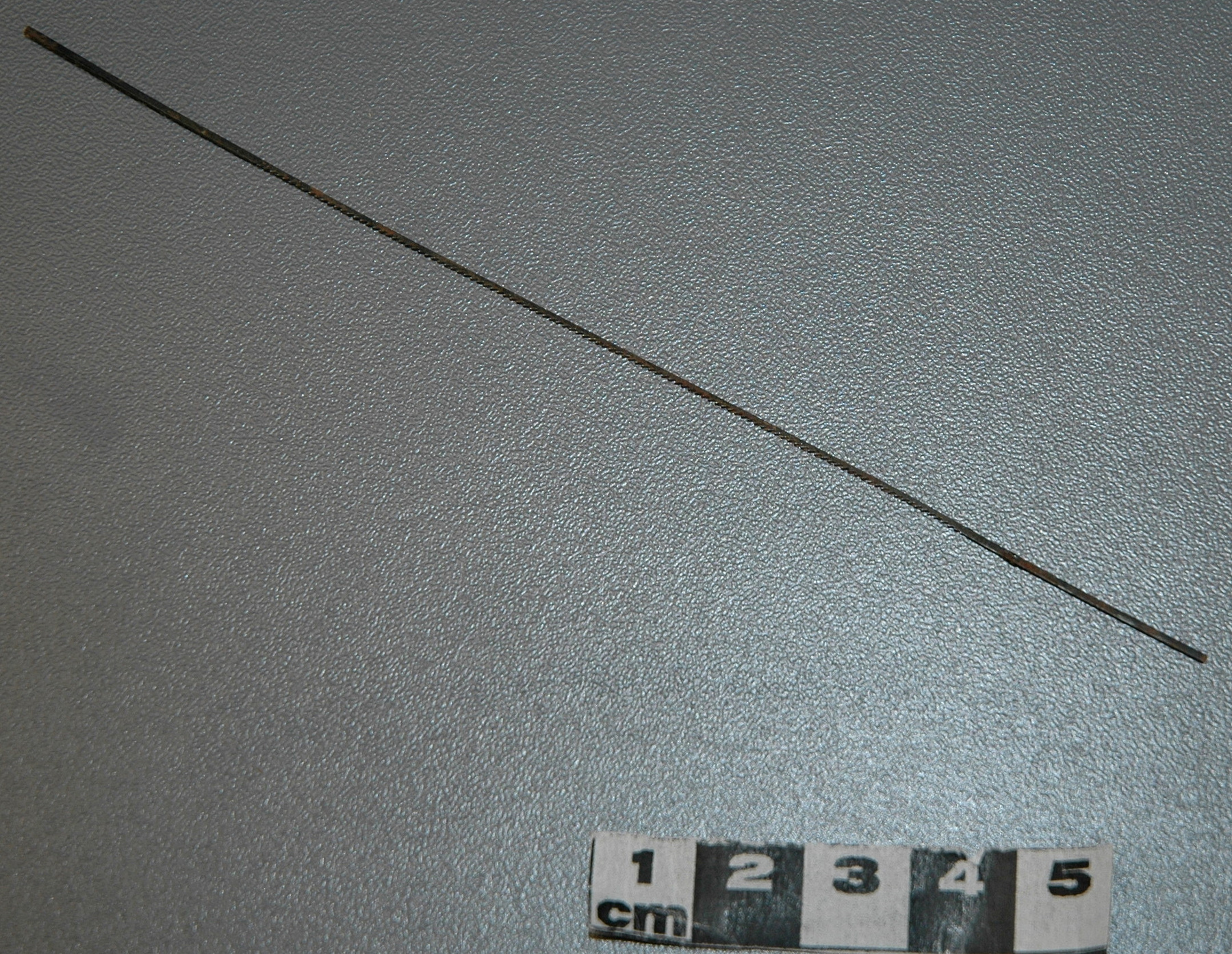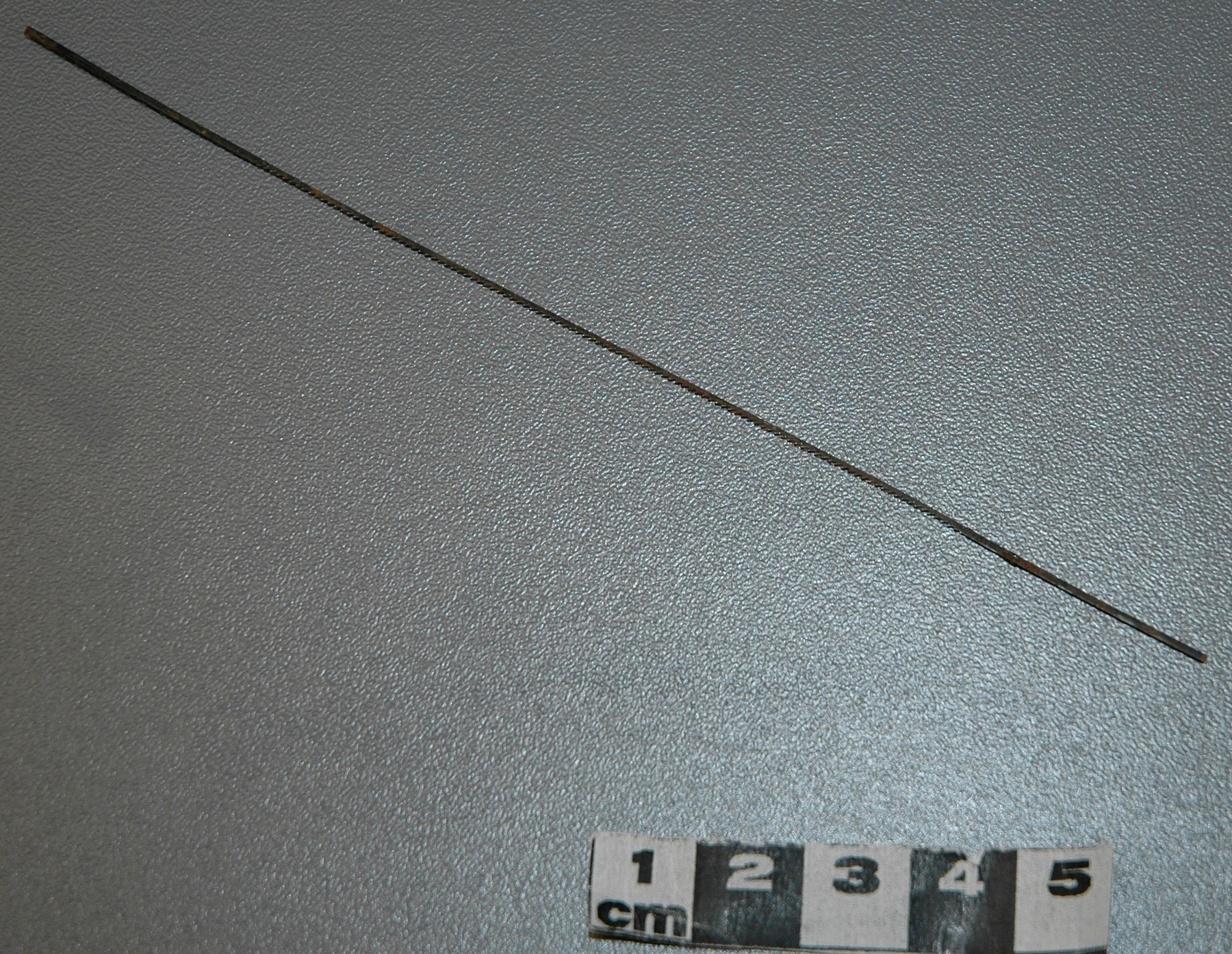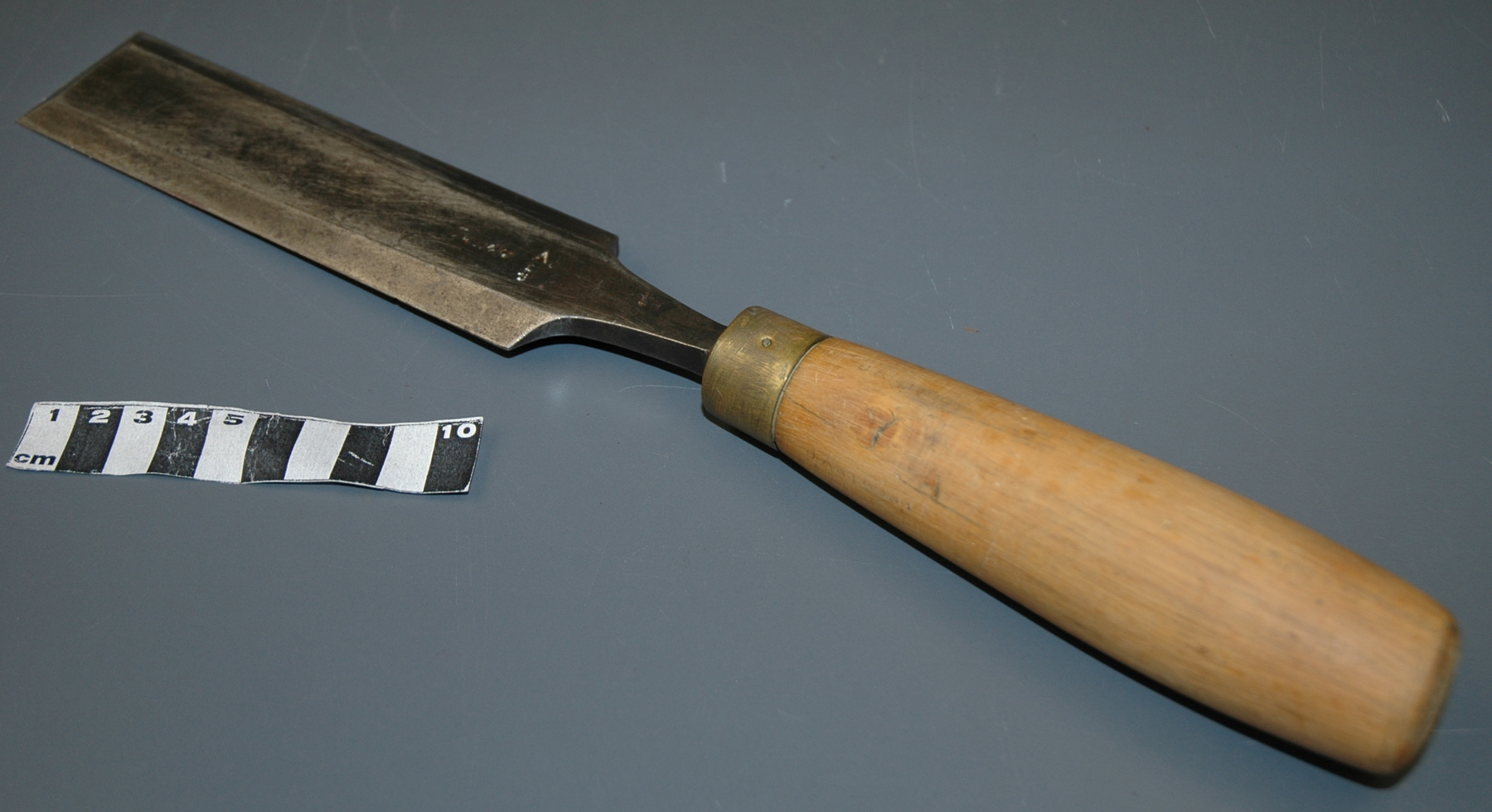Chisel
Use this image
Can I reuse this image without permission? Yes
Object images on the Ingenium Collection’s portal have the following Creative Commons license:
Copyright Ingenium / CC BY-NC-ND (Attribution-NonCommercial 4.0 International (CC BY-NC 4.0)
ATTRIBUTE THIS IMAGE
Ingenium,
2004.1995.001
Permalink:
Ingenium is releasing this image under the Creative Commons licensing framework, and encourages downloading and reuse for non-commercial purposes. Please acknowledge Ingenium and cite the artifact number.
DOWNLOAD IMAGEPURCHASE THIS IMAGE
This image is free for non-commercial use.
For commercial use, please consult our Reproduction Fees and contact us to purchase the image.
- OBJECT TYPE
- BEVELLED EDGE
- DATE
- 1845–1913
- ARTIFACT NUMBER
- 2004.1995.001
- MANUFACTURER
- Howarth, James
- MODEL
- Unknown
- LOCATION
- Sheffield, England
More Information
General Information
- Serial #
- N/A
- Part Number
- 1
- Total Parts
- 1
- AKA
- N/A
- Patents
- N/A
- General Description
- cast steel and hardwood components.
Dimensions
Note: These reflect the general size for storage and are not necessarily representative of the object's true dimensions.
- Length
- 36.4 cm
- Width
- 4.3 cm
- Height
- 4.0 cm
- Thickness
- N/A
- Weight
- N/A
- Diameter
- N/A
- Volume
- N/A
Lexicon
- Group
- Industrial Technology
- Category
- Tools-Hand
- Sub-Category
- N/A
Manufacturer
- AKA
- Howarth
- Country
- England
- State/Province
- Unknown
- City
- Sheffield
Context
- Country
- Canada
- State/Province
- Ontario
- Period
- Presumably used c. late 1890s- late 1940; possibly also used earlier/ later.
- Canada
-
Part of a collection of hand tools belonging to James Anthony (1883-1966), an English born and trained carpenter who came to Canada c. 1910 and worked in and around Ottawa, ON. Following the 1916 fire which destroyed the Parliament buildings and damaged the Library, Mr. Anthony was hired as a foreman with the restoration crews. Until 1920, he was involved in the rebuilding of the Peace Tower and the installation of new windows at the Library of Parliament. He later worked with various builders in the Ottawa area, retiring in the late1940s. After his death in 1966 the tools were given to his son Jack, who in turn donated them to CSTMC. [Ref. 1] - Function
-
Used for cutting into, and shaping wood. - Technical
-
Initially identified as paring chisel, often used tool of patternmakers, cabinet makers, joiners and other tradesmen. Paring chisels typically have a long, thin blade 1/8 to 2 inches wide, and are from 9 inches in length from blade edge to bolster. They may have plain or bevelled edges, and are often fitted with an octagonal-shaped handle. [Ref. 3] Handle ends appears flattened and worn, as though struck, suggesting this bevel-edge chisel was used as a framing tool. - Area Notes
-
Unknown
Details
- Markings
- "Bevelled/ [logo- "H" under up-facing arrow]/ JAMES HOWARTH/ SHEFFIELD" stamped into one side of blade. "CAST STEEL" stamped into reverse. "J. ANTHONY" stamped into wooden handle.
- Missing
- None evident.
- Finish
- Cast steel blade; light brown wood handle.
- Decoration
- N/A
CITE THIS OBJECT
If you choose to share our information about this collection object, please cite:
Howarth, James, Chisel, circa 1845–1913, Artifact no. 2004.1995, Ingenium – Canada’s Museums of Science and Innovation, http://collections.ingeniumcanada.org/en/id/2004.1995.001/
FEEDBACK
Submit a question or comment about this artifact.
More Like This
